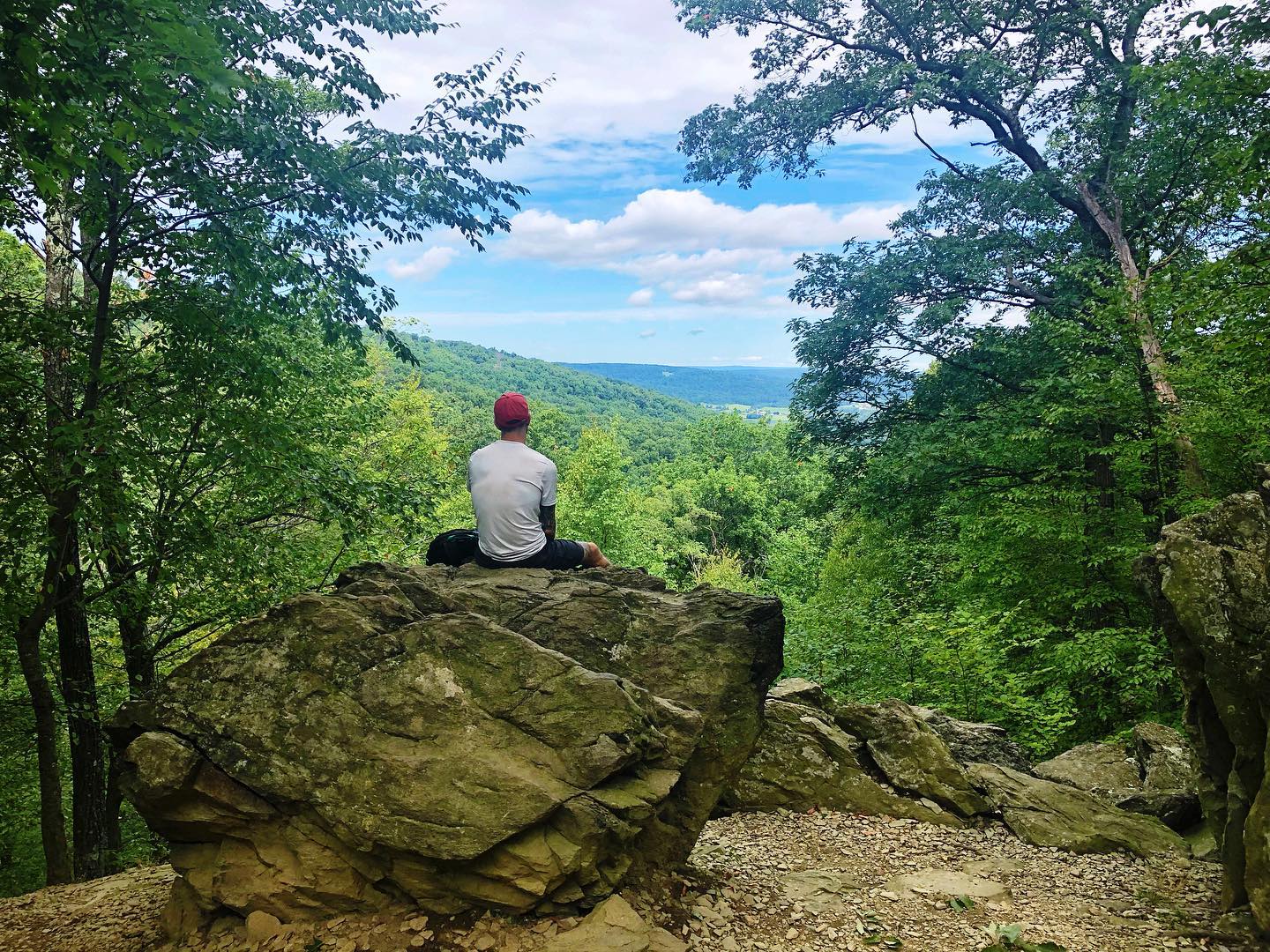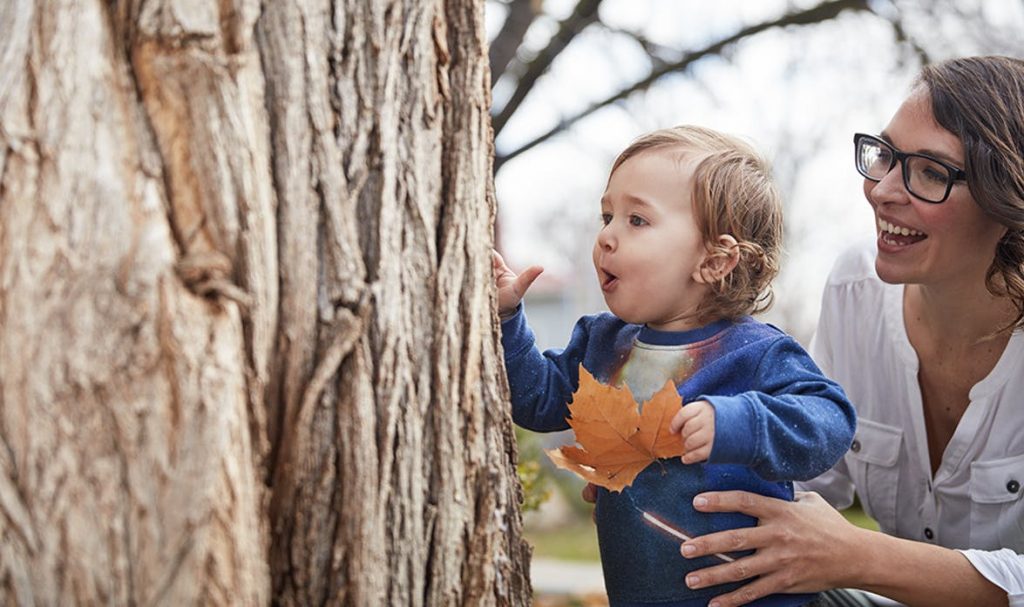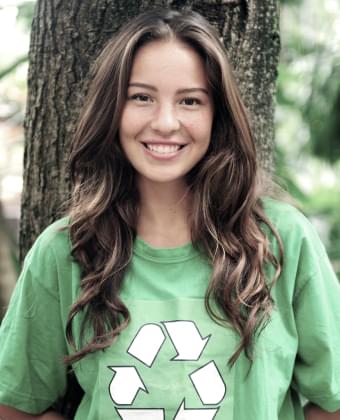

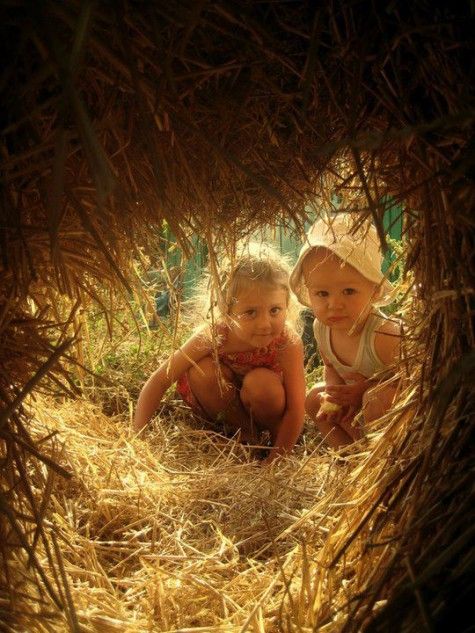
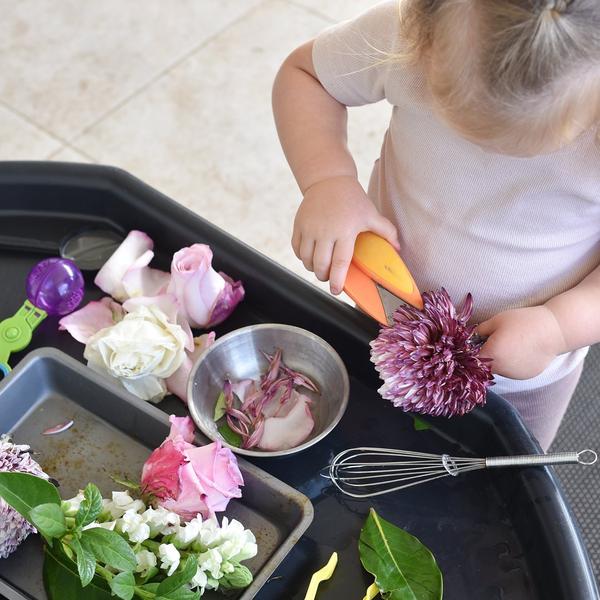
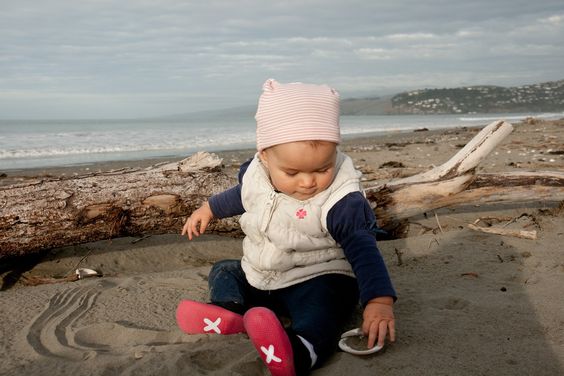
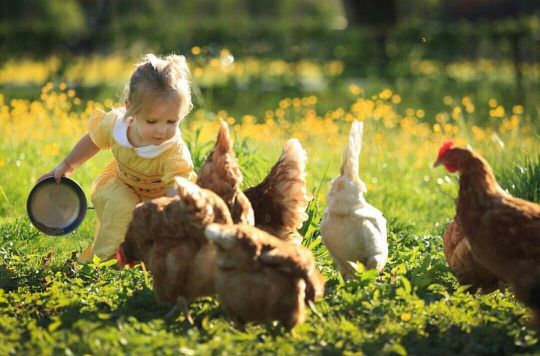

Loose parts play craft kids toddler
Playing with Nature #1
All things Loose Parts play
NATURE PLAY

Our TOP 12 "Playing with Nature" Pages
Building & Displaying A Nature Collection
Discovering Forest Collectables
Incredibly Easy Nature Program
Hope And I loved to spend some of our summers with my family in the Finger Lakes when she was little. She loved everything about gardening with my stepdad and preparing the veggies for canning with my mom. Walking on the paths through the woods that animals made or following the little creek into the woods was an quite an adventure for her. She had her own ideas on how to make the place more beautiful. And she often left with pipe cleaners full of Cherios to feed the animals. Pops said she made his walks really fun and she never missed anything new in the woods.
Once they were home, they would take her nature collection from her pockets and put it into a small mason or jelly jar or old baby bottle, fill it with water and sometimes some glitter or food coloring in the water then put a lid on it. Then she could shake it and look at it all day. She noticed different things every time she shook it. My pops said that it was the way he learned about wild things.
My mom and Hope loved to bake or make jello and popsicles with the fruit from the yard and woods. Even making jam after Hope and Pops came in from picking berries was just a blast to make with her. So my mom basically was getting to do all the things that my mom did as a child and she loved it too.
Our Top 10 "Playing with Nature" Pages
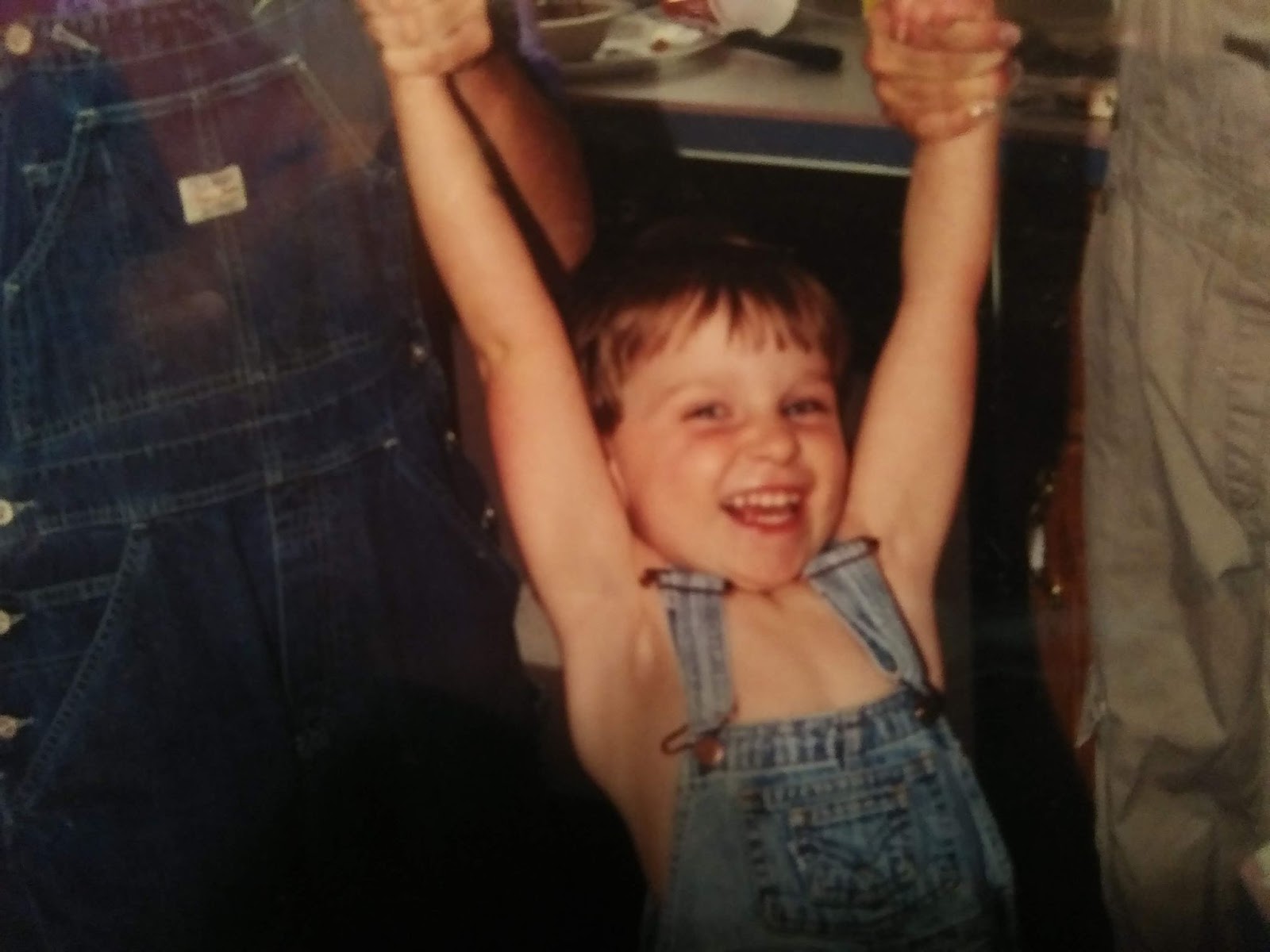
Hope's attire was usually bib overalls (just like our Pops) and mudders unless she was hot. They both loved having her here. They loved the whole learning from multiple senses and came up with ingenious ways to help with her Sensory Integration Disorder.
My grandmother was a baker for hire. So she baked for restaraunts at home. When Hope was almost 2, (1999) we went camping for the weekend in the 1,000 Islands. Hope was a figgety toddler and her mind raced but she was content if she had something in her hands.
I forgot to pack her playdough (ugh). So my grandmother made her pie crust and we went for a walk to pick up some of nature's tid bits to play with.

It was freaking adorable to watch them play together. My grandmother showed off her game, as they handcrafted the 1001th island. She basically showed us just how the Bathrick children played. So Hope was the third generation that she taught to do this. I couldn't figure out how I didn't remember this when I was training the YMCA staff around the country. I taught nature crafting but not with playdough. I wished that I had thought about this idea before.
So for three days, Hope learned that a stick was not always just a stick and that stones and any type of nature was fun to use in playdough too. We had so much fun finding things to use in her playdough.
Loose Parts Options Handout
Loose Parts Planning Worksheet
Loose Parts Reflection
PARENT OR NATURE BUDDY
TIPS AND INFORMATION
GREAT WAYS TO GET KIDS OUTSIDE
Find 100 ideas for things to do outside with kids here.
If you’d prefer things to spot on a walk rather than collect you’ll love my post of things to find on a walk with ideas for scavenger hunts, geocaching, orienteering, bug hunting and more.
Find my free winter scavenger hunt printable here.
Nature play: A prescription for healthier children
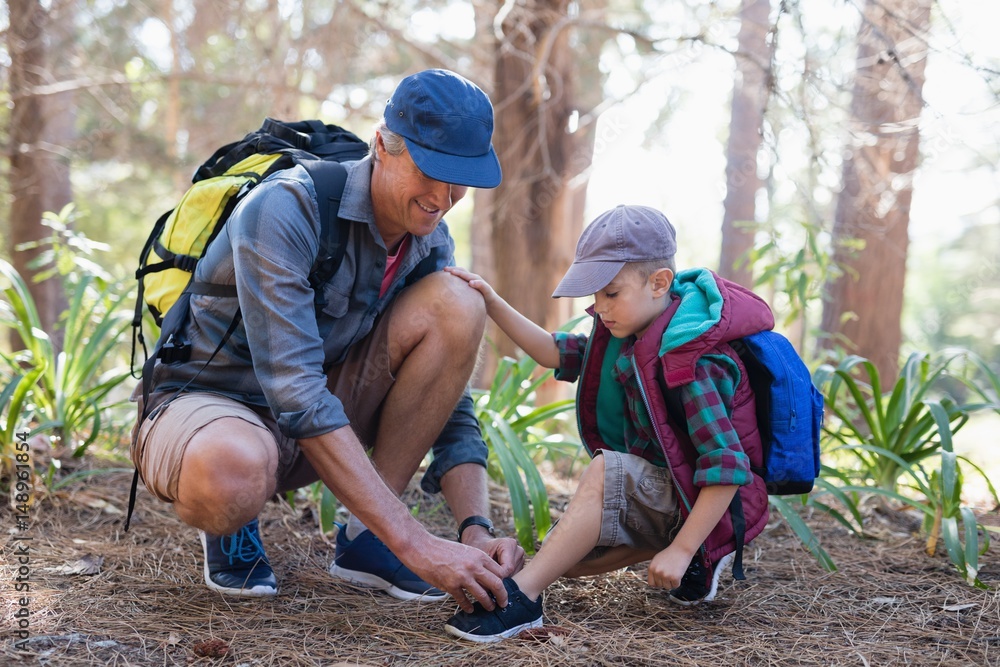
"It’s no fantasy that children who play freely in the great outdoors are healthier in body and mind. New studies also suggest that active engagement with the natural environment reduces stress and relieves depression in all ages."
THE BENEFITS OF NATURE PLAY
There are so many great reasons why kids should take part in nature crafts and play.
For starters, nature craft and play can have a hugely positive impact on children’s wellbeing. Fresh air, exercise, outdoor play and immersion in nature can all boost feelings of happiness and lower levels of stress and anxiety, and study after study has shown this to be true in both children and adults.
Nature craft and play is also really accessible, which makes it a great low-cost way to spend time together as a family. This amazing resource is right on our doorsteps, and you don’t need lots of time or money to enjoy it. Nature play can be as simple as heading to your local park or nature reserve, or stepping out of the back door and using the garden as a natural playground.

Superscript
What Is Nature Play?
It is hard not to notice how much children and teens love to play outdoors. However, play has changed drastically since our generation. Unlike our childhood, when childhood was full of outdoor play, Moms and dads would tell their children to go outside when we were unsettled or rambunctious.
“Outdoors” meant free play and those that were lucky enough to have woods in their backyard escaped into the forest as much as they could. And neighborhood parks were often full of children at play: especially on weekends for family picnics.
The Finger Lakes area offers many forests and parks that are just full of ways to explore them. We used to get up early so we could get a spot under a pavilion, if we were planning to explore on land. But being on the water or in the water was the greatest joy for my family of all ages. Children just had more opportunities for fresh air and unstructured play.
In fact, being outdoors was what we preferred as children. Our parents taking the time to picnic and play games with us was the ultimate pleasure. Even if it was only in our backyard, where our pets often stole our attention and were included in our play.
What do you remember about your childhood nature play? Millions of Americans fondly recall playing outdoors in natural settings, doing things like:

Building tree houses;
Catching frogs and fireflies;
Splashing in creeks;
Daydreaming in a special hiding place; or
Digging holes “to China.”
“Mucking” around outdoors
These activities are all Nature Play: childrren of all ages play in “wild” areas of our planet, whether it’s the vacant lot next door, the local neighborhood park, or the “back forty” of your farm.
It is definitely not the old-fashioned concepts of nature education either.
It is a playful engaging experience in the natural world around them and it can be shared with both family and friends. At its very best, nature play isn’t always scheduled, planned, or led by adults. It is an experience or exploration to be shared and appreciated by all its participants.
Here’s the good news:
Parents don’t have to be organizing and planning the experience at all. You also don’t have to have all the answers to their questions. The purpose is to create wonder and arouse curiosity in the natural world, and to ultimately show them how to care for the area and the wildlife that live there. Be supportive of their interests, and express interest in looking it up together when you get home. It can be open-ended or exploratory free time and recreation that is led by their natural spontaneous desire to find or create fun. For many of us, this sort of nature play virtually defined our childhoods. We enjoy watching and taking pictures as they breathe in the revitalizing fresh air and soak in nature with all of their senses.
In the midst of busy school schedules, sports, and other extracurricular activities, it is often hard to fit in a trek to a park or natural area. Not to mention the lure of technology and other factors that all too often trump outdoor play as a part of children’s everyday routine. The new trend towards indoor childhoods is contributing to dramatically increased childhood obesity rates, vitamin D deficiency, and a generation of tuned-out, stressed-out kids. The problem is not going unnoticed by the American public.
How to get more outdoor play
in your child’s life.
Go for a bike ride or walk on the trails through local parks with your kids and make it a regular activity.
Organize play dates at the local park instead of in your home and let them unleash their energy there.
Make up or print a scavenger hunt for your next park visit and get your children to find as many on the list.
Take old kitchen pots and tools to the beach (or even in your own garden if you have one) to make mud pies. (I always opt to take pictures.)
Take morning tea or lunch outside, in your garden or at the local park, and have a picnic.
Play hide and seek or follow the leader in your backyard or at the park, this will not only get them outdoors, but will increase their confidence in exploring new environments with a little independence.
Challenge them to try to climb a tree or balance on a fallen tree log. Nature is the best playground.
After it rains, get the plastic boots out and go puddle jumping.
Consider dusting off the camping gear and go camping.
Get them to help with some fun outdoor projects like watering the garden, washing the outside of the family car (or younger ones can wash their outside toys in some bubbly warm water), filling the animal feeders or replacing the water in the bird bath. The possibilities are endless but link it to their personal interest so they will enjoy it.
Creating natural play opportunities can be part of the solution to increasing the amount of time kids spend in the great outdoors for the health of their minds, bodies, and spirits.
There is a growing body of research data about the multiple positive impacts of nature play on children’s social, emotional, intellectual, and physical well-being. Richard Louv has done a great job of reviewing these benefits in his best-selling book, Last Child in the Woods: Saving Our Children from Nature Deficit Disorder.
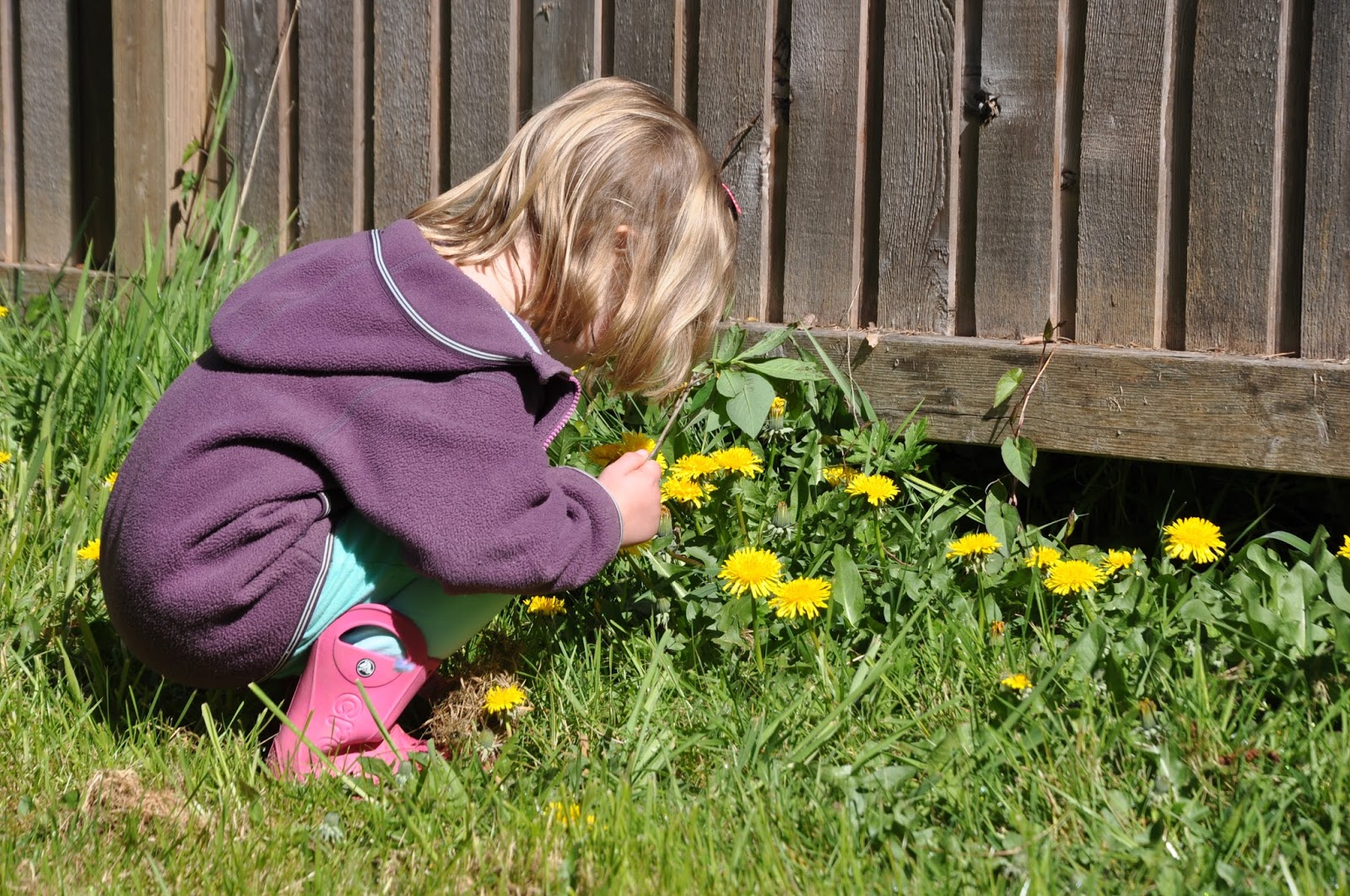
Multiple studies in several countries, over more than 25 years, have found that frequent, unstructured childhood play in natural spaces is the most common influence on the development of life-long conservation values and conservation behaviors.
Thus, for the task of building and connecting thoughts of joyful interaction in nature or conservation have to be rebirthed in us and introduced to the children and teenagers today. Because frequent nature play is more powerful than formal education, participation in youth groups, or even the influence of parents and other mentors. Nature play is strong stuff!
Play in nature has a different impact at each stage of development.
As children grow and develop, they need to confront new challenges at the edge of their known world that will constantly exercise newfound skills. This means a truly “developmentally appropriate” environment can be designed to nurture your child’s interests and immerse your child in the sensory development that is built into nature play and fine motor development on a daily basis. Being outside constantly supports the growth of new skills, awareness, and knowledge at each developmental level. I love being a part of my little ones first experiences that can be spontaneously enjoyed in your backyard or garden and turning a stroll outside into nature experiences that you can build on or extend through photographs, a first experiences binder or journal, or through nature art and play prompts inside our home. Think of it this way:
FOR INFANTS
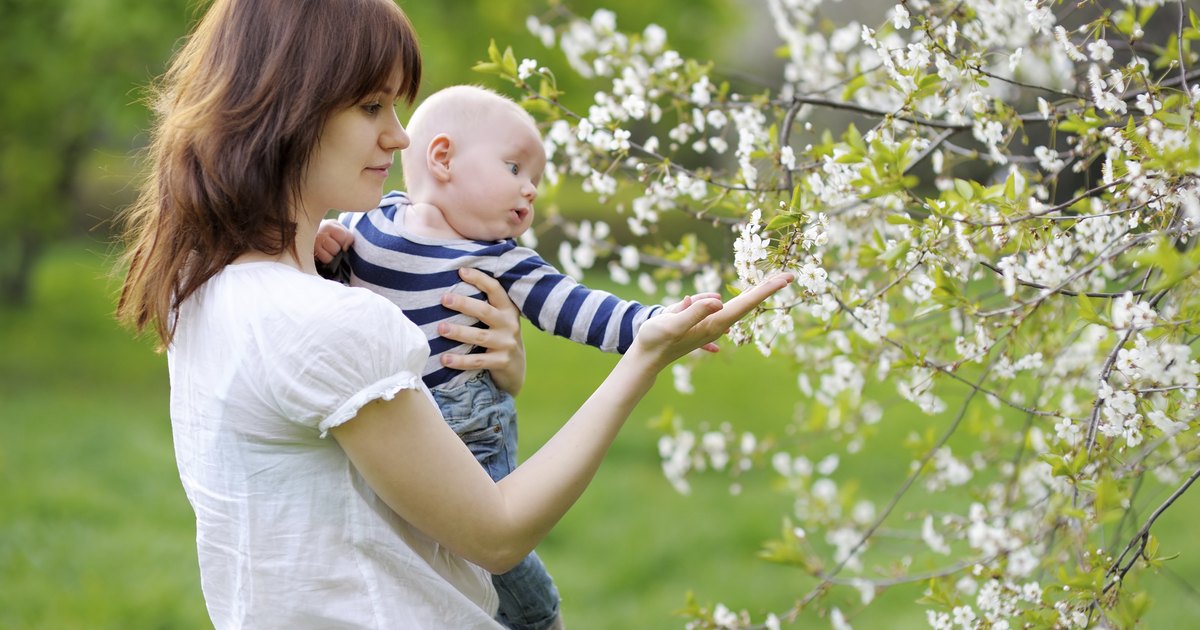
Find a comfortable place for parents and young children to be outside discovering and exploring the wildlife and nature together. Gardens with colors, textures, sounds, and smells to stimulate their senses as well as their natural curiosity. The most popular animals to discover at home or close to trees are wild rabbits, squirrels, deer, birds, garden bugs and butterflies. However, if you have a local pond they will love feeding ducks and noticing the jumping and crawling little critters like frogs and dragonflies.
My favorite supportive websites for this age group are The Imagination Tree and Mama Papa and Bubba. The Educatall website provides both information for parents, teachers and caregivers and activity ideas to help children process or prepare for a nature or adventure experience in any habitat. You can also find thematic activities for native animals and plants that you may encounter in nature near your home for children and babies of any age. Parents can use them to inspire nature play inside your home or backyard. They are presented as a curriculum, so some adaptation will need to take place. This link will take you to the babies and toddler section of their website. They have qualified writers that are also great parents as well.
I am in the process of creating written materials and media that will be able to encourage parents and caregivers to create little nature lovers as early as when you bring your babies home for the first time. My nieces and nephews are creating little beings that love nature and I want to provide support throughout the media that is written by a professional that they trust and a parent that has provided a path for them to follow and an example for them to be inspired by. My daughter will soon be in the same situation. My boys have matured into champions of outdoorsy and healthy lifestyles for their children already. I am so proud of them all.
FOR TODDLERS
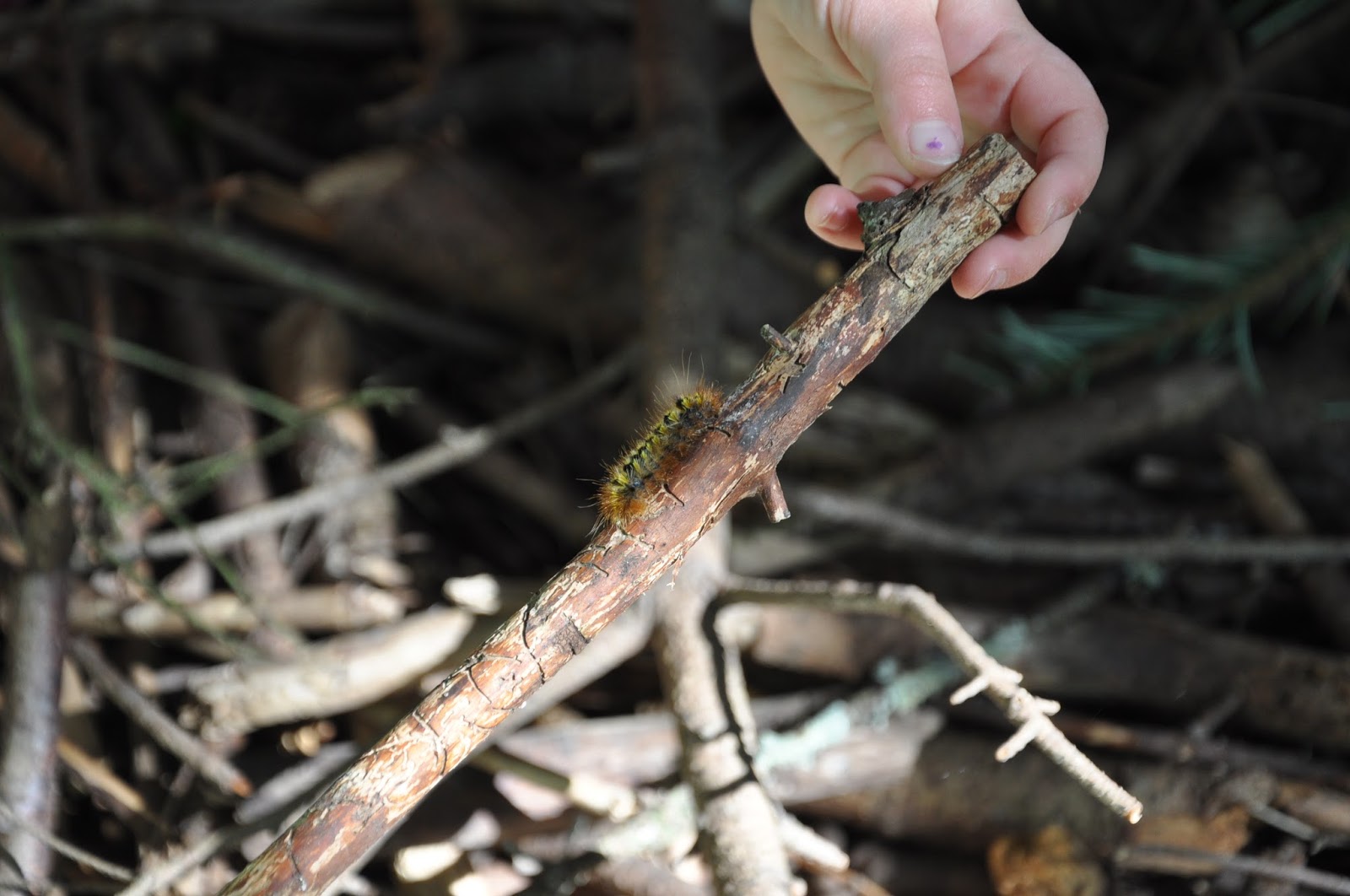
Look for spaces for beginning steps of independent exploration but also provide support for their first experiences with wildlife and new environments. Encouraging exploring and walking in nature using balance logs. Exploring sensory and wildlife gardens. Starting hands-on fruit and vegetable gardening. Using lawns for active play. Playing with loose-parts to develop creativity and imagination. Moving objects from place to place. Providing natural places to stimulate observing, discovery, and naming—to start a “natural object vocabulary.”
FOR PRESCHOOLERS
Preschool age children thrive in places to stimulate their natural curiosity. Turning over logs and rocks to make discoveries. Sorting them to support cognitive skill and science learning—along with gross motor and fine motor development. Engaging in natural construction involving digging, measuring, and experimenting with materials. Activating social skills through dramatic play. Pursuing habitat and wildlife exploration and observation. Benefiting from fitness opportunities for running, jumping, climbing, hopping, skipping, dancing.
This age group is well represented with the Ladybirds website and Little Pine Learners. Ladybirds website is full of great information but the layers of advertising can make using the information very frustrating.
As your children age you will want to mix in some structured or guided nature activities. My favorite site for this age is hands down, Well Beings with Alysia. I find her to be an ally in my quest for free information that is written for parents, teachers and caregivers by a qualified person as well as a great parent.
FOR SCHOOL-AGE KIDS
Spaces to deepen understanding of plants, animals, and human interactions. Observing changes and effects of weather and seasons and how they relate to changes in living systems.
Engaging in serious gross motor skill building by climbing trees, ropes and ladders. Balancing on stones, stumps, and narrow edges.
Designing and building dens for kids and animals.
Let’s not forget children with special needs, including peers, who have as much right to connect with nature as other children.
Offer appropriate choices for all children to enjoy nature year-round.
Multisensory learning that can never be gained exclusively in front of a TV or computer. For that reason, environmental apps are beginning to appear to accompany older kids outdoors, recognizing that they won’t let go of their digital devices. This trend may extend children’s direct experience of nature, prompting them to ask deeper, more meaningful questions that can be fully investigated later in the digital world—before returning to nature armed with newly acquired concepts.
Nature-filled yards, as well as balconies and patios, combined with unstructured outdoor play, and nature play or crafting that nurtures a love of the natural world. Research tells us that when children learn early in life about the beauty of nature, they are more likely to retain those values as adults and become active stewards of the environment.
Children observe and learn about the natural environment around them as they play. As children climb, balance, and jump, they strengthen and develop major muscle groups. Natural loose parts play is accessible and can be easily incorporated in home spaces, neighborhoods, backyards, apartment balconies, parks, and schoolyard settings.
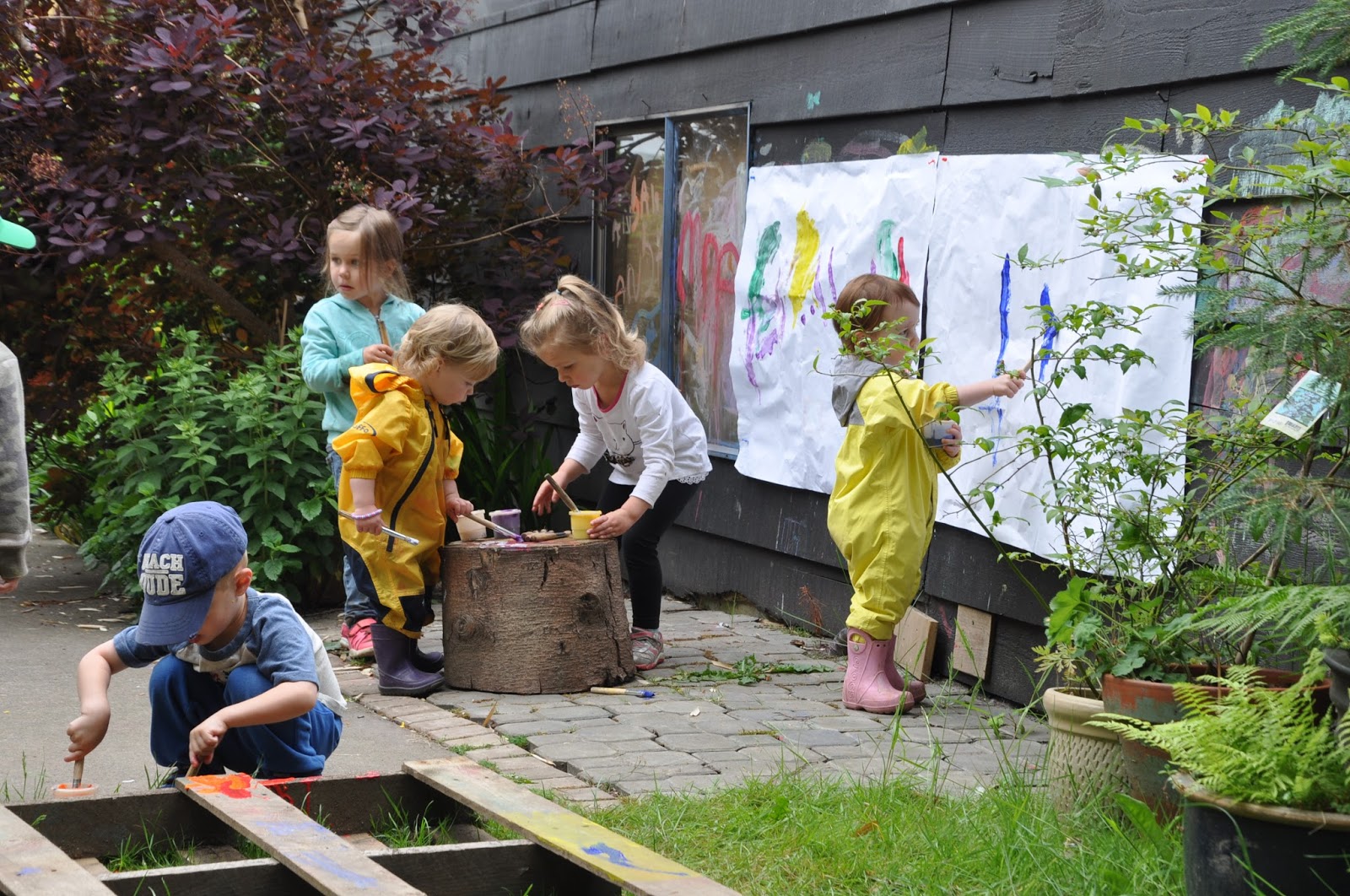
Loose Parts Play Information!
“In any environment, both the degree of inventiveness and creativity, and the possibility of discovery, are directly proportional to the number and kinds of variables in it.” Simon Nicholson
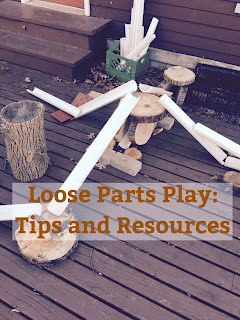
We love LOOSE PARTS! This page is a compilation of what I write about Loose Parts Play to share with others. You may want to join the Facebook pages:
Loose Parts Play
and
Loose Parts Nature Play
where they share Loose Parts Play and nature-education inspiration and ideas.
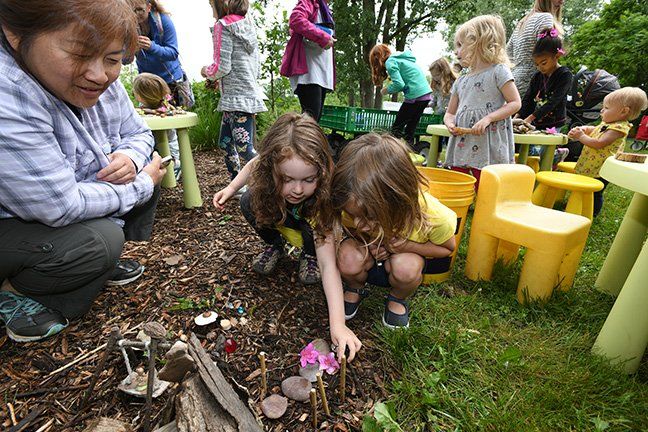
WHAT IS LOOSE PARTS PLAY
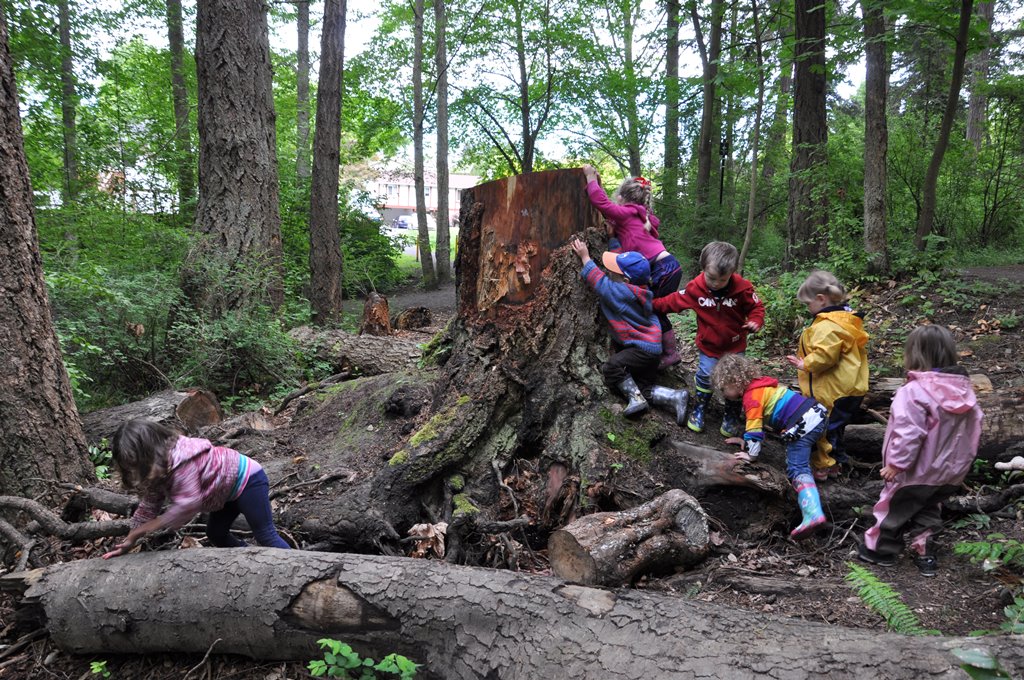
NATURAL LOOSE PARTS PLAY OFTEN IGNITES IMAGINATION AND DIVERGENT THINKING OPPORTUNITIES, AND SUPPORTS CURIOSITY ABOUT THE NATURAL WORLD. WHAT MAKES LOOSE PARTS PLAY SO COMPELLING IS THAT THERE IS NO SINGLE WAY TO PLAY, AND, FOR THE MOST PART, LOOSE PARTS ARE ALSO FOUND PARTS LIKE TWIGS, BRANCHES, STONES, SEED HEADS, WATER, AND SO ON.
These natural loose parts can be combined, moved, manipulated, redistributed, and reassigned many times over, taking different roles in different settings and play times. Whereas public spaces like Gaffield Children’s Garden are designed for nature play, the various areas also provide models for parents and children to continue their engagement and interest with the natural world even when not visiting the Garden. Suggestions for using these models, both indoors and outdoors, are summarized in Table 1.
Loose parts play is a type of self-directed play that can feature both small parts and large parts, each offering different elements of play and discovery. Stocked with tree branches, fence planks, stumps, and boulders, our communities garden invites children to create child-sized structures, practice communication and negotiation, and experiment with physics, engineering, and, of course, imagination.
Forts are built and rebuilt, simple lever-based machines are constructed, and play features such as balance beams and tree stump obstacle courses are constructed by children according to their play needs. This is boisterous, gross motor play.
Conversely, other loose parts gardens are stocked with the tiny, subtle bits of nature-stones, tree cookies, bits of bark, flower heads, and found ephemera-that invite children to create tiny worlds for imaginary creatures. This tends to be independent and quiet play.
Children employ small motor skills, imagining single dwellings or entire ecosystems. Both these ideas can be replicated to varying degrees in backyards, schoolyards, parks, and on apartment grounds or balconies.
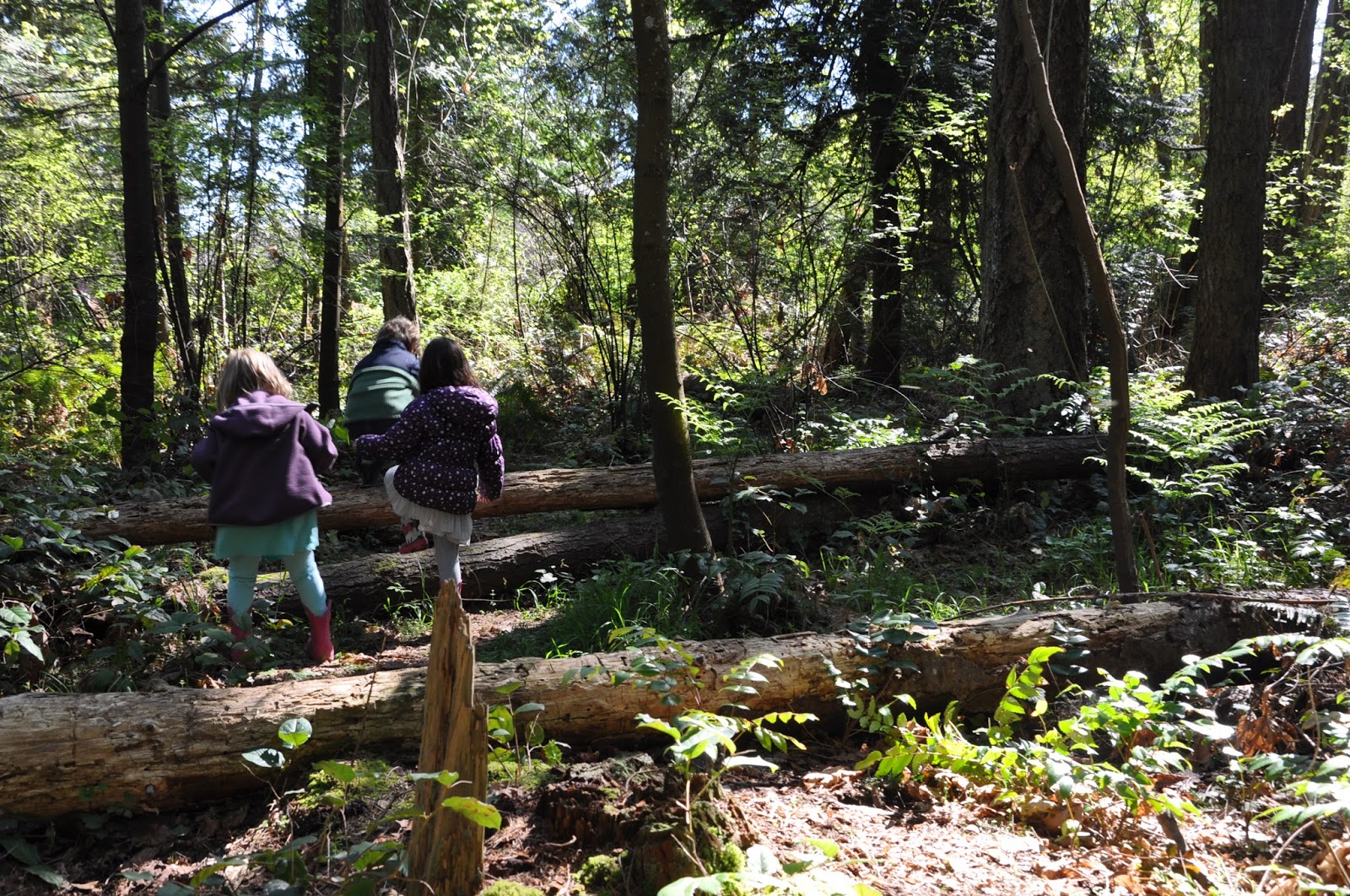
DISCOVER THE MANY BENEFITS OF LOOSE PARTS PLAY
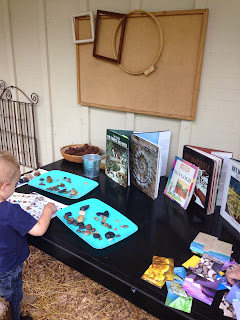
ACTIVITIES AND IDEAS
16 Ideas for Animal Play
Adding loose parts to a
Pirate Nature Play Party
Including loose parts in
Fairy Wings and Wild Things
Loose Parts Play: Ramps!
DIY option! Low cost!
International Mud Day!
Celebrate mud as a loose part!
Natural Holiday Ornaments
Valentines Day Nature Activities
Nature Faces
11 Ways to Play with Leaves
Nurturing Acorns: Exploring Trees
Let the Outside In
Museum: The Thinkery
Museum: The DoSeum
Woodpecker Wham Activities
Nature Preschool Invitations
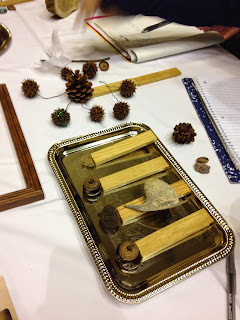
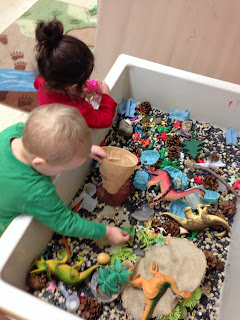
Loose Parts: What does this mean?
by Penn State Extension
A Few of My Favorite Things: Nothing Wrong with Stuff
by Jim Greenman
Open-Ended Materials Belong Outside Too!
from HighScope Extensions
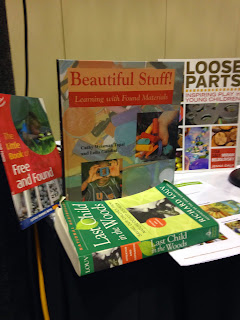
HELPFUL BOOKS
Beautiful Stuff!: Learning with Found Materials
Loose Parts: Inspiring Play in Young Children
Loose Parts 2: Inspiring Play with Infants and Toddlers
The Little Book of Free and Found
Last Child in the Woods: Saving Our Children From Nature-Deficit Disorder
How to Raise a Wild Child: The Art and Science of Falling in Love with Nature
Balanced and Barefoot
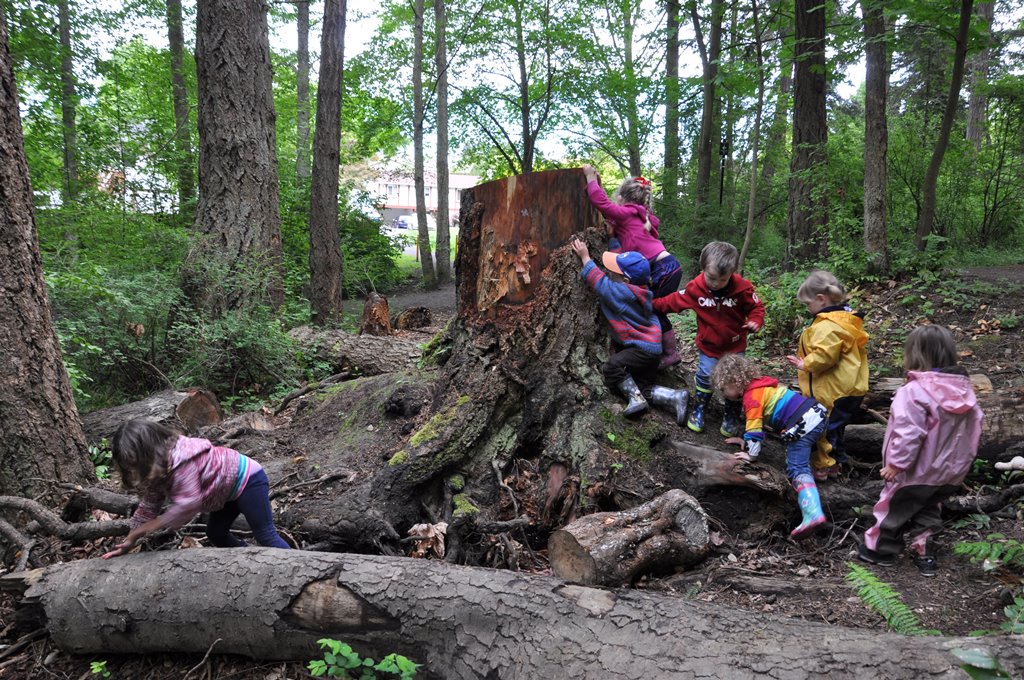
Natural loose parts play often ignites imagination and divergent thinking opportunities, and supports curiosity about the natural world. What makes loose parts play so compelling is that there is no single way to play, and, for the most part, loose parts are also found parts like twigs, branches, stones, seed heads, water, and so on.
These natural loose parts can be combined, moved, manipulated, redistributed, and reassigned many times over, taking different roles in different settings and play times.
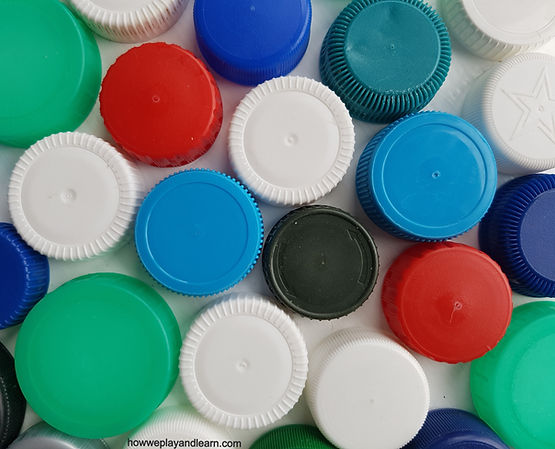
Getting started with loose parts play
If I've convinced you of the wonder that is loose parts and you're tempted to start collecting, here are some tips:
1. Start thinking about what loose parts you already have at home. There are FREE checklists for you to use on myprintables page.
2. Try to recycle and repurpose items as much as possible. Lids for example - any time we finish milk, juice, coffee etc, I wash the lid up before putting the rest in the recycling. And old necklaces make a great source of beads! Loose parts don't have to be small things either - boxes, tubes, anything you have space for - we have a couple of cable reels in the garden that I got for free from a local builder's merchant.
3. Visit car boot sales, thrift stores and charity shops - we've found loads of interesting loose parts really cheaply this way.
4. Invest in a decent-sized tub which can be stored somewhere practical. Having a central place to keep all your loose parts will help you to rotate the materials. We have aReally Useful box stored in our under-stairs cupboard.
5. Ziplocs are your best friend! I know single use plastic isn't ideal, but we have been using the samebags to separate our different kinds of loose parts for several years, and it makes setup and tidy away so much easier.
6. If youwant to add to your collection, visit the howweplayandlearn shop.
7. A tinker tray is a lovely way to display your favourite loose parts - we have one with a lid that Mr 5 likes to get out from time to time.
8. Try a book or two for a little inspiration - we love this one as it's full of great pictures:
The most important tip I can give is, find time to join in!
Your child will see your interest and want to copy you. Curiosity and creativity are so important as they drive children's learning, critical thinking and reasoning - and if you tinker with loose parts it will inspire your child to do the same. Plus it's really relaxing!
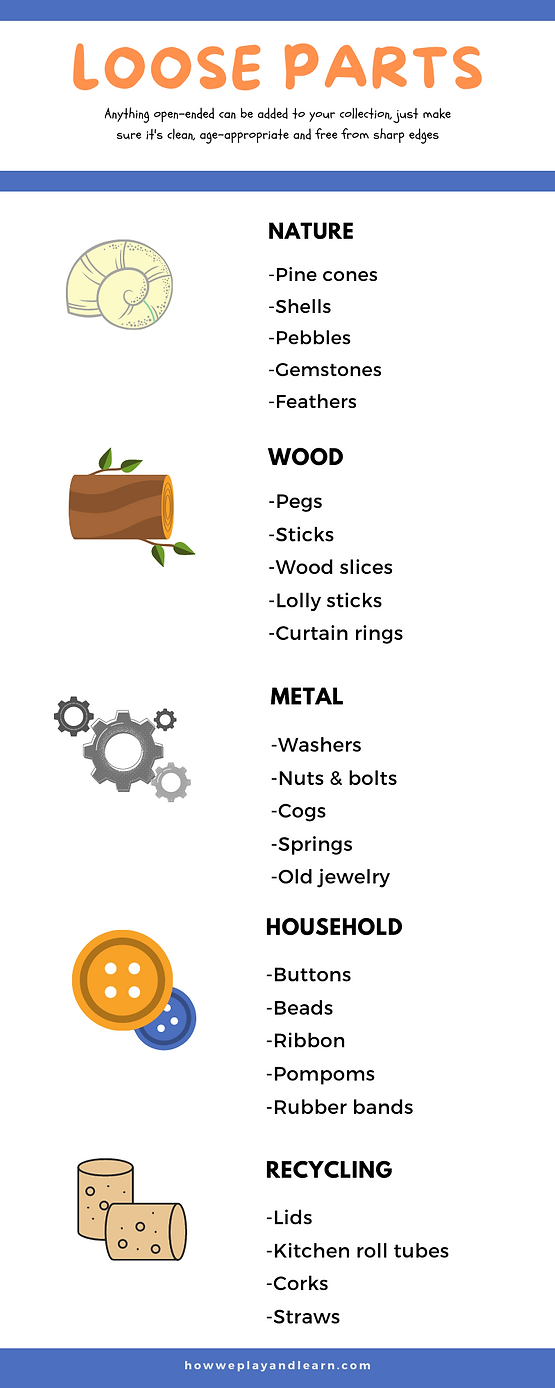
Some notes on safety
Loose parts play is generally very safe, and it gives children vital experience in managing risks, but there are some things you will need to consider to ensure a safe environment:
* Some loose parts are not safe for children under three as their size and shape can present a choking hazardor cause injury to eyes.
* Young or developmentally delayed children should always be supervised.
* Loose parts need to be clean, non-toxic and free from sharp edges.
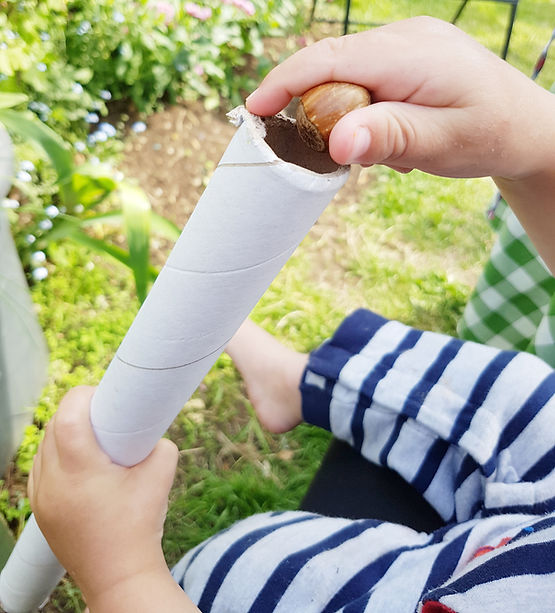
If you have concerns about a younger sibling at home, you could time loose parts play for when they're napping, or consider using things that are more 'baby safe' such as wooden bangles, large lids and cardboard tubes.
That's it! I hope you've enjoyed reading about loose parts play and feel inspired to give it a go. Trust me, once you start it's so addictive - you'll never look at a box of junk the same way again! Happy tinkering...
Here are more resource links
LOOSE PARTS NATURE PLAY PODCAST:
Check out the
podcast here!
LOOSE PARTS PLAY THEORY
Research Articles on Loose Parts Play
The Power of Loose Parts Play
Loose Parts- Imagination and Creativity
-- Links and worksheets for a workshop
Ex Quotient: Are You Willing to Fail?
Natural Refuge
--Loose parts as part of hiding/secretive spaces
Loose Parts in a Museum Setting
The Theory of Loose Parts
--My thoughts on Simon Nicholson's theory
Light and Reflection as Loose Parts
Magnetism as a Loose Part
Light as a Loose Part--
Light Painting!
Rocks as a Loose Part
Fabric as a Loose Part
NUTS AND BOLTS:
Finding Loose Parts
Loose Parts at Home
30+ Ways to Approach Loose Parts Play
Role of the Educator in Loose Parts Play
Incorporating Loose Parts at Home
Fall and Halloween Loose Parts
Finding Loose Parts on Amazon
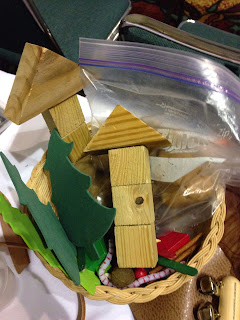
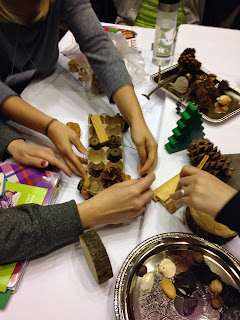
INSPIRATION
Natural Treasures
The Power of their own Stuff
Nature Mom, Soccer Mom
Some Loose Parts Play Ideas For Kids
Would you like to get the kids playing outside and exploring nature more? Nature play and nature crafts are a great way to do just that – and they have lots of other benefits too.

TOYS AND KITS
Loose Parts Inspired Toys
littleBits: A techy loose part for kids
Loose Parts Toys
Grab and Go Loose Parts Kits
Robot Tinkering Kits
Wind Tunnel
nature.play.dough
-- homemade playdough and sells loose parts kits. Check it out!
OUTDOOR CLASSROOM
Low Cost Outdoor Classroom Ideas
--these same principles apply to LPP!
Adding Plants to an Outdoor Classroom
Creativity in the Outdoor Classroom
--research article summary, great principles!
Nature Preschool Planning in an Outdoor Classroom
Questions and Answers on Using an Outdoor Classroom

Tinkering amoung the Trees
Fun things to do in the woods
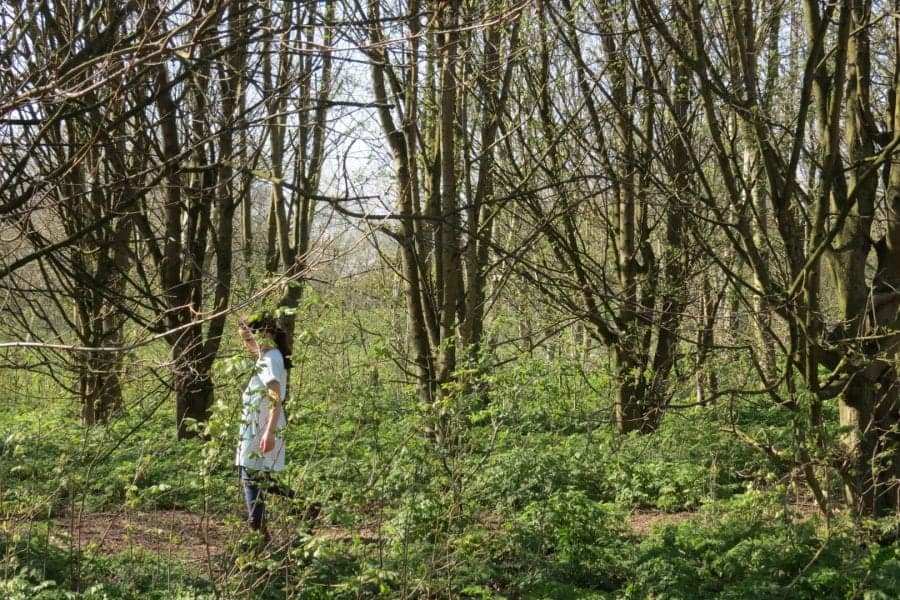
Woodland Outdoor Activities
Things to do in the woods with Kids
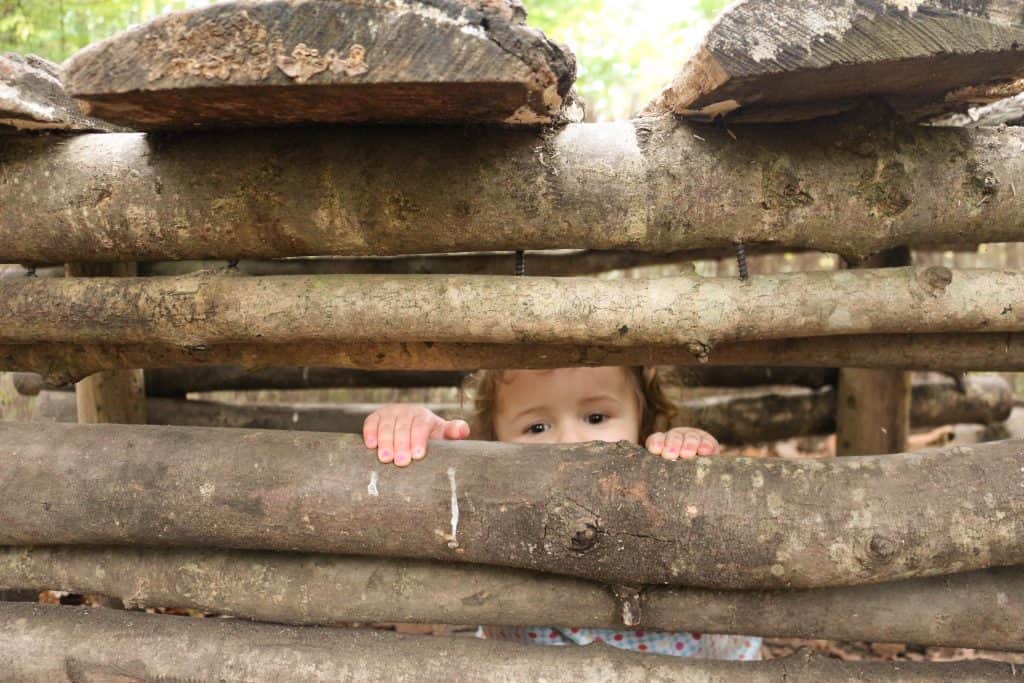
Things to do in the Woods
Going for a woodland walk is something that I very much remember from my own childhood. I remember spending Sunday afternoon in the woods somewhere and with my younger brother and sister getting very muddy in various puddles, it’s something that really stuck with me. I think there’s just something about children in woods which means they can be free.
They can run ahead of their parents, they can climb things, they can jump in muddy puddles and I feel like I really need to capture that and enjoy that to the full because there will come a time when they won’t want to spend their weekends doing that with us, they’ll prefer to hang out with their friends instead. But for now they really enjoy a family woodland walk and we’re lucky that there are lots of woods nearby to us and there are lots of things to do in the forest with kids.
I’m looking forward to a time when we can go without a buggy – Weston does go in the sling but he’s not always the happiest in it. So it’ll be much better when we can choose a woodland without worrying if it’s going to have a buggy route! And what if it’s raining? Raining doesn’t need to stop outdoor play – you’ll love our ideas of outdoor things to do when it’s raining!
Activities to do in the Woods with Kids
1. Build a Stick Maze in the woods with kids…..
…….and have the children navigate themselves out of it. A stick maze is a great woodland activity for kids.
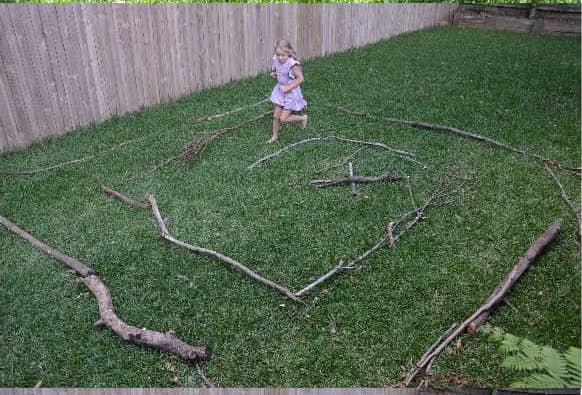
2. Learn how to plait grass by Making a Fishtail Braid.
This is a great woodland activity for children.
3. Spot a Nest in the forest with kids!
For fun things to do on woodland walk with kids – use this cute Nest Nature Hunt to keep kids observant! Fancy bird watching with kids? Check out this FREE printable Bird Watching Book from Buggy and Buddy.com
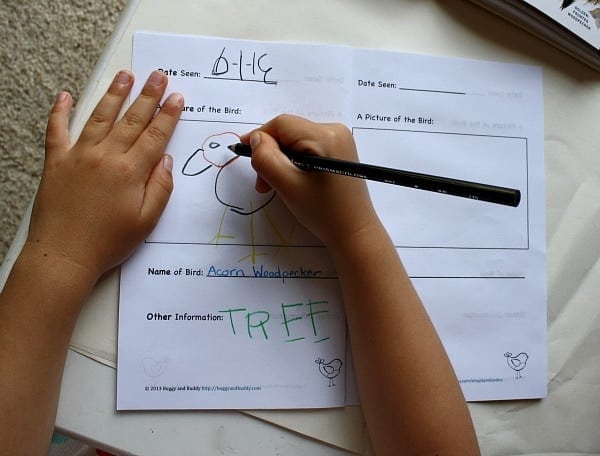
4. Try Map Reading or Geocaching in the woods with kids
Playing with maps and compasses can be a lot of fun in the woods! Try out these map activities.
5. Play some Games in the woods with kids!
Try some of our games we love to play in the woods with kids! There are lots of different games here for playing in the woods with toddlers or older kids.
6. Make a Leaf Mandala in the forest
A good craft idea for the woods during Autumn (but would work any time of year) is to make a Leaf Crown or a leaf mandala.
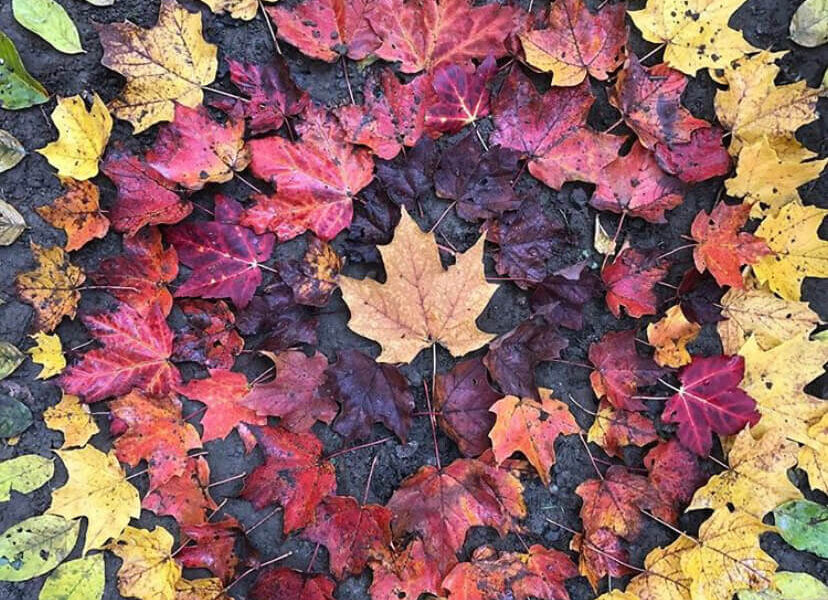
7. Make a Nature Bracelet
Another collecting one – try making a Nature Bracelet using sticky tape. Our kids had lots of fun with this one and kept their bracelets on all day from Kid Citizen Blog! You can also see a Nature Belt idea here from How We Learn Blog. This is a fun activity to do in the woods with kids.
8. Play the Number Art Challenge
Once you’ve returned with lots of lovely nature materials. How about setting your child a Number Art Challenge? A great way of getting children to think about numbers and spatial reasoning. This is such a clever idea that I can’t wait to try out with our kids from Mosswood Connections.
9. Make Pot Pourri
Another lovely idea to make with your collected woodland is Pot Pourri – check out this recipe from Multiples Mom.
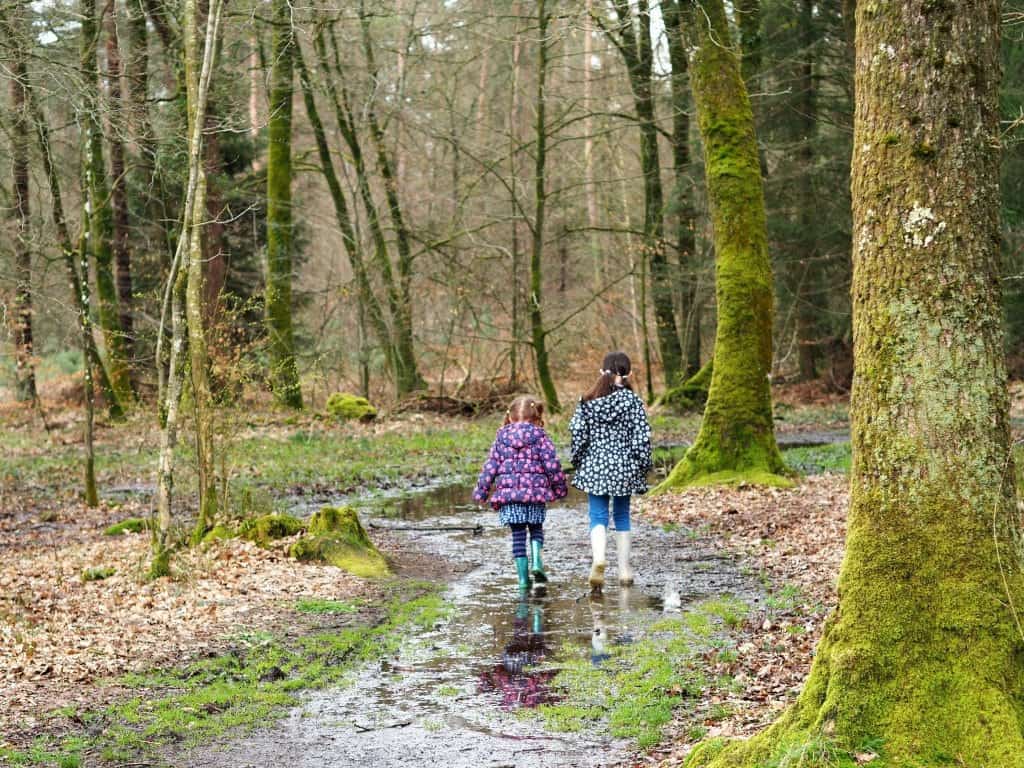
10. Do some Leaf Crafts for Kids
If you find yourself with a surplus of leaves at the end of your walk, try making our Autumn Leaf People or try one of our Leaf Crafts for Kids
11. Scavenger Hunts!
Scavenger Hunts are a Fantastic Way to help engage small people when out exploring nature. We tried this recently with my friend Laura and her kids. A scavenger hunt = 6 happy kids – it worked a treat! Here are some of my favourite Nature Scavenger Hunts. First up – is a FREE printable super scavenger hunt from Picklebums. The Father Fitness Nature Trail is also a great visual printable, suitable for younger children too.
12. Build a Den
Ever try building a Stick Fort in the woods? This is a fab Outdoor STEM activity that my kids have loved in their forest school classes at schools. This is a go-to activity for us and what our children are always happiest doing. Check out some great ideas for this at Littlebinsforlittlehands.com and instructions for building an awesome Stick Forest Home here, at Rainy Day Mum.
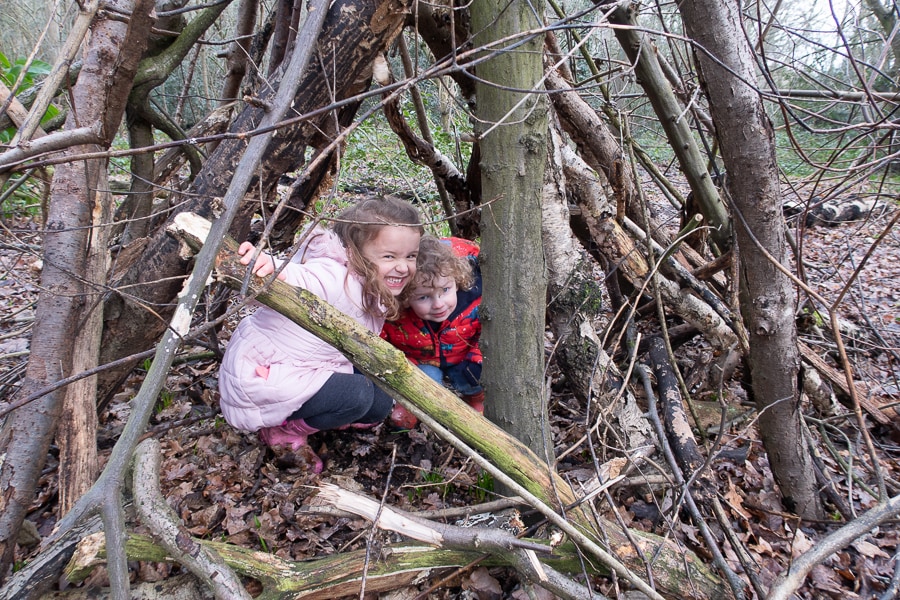
Fun things to do in the Woods
14. Climb a Tree or Find a Rope Swing
A great activity to do in the woods with kids is to climb trees or build a simple rope swing!
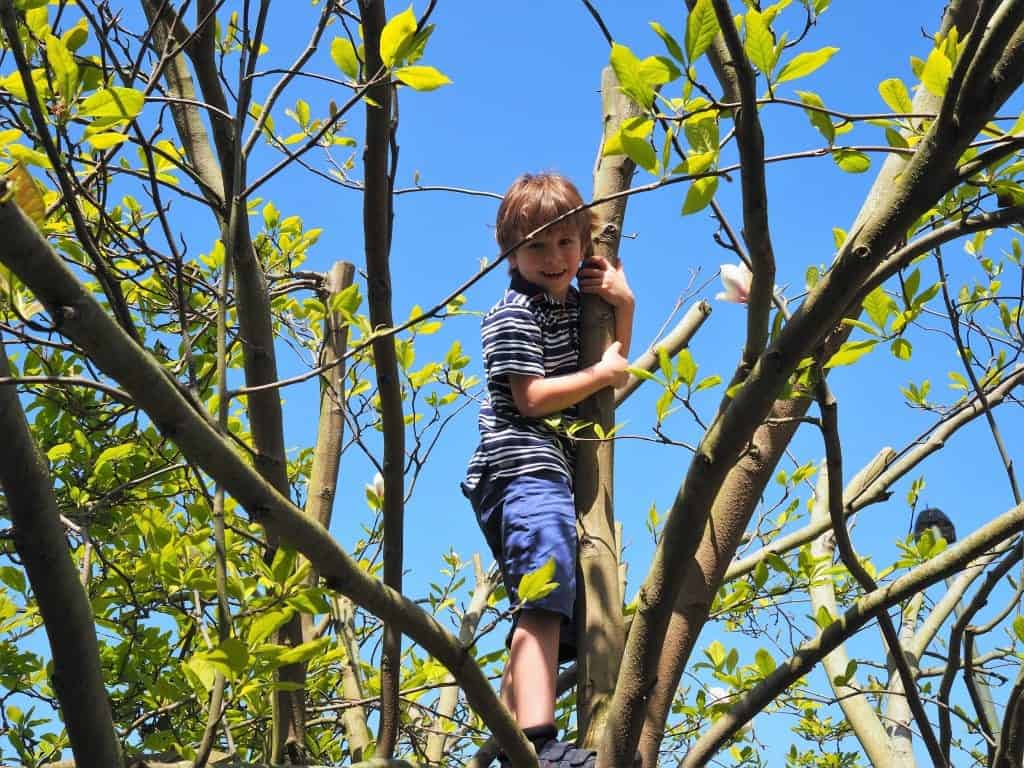
Things to do in the Woods with Kids
13. Storytelling
Collaborative Story Telling is a great way to help build your kiddos vocabulary and where better to do it then in an atmospheric woodland setting? See Rainy Day Mum’s ideas for collaborative storytelling here. Or you could try collecting some nature treasures and making some story art. Check out our other ideas for woodland crafts for kids.

Woodland Activity – story art for kids
Fun things to do in the Woods
15. Create a Nature Journal
Here’s an idea, I can’t wait to try out this summer as our kiddos love anything to do with reading, writing or painting! Creating a Nature Journal. I love the idea of trying out different art forms and processes in our Nature Journals – maybe we’ll try a different art form every week! If you’d like to start a Nature Journal with kids – here’s our post of Nature Journal Prompts for Kids.
16. Animal Observation
I love these Animal Observation Free Printable Logs for helping kids to learn more about animals – these are fun things to do on a woodland walk with kids by observing and recording them from Kcedventures.
17. Nature Bingo
Another FREE Printable that can be completed on the smallest of Nature walks or even in your back garden. Try out The Jenny Evolution’s Nature Bingo Game.
18. Make a Fairy House
Another activity to do in the woods is to build a Fairy House. Now, whenever we’re out for a walk, the kiddos like to collect little bits and pieces to decorate their fairy houses. I absolutely love these ideas for Nature Fairy Houses – you’ve got to take a look at this cute fairy teepee from Red Ted Art!
Fairy Houses to Make in the Woods with Kids
19. Nature Paint Brushes
Make simple paint brushes from nature and see what unusual patterns you can create. This is such a lovely outdoor process art technique with spectacular results from Messy Little Monster.
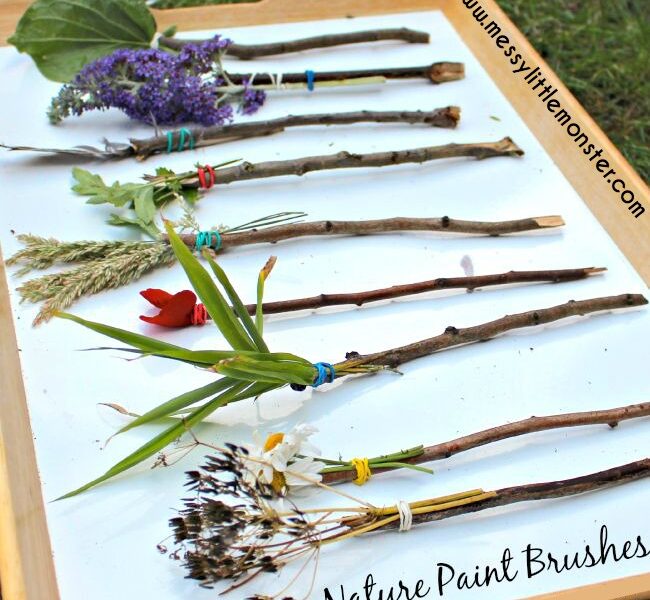
Crafts to do in the woods with kids
Crafts for kids to do in the woods
20. Bark Rubbings
And if you’re looking to explore nature in more detail – how about creating bark rubbings or going on a play-dough nature walk where you create nature play-dough creatures. Find out more how this idea works at How we Learn. Bark rubbings are fun to do with metallic crayons and black paper too!
21. Geocaching
Ever wanted to try Geo-caching? This is a great idea to keep older children engaged outdoors. Find out about our first not-quite successful geo-caching trip here! And a more successful pro how-to guide from Parenting Chaos.
22. Nature Keyring
If you should find some flowers on your woodland walk, then why not try making a perfect little keepsake – a woodland flower keyring.
23. Hapa Zome
Another flower idea – but can also be made with why not try Hapa Zome in the woods?
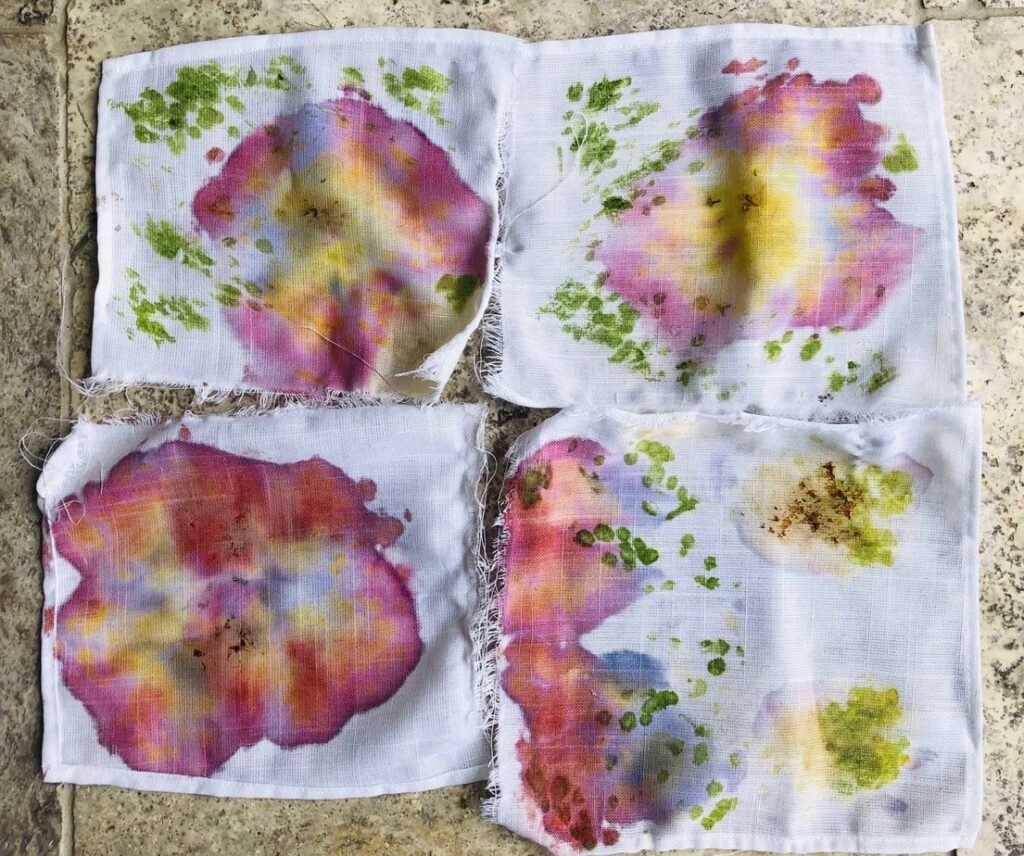
24. Woodland Arts and Crafts Journal
My last idea for fun things to do on woodland walk with kids really is a – ‘save the best idea ’till last’! I recently created this lovely Nature Adventure Journal. It’s a whole host of Nature Art and Craft materials in one pack. You simply head on a woodland walk, collect lots of nature materials and use the printable to document your adventure. If you’re looking to get your kids to play outside more – there are lots of easy nature journal activities to inspire kids to explore nature’s wonderland from cloud watching and scavenger hunts to designing their own garden and rock pooling. This is a fun and easy nature workbook with beautiful watercolour drawings encourages kids to look a little closer at nature and gently develop the lifelong habit of nature observation.
If you’d like to get your hands on this amazing Nature printable pack – click here. It doesn’t have to be used in the woods – it can be used on any kind of walk.

Nature Adventure Journal for kids
Hope this has inspired you to take more nature walks or fun woodland walks with your kids! I’ve got a whole load of things I now want to try out with my little people! How do you explore nature with your kiddos? Comment below and let me know any ideas we’ve missed! And don’t forget to try out this Nature Pack next time you’re on a woodland walk!
Do you have older kids? Teens or Tweens?Here’s our ultimate guide to getting older kids outside!Outdoor Activities for Teens and tweens
Summer Holiday Outdoor Activity Pack for Kids!
If you liked these ideas you’ll LOVE our Holiday Outdoor Activity Kit for Kids! It contains 3 weeks of fully planned outdoor activities including….
Games
Science Experiments
Codes to Crack
WHY FORESTS ARE IMPORTANT
Do you like forests? We do too, but do you know just how awesome they are? Trees are a necessity for the survival of the human race, and without them, it will be difficult to sustain life on earth. It is because of our major forests that we can fight the curse of pollution and global warming. Planting more trees will always be beneficial for us and the ecosystem. March has a International Day of Forests so it’s the perfect time to share our top 10 reasons why forests are so awesome.
1) Trees are the main source of Oxygen.
2) An average tree produces enough oxygen to fulfill the oxygen needs of four people.
3) Trees help in absorbing dust and other pollutants from the air, thus cleaning it.
4) The land under the tree absorbs more rainwater and helps prevent floods.
5) Trees also absorb a considerable amount of sound and help reduce noise pollution.
6) Birds lay their eggs in the nests on the tree. Trees also help in nurturing many species by providing food and shelter for our wildlife.
7) Many trees also have medicinal properties and are used in healthcare industries.
8) They also save us from the harmful Ultraviolet rays, which are responsible for skin cancer.
9) Trees are also important for many industries, like Timber, Paper, Rubber, Silk etc., helping in economic development.
10) From roots to leaves, every part of a tree is beneficial to us, and they support our wildlife as a bonus. Read more
WALKING IN THE WOODS:
WHAT TO TAKE ON A FAMILY ADVENTURE
And of course, ...
This is a frequently asked question?
This is a FAQ description. Add more detail about this service, such as benefits, appearance, components and value
This is a frequently asked question?
This is a FAQ description. Add more detail about this service, such as benefits, appearance, components and value
Superscript
The Fun Stuff
As children we dreamed of escape to an enchanting, living playspace surrounded by wildlife and nature. Scavenging materials and craft tools that could turn your small cabin into a warm, well-supplied home. Surviving by fishing, cooking and growing your own food. And chart your own journey just for the heck of it. Exploring a living, colorful world, ranging from sunlit green forests to coal black dark caves.
NATURES PLAYGROUND
We spent a lot of time enjoying the woods with our kids. We learned that the woodlands create their own natural playgrounds. The forests still have an abundance of ready made things to do which help occupy our crazy kids! There are trees to climb and dens to make but if you need a little more inspiration for games to play in the woods with kids – there’s a whole list below! If you’d like activities as opposed to games, check out our list of 24 Things to do in the Wood with Kids. And when you return from your woodland adventure, we have 100+ ideas for nature crafts here too to make with all the woodland treasures that fill your kids pockets!
Our woodlands are so much more than a destination for hiking.
Plan some fun activities so you can hang out in the forest.
Creating experiences and memories for my children is one of my favorite aspects of both parenting and teaching. However, sometimes we just want to get outside to play without having to do too much planning, preparation or packing. That is called freeplay or open play. Once a child has independant play skills, outside freeplay should comprise at least half of their playtime.
Outdoor adventures with your kids don’t have to be elaborate or complicated to be fun for them. Sometimes the simplest things mean the most to them and allow them the freedom to play and create their own experience.
Often, when children are free to roam and play surrounded by trees, they feel better, behave better and (in my experience) ask for fewer snacks!! Unrestricted nature play is a great opportunity for children to lead their own play time and work together to make it fun. Plus, it’s more relaxing for us parents, too. Win, win…right??!
Why Forests Are Important
Do you like forests? We do too, but do you know just how awesome they are? Trees are a necessity for the survival of the human race, and without them, it will be difficult to sustain life on earth. It is because of our major forests that we can fight the curse of pollution and global warming. Planting more trees will always be beneficial for us and the ecosystem. March has a International Day of Forests so it’s the perfect time to share our top
10 reasons why forests are so awesome.
1) Trees are the main source of Oxygen.
2) An average tree produces enough oxygen to fulfill the oxygen needs of four people.
3) Trees help in absorbing dust and other pollutants from the air, thus cleaning it.
4) The land under the tree absorbs more rainwater and helps prevent floods.
5) Trees also absorb a considerable amount of sound and help reduce noise pollution.
6) Birds lay their eggs in the nests on the tree. Trees also help in nurturing many species by providing food and shelter for our wildlife.
7) Many trees also have medicinal properties and are used in healthcare industries.
8) They also save us from the harmful Ultraviolet rays, which are responsible for skin cancer.
9) Trees are also important for many industries, like Timber, Paper, Rubber, Silk etc., helping in economic development.
10) From roots to leaves, every part of a tree is beneficial to us, and they support our wildlife as a bonus.
Natural Play Areas are often play spaces that are chosen because of their natural components such as plants, logs, water, sand, mud, boulders, hills and trees. These components represent the larger wild environment in a way that feels safe and manageable to young visitors and their parents while inviting imaginative and explorative play.
“My best memories of childhood are from walking through the woods with my sister and climbing what we then called a ‘mountain,’ to explore the creek for hours and looking up at the sky from grassy fields. I hope my children and grandchildren are able to enjoy those same experiences.” – M. Lowen, an Oregon parent
Natural Play challenges and fascinates children and teaches them about the wonders and intricacies of the natural world while they explore and play within it. It is intuitive and unstructured, constructive (or deconstructive), and timeless, encouraging interaction with natural materials, features, indigenous vegetation, and creative landforms.
Natural Play is often a blend of materials and experiences to create purposely complex interplays of natural and environmental objects. – Oregon Natural Play Initiative
Loose Parts Play
Hunting for loose parts
Natural Play Areas and play spaces are chosen because of their natural components such as plants, logs, water, sand, mud, boulders, hills and trees. These components represent the larger wild environment in a way that feels safe and manageable to young visitors and their parents while inviting imaginative and explorative play.
“My best memories of childhood are from walking through the woods with my sister and climbing what we then called ‘mountains,’ exploring creeks for hours and looking up at the sky from grassy fields. I hope my children and grandchildren are able to enjoy those same experiences.” – M. Lowen, an Oregon parent
Natural Play challenges and fascinates children and teaches them about the wonders and intricacies of the natural world while they explore and play within it. It is intuitive and unstructured, constructive (or deconstructive), and timeless, encouraging interaction with natural materials, features, indigenous vegetation, and creative landforms.
Natural Play is often a blend of materials and experiences to create purposely complex interplays of natural and environmental objects. – Oregon Natural Play Initiative
OUTDOOR PLAY WITH LOOSE PARTS
Introducing loose parts play can seem overwhelming at first. There are so many materials that can be used for loose parts play, but which ones should you choose? For some children (and adults), beginning to explore with the open endedness of loose parts can feel unnatural. Then there is the issue of setup and storage to consider. All of these concerns came to mind when I began to tinker with the idea of using loose parts with my own children at home. I decided to begin in a location that naturally inspires creativity while simultaneously providing a plethora of free materials: the great outdoors! In this second post of our loose parts play series, we’ll explore how you can enhance outdoor play with loose parts.
LOOSE PARTS: GO OUTSIDE AND PLAY!
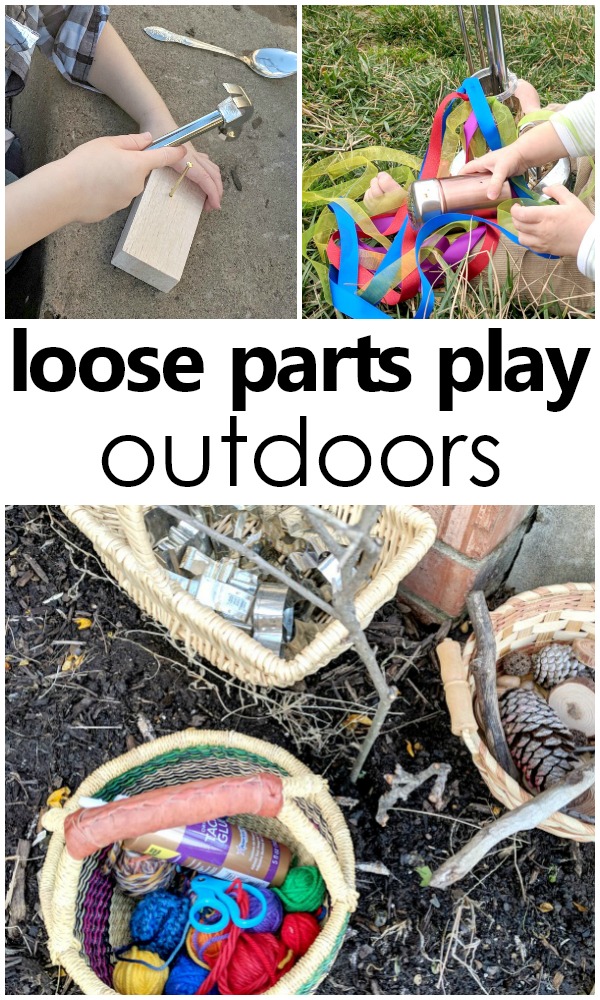
Children are naturally resourceful in their play outdoors. One stick can draw in the dirt or become a magic wand or stir a mug of freshly brewed mud coffee. Many sticks can be used for building a road or a log cabin. Children naturally gravitate toward nature’s loose parts to build, gather, connect, take apart, design, create and play. Loose parts play outdoors can infuse a child’s experience of nature. You can read more about some of the many benefits in this article.
If you are new to loose parts play, starting outside is one of the most simple and cost effective ways to go. Your children can help you search for and collect materials! I especially love to use wicker baskets for gathering and storing loose parts. Thrift stores are an affordable resource for these. I keep a small basket in my car just for the interesting rock, stick, leaf or collection of seed pods and acorns my three year old finds at the park.
There is no “perfect” outdoor space and even small spaces are just right for small children at play.
Things to collect on a Loose parts Hunt
There are many ways you can get your children to collect nature on a walk. These kinds of scavenger hunts are always great things to do on a walk with kids. You can keep it simple and let your children collect whatever they like or make it more challenging by asking them to find specific things.
You could give them a bag, basket or even an egg box and ask them to collect things that you can use to create easy nature art when you get home or to use in various other nature craft activities. We also use natural loose parts in our mud kitchen and for outdoor learning. Find some great summer art activities here.
Before we start, it’s important to mention that you should only collect fallen leaves, sticks, flowers etc. Do no harm so that you and everyone else can continue to enjoy the beautiful wildlife.
Why not print out one of my nature walk scavenger hunt free printables and try that on your next walk.
List of things to collect on your hunt
If you’re looking for ideas, here are some things that you might be able to collect on your next walk.
Sticks – by far our favourite thing to collect. Kids love sticks. I even wrote a post with ideas for 30 fun things to do with sticks.
Pinecones – another great free natural craft material. How about using them with play dough and making hedgehogs?
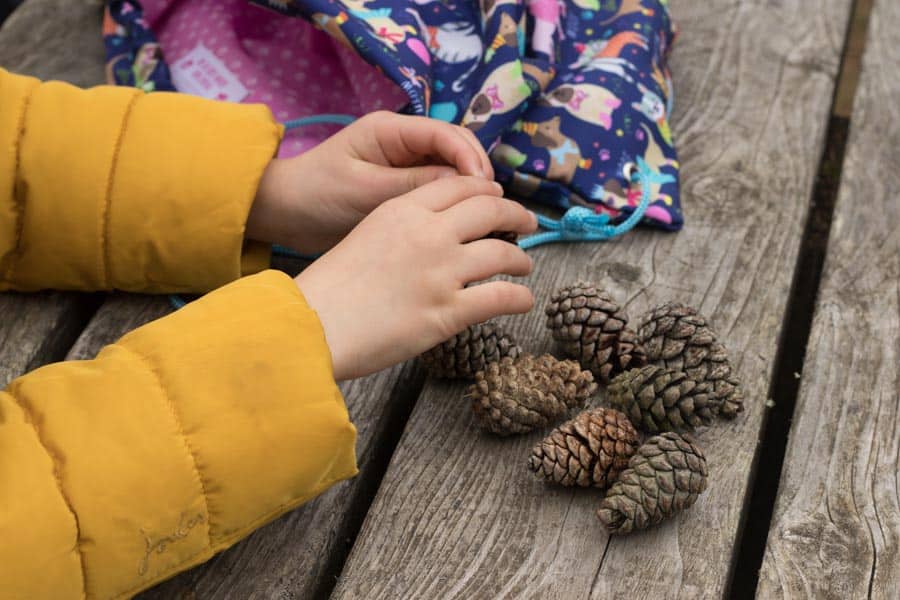
Leaves. Fallen leaves are easy to collect even for toddlers. How about asking them to find 5 different coloured leaves or 5 different types of leave. They’re also great for taking home to paint like in this autumn process art activity.
Acorns
Conkers – Wondering what to do with all your autumn treasures? You need my autumn activities for preschool post.
Helicopter seeds
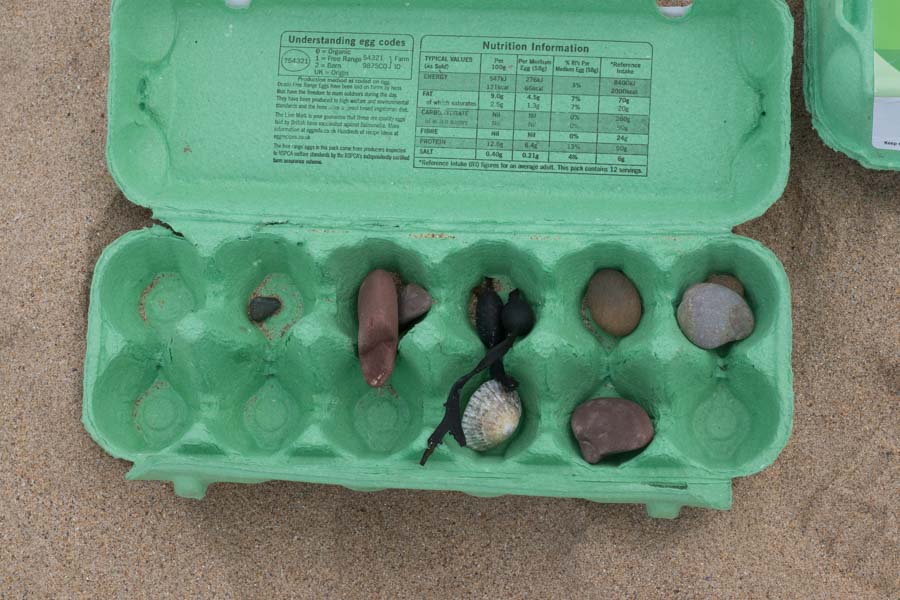
Stones. Why not take some home to paint?
Shells, the ultimate things to collect on a trip to the beach
Drift wood
Seaweed
Fossils if you’re really lucky
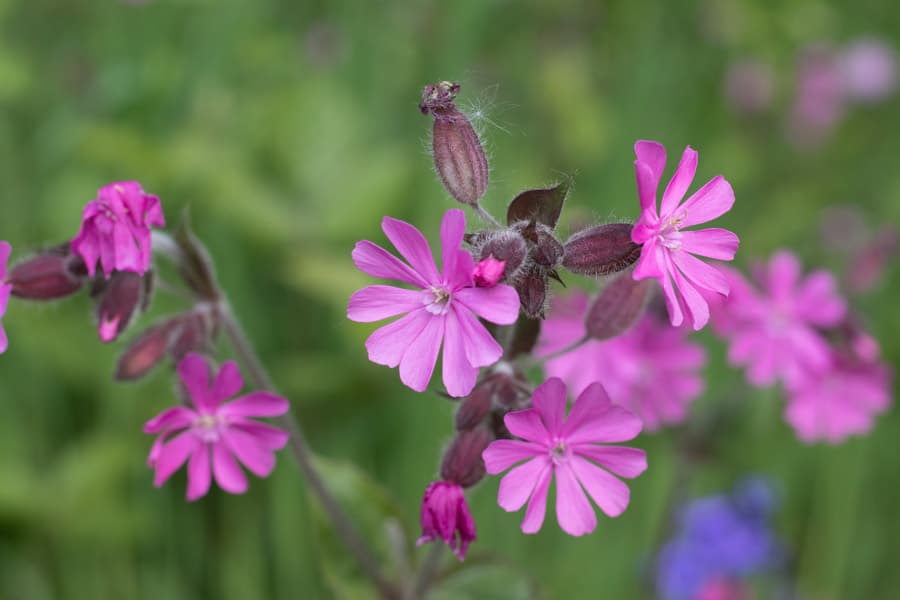
Wildflowers (never pick flowers from other people’s gardens, parks etc and don’t pick protected wildflowers like bluebells. We only ever take a few. Leave more than you take.) Once home why not try making these beautiful gelatine flower suncatchers.
Moss
Feathers
Creative ways to collect nature on a walk
You could simply give your child a list of things to collect on a nature walk or you could try one of these different ways. They are still all about collecting nature but they add a creative element to it. Sometimes they even add a competitive element too if you have more than one child to entertain.
Nature weaving
I saw this gorgeous idea on one of my favourite blogs for nature crafts, Little pine learners. All you need it some cardboard and some rubber bands or string/wool.
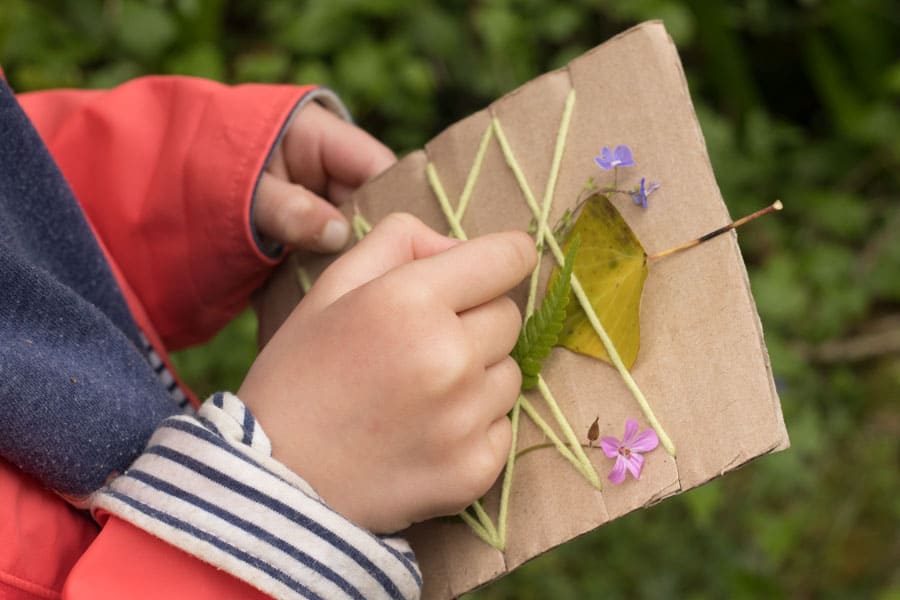
Create a journey stick
We love to creating journey sticks on walks. They’re a really fun way to collect things on a walk. All you need is a stick and some wool or string to tie your nature finds to your stick as you walk.
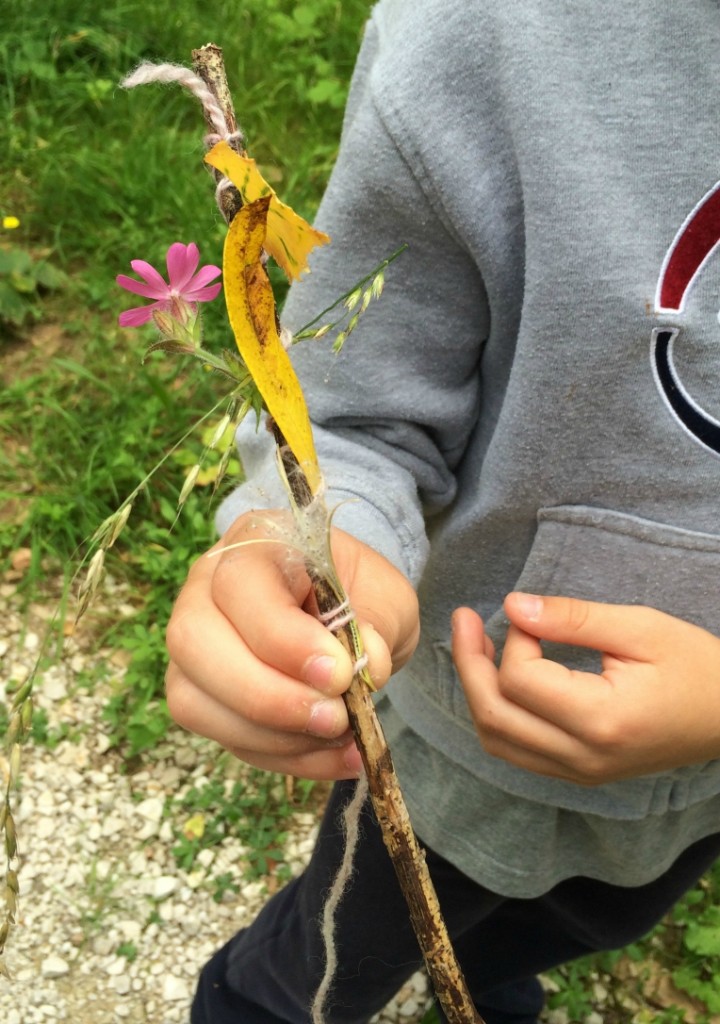
Go find it cards
Why not make collecting nature into a game using a set of go find it cards. We love our set and use them regularly on walks.
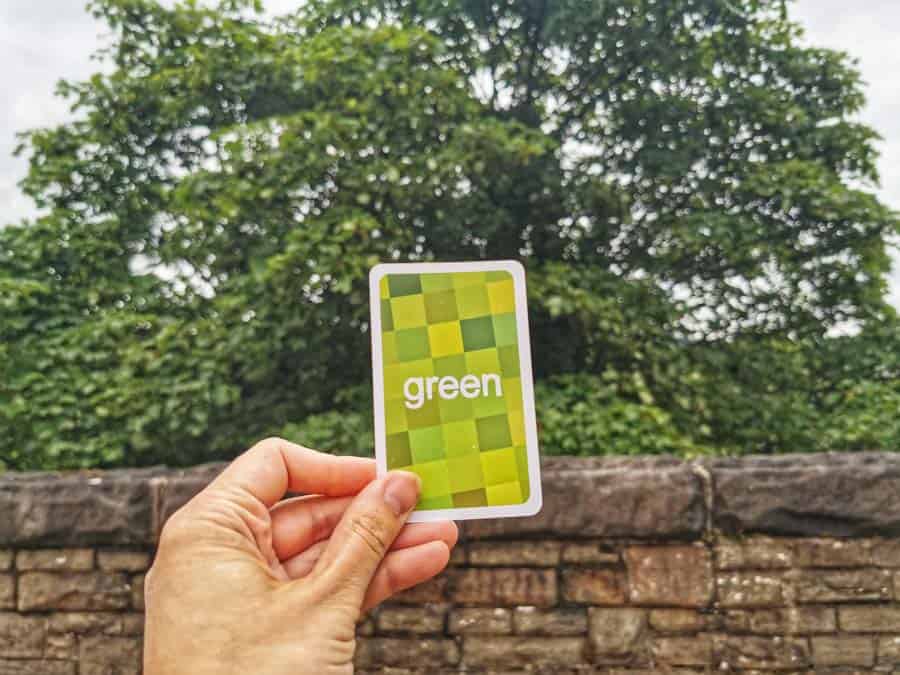
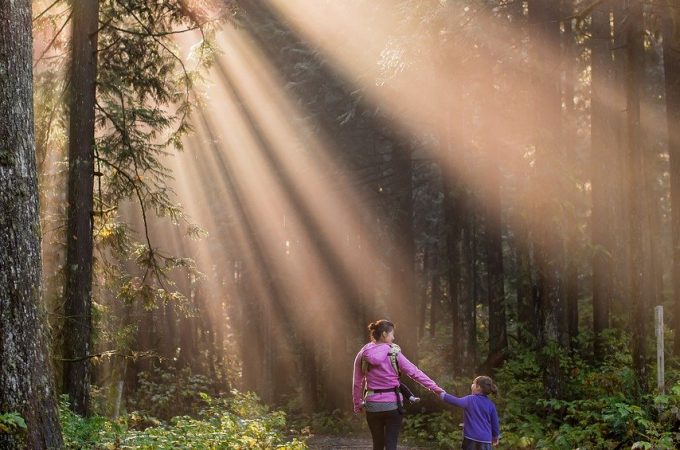
Heading out into nature is a great way for the family to enjoy quality time together. It's also a fantastic opportunity to put down the tech and learn to appreciate the world around you. If you happen to have some public woodland near your home, it's a great destination for a family day out. You can pack a picnic, get some exercise, and reconnect with each other away from the stresses of busy family life.
I'm not sure what the attraction is with hunting, does it attach us back to our prehistoric roots and make us hope that we could survive even if everything wasn't handed to us on a plate?
The boys definitely enjoy all kinds of hunt (although strangely, finding a missing shoe when we're late for school is the one time it doesn't seem to appeal.)
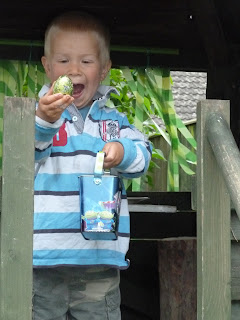
Found one!
A scavenger hunt is a great way to keep the kids active in the great outdoors. Basically you challenge them to find particular things, either on their own or in teams, and see if they can collect the lot. There are loads of different ideas for scavenger hunts on the internet. Some we've tried have been finding things which:
are a particular colour- can you find 6 yellow things, or can you find one thing for each colour of the rainbow?
begin with a particular letter- who can find the most things which begin with the letter b?
are a particular shape- can you find 4 round things?
the same but different- can you find 5 different leaf shapes or different feathers?
If you're doing it as a party activity, you could give them a list of things to find- there are lots of printables online, either in words or pictures, but I'm not generally that organised, it's usually a spur-of-the-moment challenge when they're flagging on a walk or wondering how to occupy themselves in the garden.

Can you find a creature with lots of legs?

Can you find something which rustles?
We also used to hunt for imaginary things! If we walked through the woods we inevitably searched for Gruffalo tracks, walking cross country often included a bit of a bear hunt- "Uh oh! Mud! Thick, oozy mud!" When the boys dressed up in their Knightly costumes they hunted dragons and other monsters, foam swords in hand.
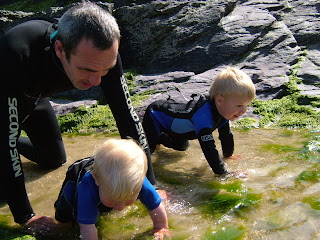
What can you find at the bottom of a rock pool?
My own favourite place for hunting is at the beach. Beach combing is such a relaxing activity and you never know what you might find. Searching for interesting shaped pieces of driftwood, pebbles with a hole through, particular types of shell or beautiful sea-smoothed bottle glass is my idea of a perfect holiday activity, plus you can use the things you find to create pictures on the sand.
When I was young our family used to go on holiday to the Scilly Isles. The island we stayed on was only a couple of miles long and much less wide, and had no traffic other than the occasional tractor. One of the highlights of our stay was when dad set up an island-wide treasure hunt, with a series of written clues to follow, and all the kids would set off on a mission to find the treasure. I remember one year it was a 50p for each of us in the zip pocket on Grampa's hat! My boys are a bit little for this kind of hunt just yet, but I hope I can find a safe place for them to enjoy the same kind of challenge when they're older- it gave us such happy memories.
Of course, if the weather continues to be this cold (please, please let it be for not too much longer!) our main source of hunting fun will have to be indoors hide-and-seek or sardines, tho how many more times I can pretend to be surprised to find Danny under our bed I'm not sure!
Have you ever been on a flower hunt?
We as adults have a tendency to only look at the end result – and though I’m not against this line of thought, we do need to look at the process as well, especially when it comes to kids. If you think of picking flowers with your little ones as a sure way of getting a small bundle of random flowers at various size and lenght to slowly wither away on your counter top, then you’re not wrong per se. But flower picking can be so much more – and to be quite frank, you don’t have to pick the flowers if you’re not allowed to (or don’t want to) in order to have a great time going flower hunting.
These are the top reasons to go flower hunting with your kids:
it can easily be made into a game
it’s a great opportunity to spend time with your children as a family
it’s an excuse to get moving outdoors
it can have quite the educational purpose, even for the adults. Be honest, how many names of flowers do you know? And do you know which are edible and which are not?
it’s the perfect opportunity to connect with nature and get familiar with your local natural settings

6 fun and educational ways to pick flowers with your little ones
Picking flowers is a such a simple activity, but kids love it. Though you might not have thought about it before, picking flowers doesn’t have to be done the exact same way each time – you can actually make it into a game, a gesture and even give it an educational spin or two. Below you’ll find 6 ideas to change up the whole flower picking ordeal. And keep in mind – you don’t actually have to pick the flowers to enjoy most of these ideas:
Pick or identify as many different kinds of flowers as you can find. If you either can’t or decide not to pick the flowers you find, you could instead take photos of the flowers to count afterwards or simply just take note of every flower you find. You could also make this activity into a competition for older kids to see who can find the most – or even make it into a family challenge to see how many different kinds of flowers you can find everytime you go out to pick or every time you go to a new place. Does the trail to the forest have more different types of flowers than the road to grandma?
Use your smartphone and an app to identity the flowers you find on your way. Either on the go or when you get home. This is not only a good way to learn the names of the flowers, but also quite handy to figure out in a jiffy if a flower is poisonous, endangered or maybe the opposite. There are many different apps out there, so just go to your playstore or appstore and find the one you like.
Find or pick flowers of different colours, sizes and maybe even looks. Maybe make a few small bouquets or simply choose a colour for the day. Saying “Today we only pick the yellow flowers” can also be an easy way to limit the amount of flowers you bring home or the time spend picking, which can sometimes be necessary. For younger kids this is also a great way to learn about sizes and colour shades. When is a flower yellow and when is it orange? Which is biggest? Which look like trumpets or a sun?
Make picking flowers into a nice gesture. Instead of just picking flowers for the tabletop yet again, decide to pick a bouquet for someone. Maybe as a way of saying thanks or simply to surprise them. I’m sure they’ll appriciate the gesture and sometimes it can be nice for us adults to have a purpose with the flower picking. Just make sure that the flowers you pick are some of the more common kinds, so you’re not messing with the cosystems for bees, butterflies and so forth. Making a daisy chain for a friend or a bookmark for a grandma is also variations of this idea.
Use flower picking as an opportunity to practice counting and doing simple math. I like to tell my kindergartner Eva to pick 3 of one sort of flower and maybe 5 of another. When she gets older I’ll make it into math problems like “pick 1 +2 of these dandelions” and asking her how many we have picked so far and so forth.
Pick flowers that you can eat and use them in a meal. When I was a kid my parents would sometimes make schnapps for Easter, so we would head out to collect yarrow flower. I absolutely loved it (picking the flowers – not drinking the schnapps). There’s something so satisfying about foraging that every child should experience. While we don’t make schnapps, we have collected both elderflower for lemonade and dandelions and daisies as salat toppings. Here’s a great list of edible flowers and how and when to pick them.
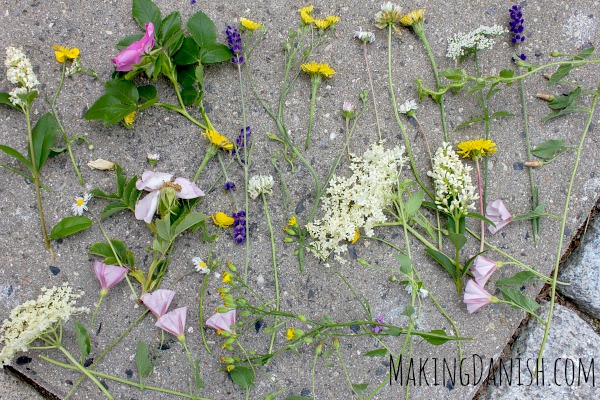
A few guidelines to picking (wild) flowers
Disclaimer: I like to point out that I live in Denmark and spend a fair amount of time in out neighbouring country: Sweden. I like to mention this as there are different laws to picking wild flowers depending on which country you reside in. In Denmark I’ve never encountered a problem, but I’ve heard that there might be in the US. Therefore take your time to get to know the laws that apply to your area before heading out to pick bucket loads of flowers.
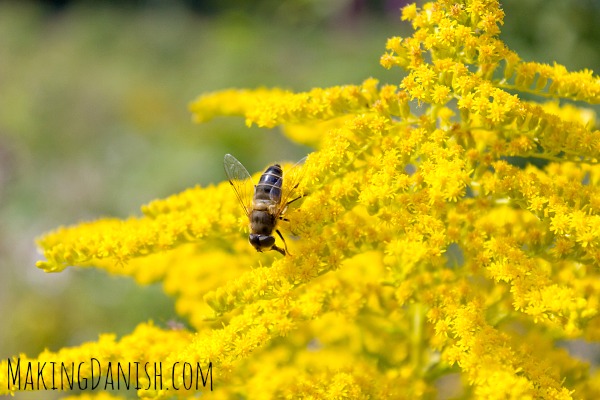
Don’t drag up the whole plant by it’s root. How to pick flowers is not a given – especially for toddlers, so remember to show and guide them. It can actually be quite tricky to figure out for little hands.
Don’t pick every flower – and sometimes don’t pick any at all. You don’t actually have to pick all the flowers you find – sometimes looking can be just as fun. Especially if challenge your kids to see what the plant look like from the other side without touching it. Leaving flowers on their stems make it possible for others to enjoy and might help preserving the ecosystem. This might not apply to a huge meadow filled with daisies, but if you only see a small gathering of a specific flower, look it up or simply leave them.
Don’t pick flowers from people’s gardens without asking or if there’s a sign asking not to. You might think this is common sense, but it might not be for a toddler. Also try to teach your children the difference between flowers that have been planted and wild flowers. Usually this means avoiding picking flowers in most parks and recreational areas, national parks and of course in botanical gardens.
Avoid picking endangered, rare or posinious flowers. Instead of steering away from them completely talk about why you should not pick these flowers, teach your children how to recognize them and simply take your time to admire their beauty on their stems.
Bring a container for the flowers you pick. We have often just used a paper bag, but a bucket or similar would work as well. Avoid plastic bags. You could of course also hold them in your hand, but my experience tells me everyone quickly gets tired of holding them.
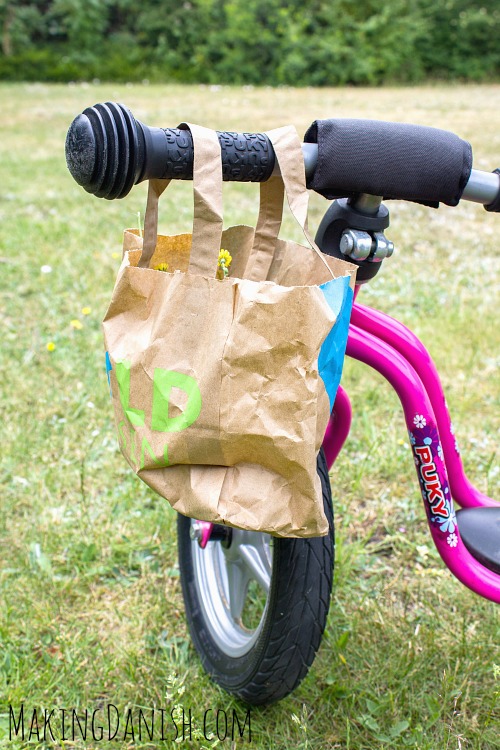
If you can’t remember the last time you went flower picking with your kids, then this might be the reminder that you needed. Even though looking for flowers – and even picking them – can seem overwhelming (what do I know about flowers?), changing it up, giving it a purpose and making it into a game can make it a awesome experience for eveyone. Installing a flower identification app is something that changed the way I pick flowers with my kindergartner and have definitely taught me more about flowers than I knew before.
Flower loose play inspirations
By Little Pine Learners
Make a Nature Bracelet
This incredibly simple activity is a classic. Don’t go another summer without making a nature bracelet! You can use the same contact paper that you used in nature activity #3, listed above.
Cut a little strip and wrap it around your child’s wrist. It isn’t double sided, so it won’t stick to their skin. Just add nature and you have yourself the most beautiful bracelet!
Want to see more? Here is the Instagram post.
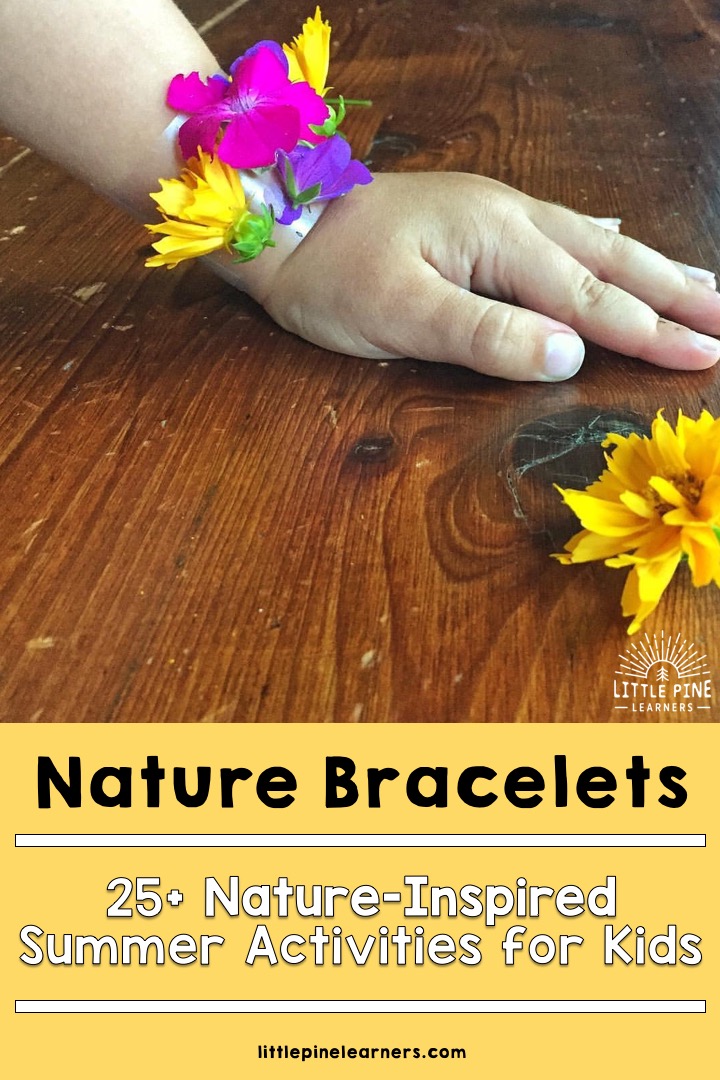
Make a Nature Picture
Have you ever tried dressing up a printable with pieces of nature? It’s a calming activity and the end result is always so beautiful! Check out these pretty butterflies below. Just decide if you want the colorful watercolor butterfly or black and white option and start creating! And remember, you can glue the pieces on or keep them loose.
Make a nature picture today! You can find the nature picture template and much more at My Wild Finds.
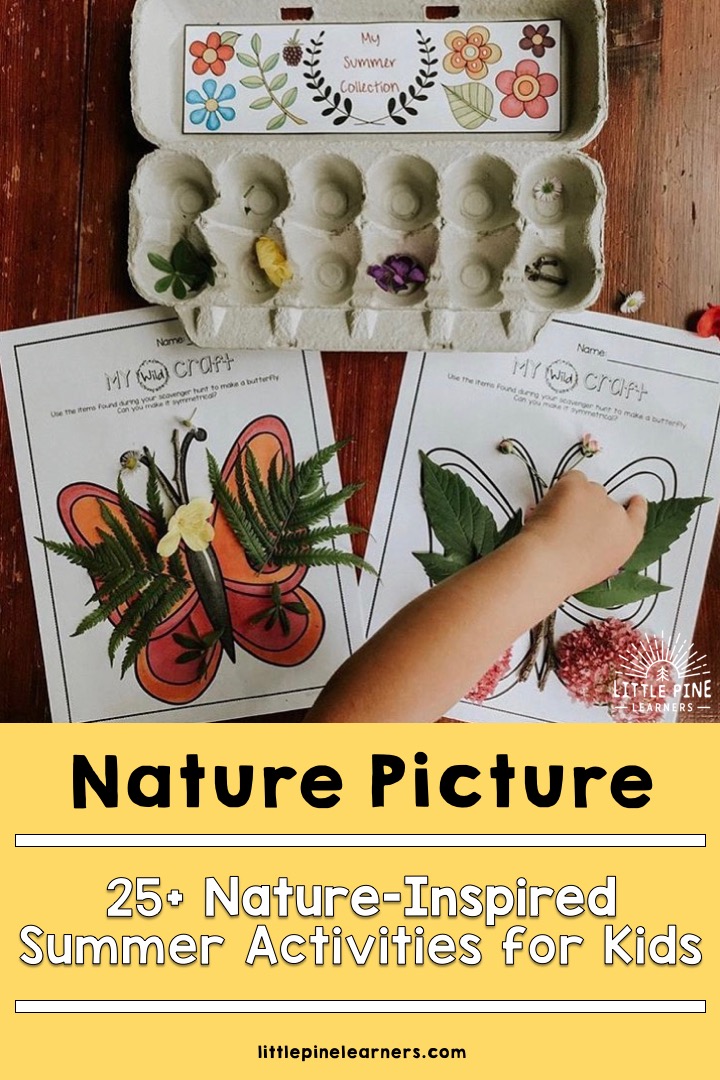
Paint Wildflower Shadows
This is one of those activities that turned out so much more beautiful than I expected! We brought some paper outside and found a tall patch of wildflowers to paint with watercolors. My son loved painting the shadows and was so proud of the final result.
Want to see how we extended the activity? Here’s the Instagram post.
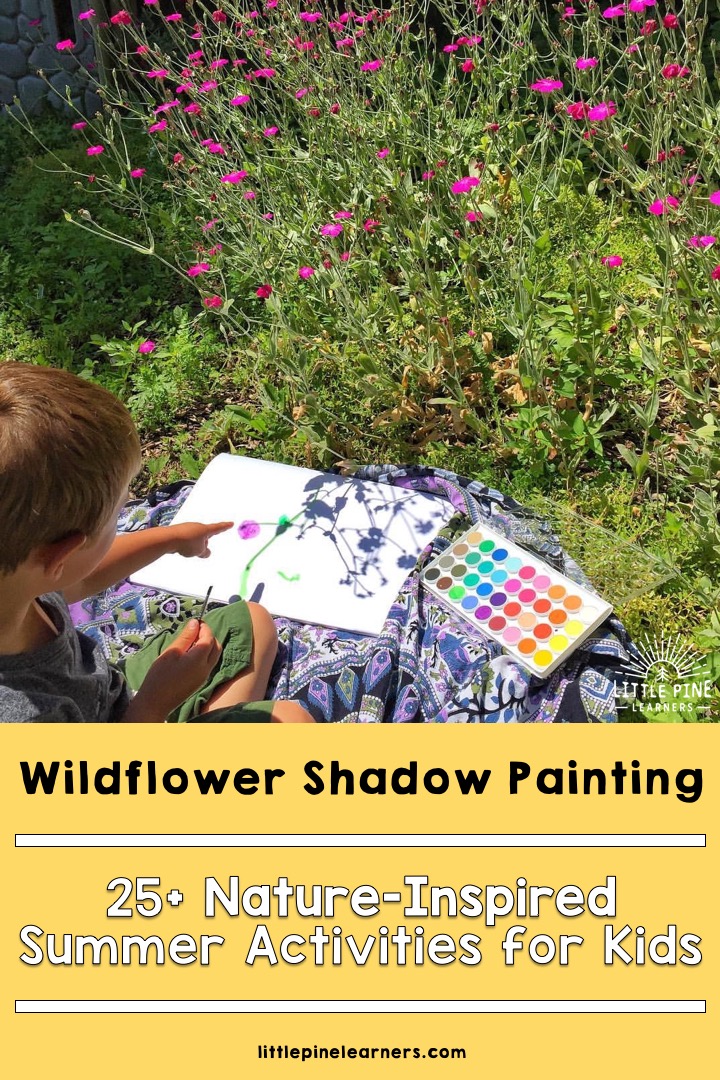
Make a Nature Lantern
Work on those fine motor skills with this pretty nature craft!
How do you make a nature lantern?
Put rubber bands around a jar. We used a plastic jar.
Weave flowers through the rubber bands.
Put a flameless tealight at the bottom of the jar.
This makes a beautiful centerpiece for the night or lantern for an evening nature walk.
Want to see more? Here is the Instagram Post.
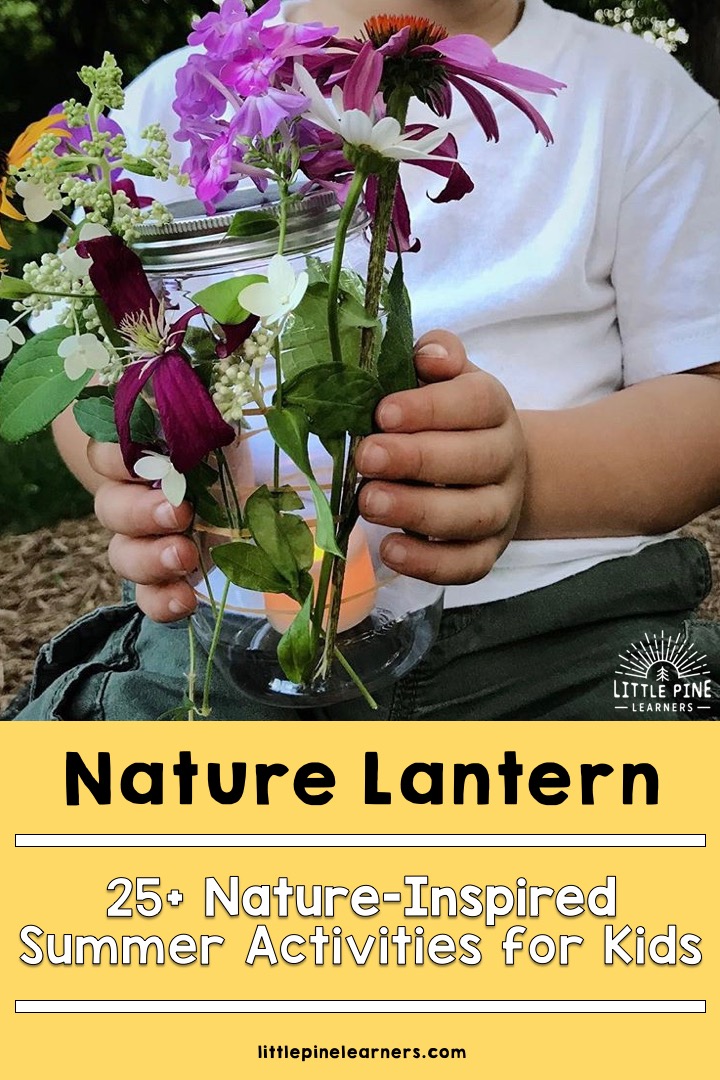
Make a Nature Crown
Nature crowns are not difficult to make. There tends to be a lot of weaving and tying involved and that is tricky to figure out. I think there is value in learning those skills and we will revisit other methods of nature crown making when the boys are a little older. For now, we like the method shown below. I printed out a crown template and let my boys decorate it with nature and glue. This is the perfect way to make a crown with little nature lovers! And now even a three-year-old can be the king of nature; even if it’s just for a day.
Make a crown today! You can find this crown template and much more at My Wild Finds.
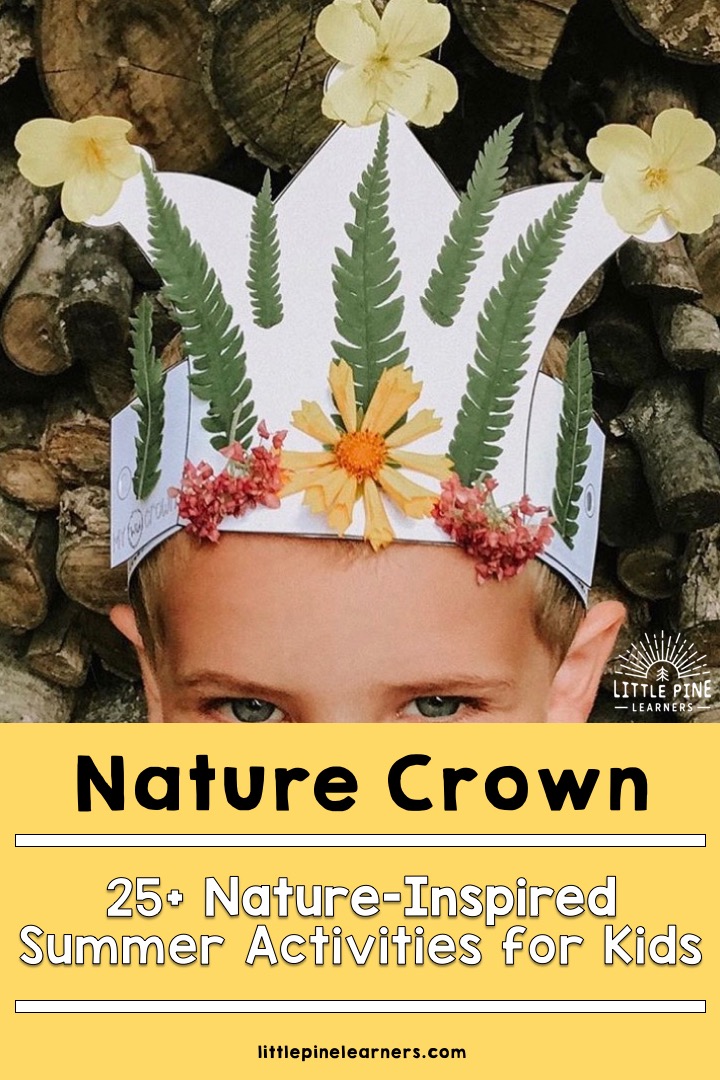
Make a Journey Stick
Here is another classic activity that everyone should try!
What is a journey stick?
A journey stick is a keepsake featuring items collected during a nature walk. These items could include things like sticks, flowers, feathers, or anything else natural that you find along the way.
How do you make a journey stick?
Find a walking stick at the beginning of your adventure and wrap rubber bands around it.
Collect items along the way and weave them in the rubber bands. We start at the top and work our way down to make it easier to track our adventure.
Talk about your adventure when you get home and use the walking stick to retell your journey. This is such a fun way to discuss order of events!
Want to see more photos of our journey stick? Here is the Instagram post.
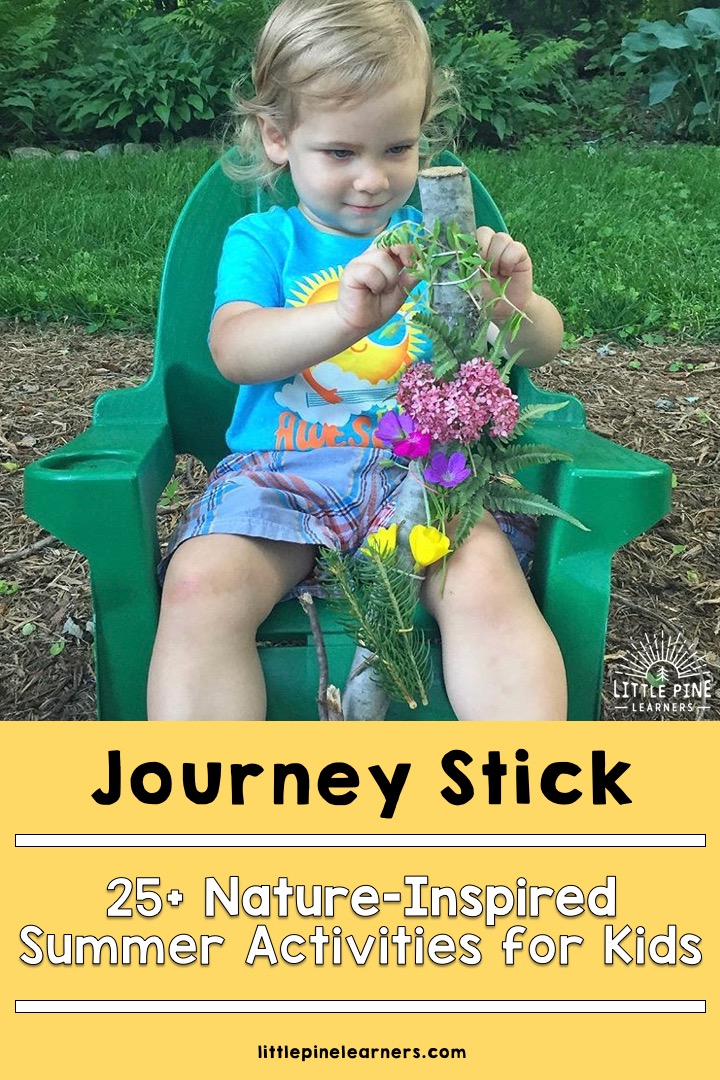
What is you child’s favourite thing to collect on a nature walk?
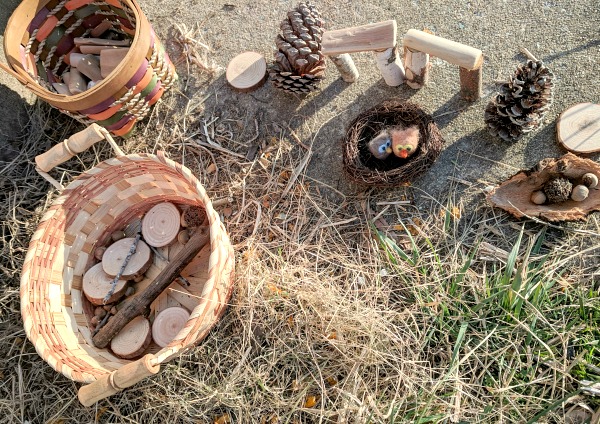
Setting up your outdoor area to include loose parts can be broken down into three simple steps:
Gathering the Goods: Nature’s loose parts are all around us. If not in your own yard, chances are you’ll find them at a park or playground nearby. Water, dirt, sand, gravel and mud are also substances that can greatly enhance loose parts play outdoors.If access to water outside is a challenge, a plastic jug with a spigot is the perfect solution. Gathering loose parts from nature will become part of the experience itself. If you wish to add manufactured natural items, craft stores often carry a selection of tree circles, drift wood and tree blocks for purchase. You can even make these items yourself or enlist the work of someone in your family or community.
Add-ons from Indoors: Recyclables and common household items can become great loose parts. A variety of containers are useful for filling, pouring, storing and transporting. It is also helpful to note materials that can withstand the elements to be left outside or how you might store ones that are more sensitive to the climate. Consider items that will infuse your space with texture, color and even sound!
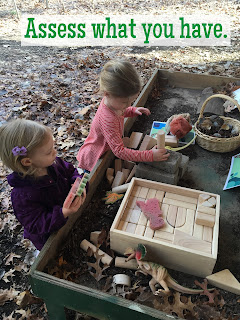
3. You’ve gathered the troops. You’ve gathered the goods. Now you’re ready to play!
As your children begin to use loose parts outside, you’ll gain ideas of what might be added. Sometimes it can take time and tweaking to best set up your space. Don’t be afraid to get down and dirty with them–a curious adult encourages curious children!
Once you start the process of infusing outdoor play with loose parts, you’ll likely be inspired to take it inside with you. Perhaps you’ll try this fabulous Bird Nest Play Dough Invitation! And if you’ve made it this far, you likely also can see that while they are busy at play, children using loose parts are learning a lot, too. Join me next time when we will explore the use of loose parts for teaching math! Be sure you’re on our email list, so you don’t miss the next post in the Loose Parts Play series.
LINKS FOR more LOOSE PARTS PLAY IDEAS
Loose parts play in the garden
We love playing with loose parts, and when the weather is nice we like to take our loose parts play into the garden. If you fancy giving loose parts play a go (and I thoroughly recommend it), the garden is a great place to start.

Loose parts are any object, either natural or man made, that don't have a pre-defined purpose for play. Open-ended materials such as these invite curiosity and encourage imaginative play, as children are totally free in how they use them.
You may have seen pictures of some beautiful classroom setups with baskets full of bits and pieces, recycled boxes etc, and thought it looks a little overwhelming and messy. Don't let this put you off! You can introduce loose parts play in any scale to suit you.
As a SAHM of three boys I understand the sheer amount of tidying you have to do on a daily basis. Some days I feel it's about 50% of the job, with the rest being chef, councillor, launderette, secretary, personal shopper, hostage negotiator... have I missed any? 😂
The benefit of loose parts play outdoors is that you don't have to tidy constantly to avoid being surrounded by mess, you can leave their play undisturbed and close the back door!
I struggle to ignore a pile of Duplo in the living room but can look the other way when there are a few stones strewn across the lawn
So if you don't want to have bits and pieces everywhere, try loose parts in your garden!
Here are our favourite loose parts for playing in the garden:
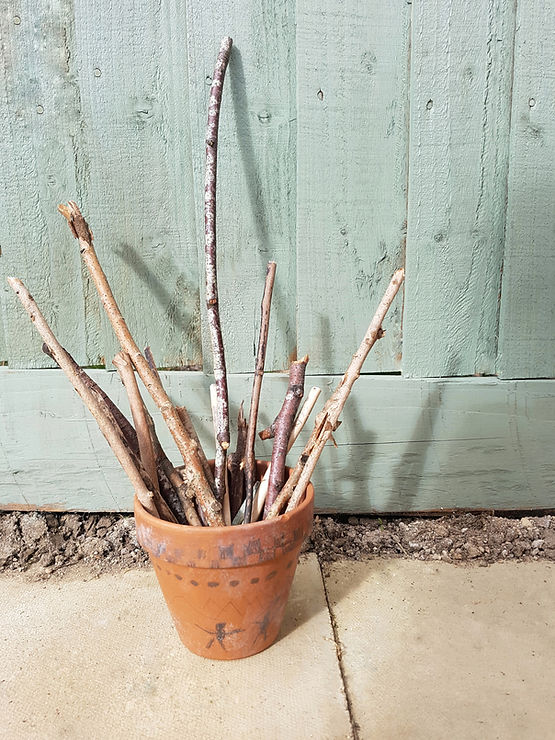
Sticks
Sticks hold an age-old fascination for children and they are such a versatile toy. Avoid the urge to ban them on the grounds that they are dangerous, you just need to lay down some ground rules (no hitting, no running with them etc) and your children can have so much fun.
We keep a stash of small sticks that are ideal for stacking, posting, counting etc in a pot and then a handful of large 'walking' sized sticks are propped up by the back door - these are often made into impromptu dens when the weather is better.
See our post on 10 ways to play with sticks
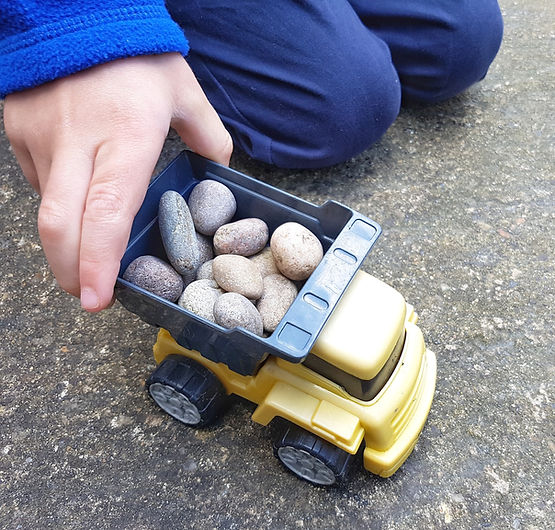
Stones
Stones are probably our favourite of all the loose parts we play with in the garden - they can be carried around and dumped in trucks, made into stone soup, used to build miniature walls for houses, for maths invitations etc - they are just so versatile!
We also like to decorate them with paint pens or marker pens for a nice bit of creative therapy. Check out our Instagram account for some of our stone creations.
Some of our stones are from a garden centre but most are where we've collected the odd pebble at the seaside or come across an interesting stone on a walk. We're always careful just to take one or two so there are plenty for others to enjoy.
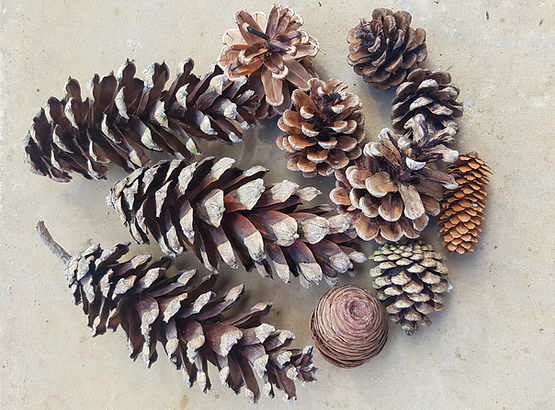
Pine cones
I have a confession - I'm slightly obsessed with pine cones! I can hear my husband's sigh when I run off during a family walk and scour the floor under a tree. I just love how many sizes and shapes you can find.
As a result our tub of nature finds is now overflowing with pine cones, so I add some to their loose parts play outdoors. They're a great tactile addition and when used with smaller things such as pebbles can make lovely sounds. Mr 6 currently likes to add them to his garden 'cooking' ands Mr 2 enjoys placing them all around the garden.

Old pots and pans
Pots and pans are a fantastic addition to the loose parts in your garden, and can be picked up for pennies from car boot sales and charity shops. Just look out for stainless steel so that it doesn't rust. Things like balti dishes, milk pans and pudding bowls are perfect as they are small so easier for little hands to pick up and move.
We have a flexitub full of smaller pots and pans that we keep in our playhouse, along with a handful of metal spoons and a whisk, which Mr 2 and Mr 6 love playing with. They are often cooking 'meals' for me to sample!
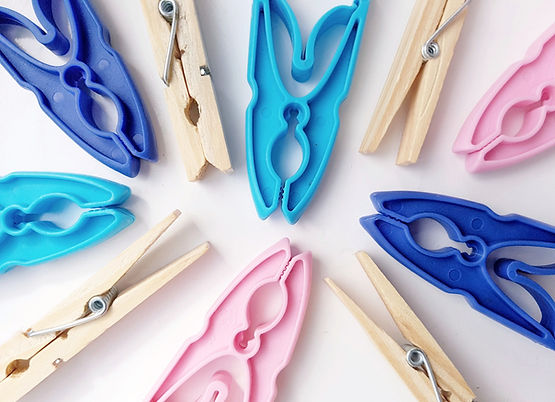
Pegs
You've probably already got some pegs at home, if not in the garden then likely kicking about in a drawer. Pegs are really handy tools for developing fine motor skills and they're so fun for children experiment with - seeing what they can be pegged onto. They are also great for pinning material such as sheets or scarves to make dens in the summer.
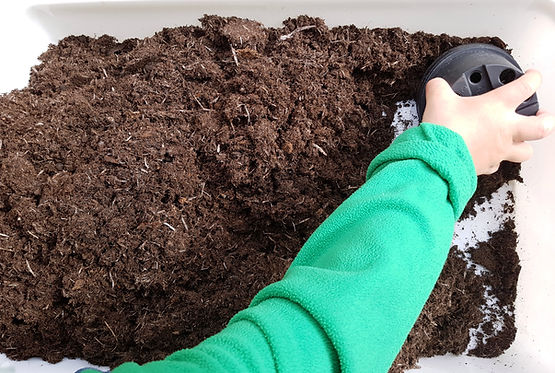
Soil
Scooping, pouring, brushing - soil is a wonderful sensory element to add to your loose parts play. If you're worried about the mess, or you don't have a big garden, just use fresh compost and pop it into a tub. If you have the space to create a mud patch, top soil works really well and mixes with water to create some fabulous mud pies! Sediment Jars to find out what is in your soil.
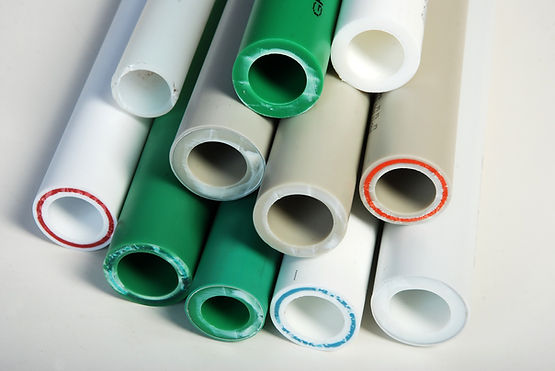
Pipe offcuts
Leftover pieces of hose pipes and PVC piping are amazing for water play! But they can be played with in so many more ways. Think standing upright and balancing stones on top, for marble runs, for telescopes, talking through, skittles, and if your boys are anything like mine - swords... 😜
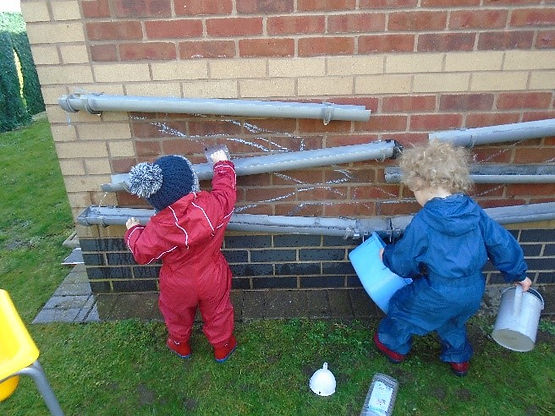
Guttering
Another great one for water play as well as sand, children can observe the forces of gravity at work when things such as stones, cars and water slide down, slower or faster depending on what angle they tilt them at.
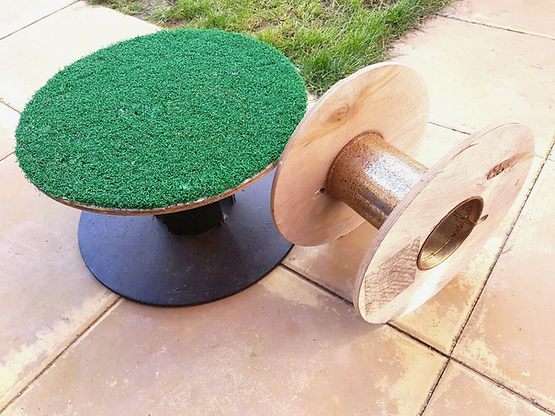
Cable reels
Small cable reels ones are ideal for stacking and adding a bit of height to play. You can usually pick some up for free from local builder's merchant, just put out an appeal on Facebook, or make a couple of calls.
We have one painted in chalkboard paint (which can be drawn on), one with a free sample of astro-turf on top (perfect for small world play) and one left plain (rust and all). If you have room to add some wooden planks, your child can have fun combining them to climb up or create ramps.
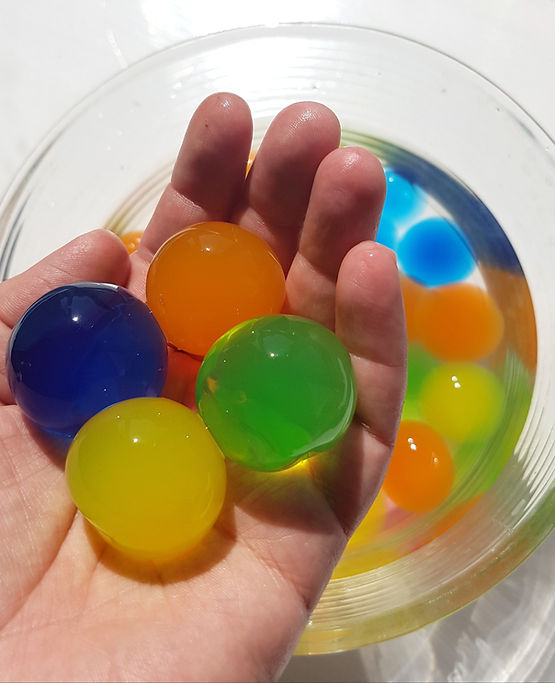
Water beads
Originally designed for decorative flower displays, water beads or 'orbeez' have become a popular sensory toy - just add water and they will grow like magic. We love them because they feel amazing, they are really colourful, they're great for scooping and pouring, plus they are totally biodegradable. You can get small beads or giant ones, both just as much fun.
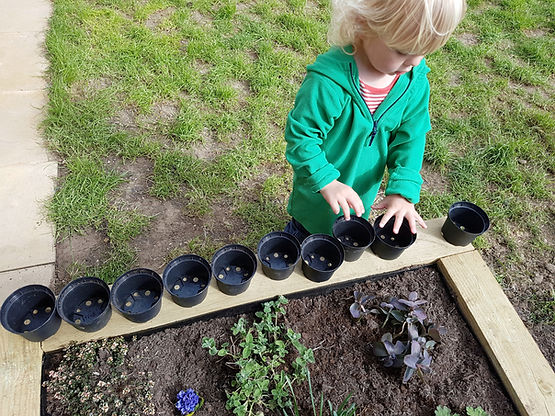
Plastic plant pots
Small plant pots are great for stacking, building and transporting. There's no need to buy them, just recycle and pots you get from garden centre or supermarket purchases. If you don't buy plants, then large yoghurt pots make a great substitute.
Want to give loose parts play a go? Download my FREE printable loose parts collectors lists:
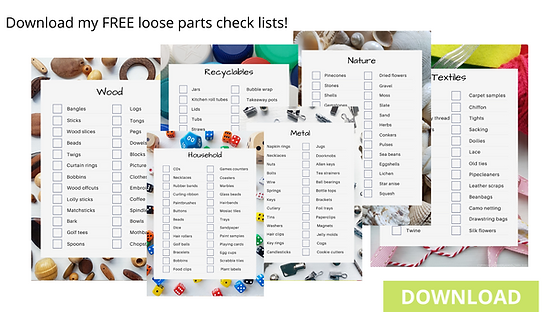
Have you tried loose parts in the garden? Let me know!
Do you have older kids? Teens or Tweens?Here’s our ultimate guide to getting older kids outside!
Outdoor Activities for Teens and tweens
Click on pictures for more POSTS IN THE LOOSE PARTS
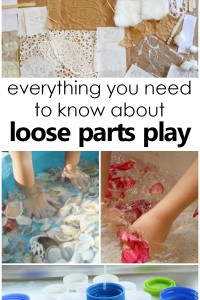
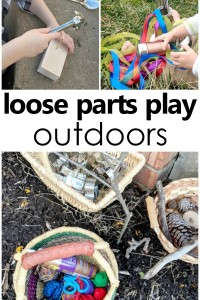
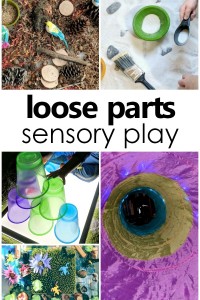
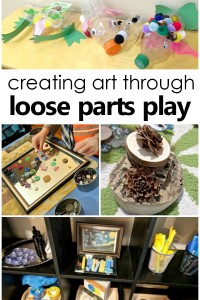
MORE IDEAS FOR NATURE CRAFTS AND PLAY
For more ideas on nature crafts for kids, check out the craft section of the blog. My gardening with children and exploring nature sections are great for outdoor fun too.
My free printable family bucket lists are also full of simple kids outdoor activities – there’s one for spring, summer, autumn and winter.
You might also like to join my Nature Crafts & Play Facebook group where we share lots of great tips and ideas for exploring and enjoying nature with children.
And finally, if sharing nature play pictures on social media is your thing, my copy & paste nature hashtag lists will come in very handy!
Frame it Collages
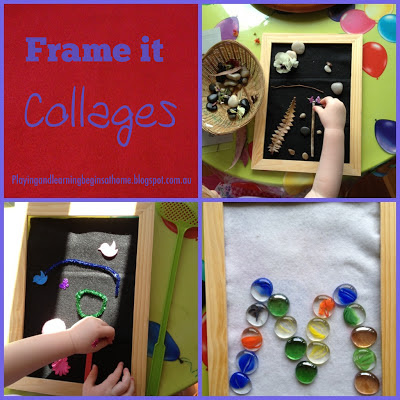
Emily loves doing collages. Here's an alternative way to create pictures that can be done again and again. It does not require glue and can be done with materials that are tricky to glue or cannot be glued.
The frame really helps their work standout and gives them an area to work within however is not neccessary!
I love the ikea frames and they're really cheap!
I simply take the backing and plastic cover off and just use the wood frame!

I also like to get some felt to work on. It makes a great background, offers a different texture to paper and holds or grips the objects nicely...This is opptional.
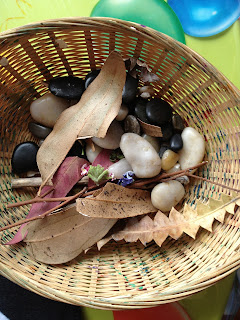
We reused our basket of natural objects collected from the garden from our nature dough!
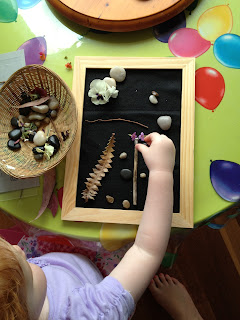
Carefully placing the items where she wants them and telling me what she's doing at the same time.
I ask questions to get a deeper level of understanding and to challenge her. She's using these objects to represent real things. The white flowers are clouds, one of the rocks is a sun, the smaller rocks are grass and she's making a tree.
Interesting that she is using objects found in the outdoors to create an outdoor scene.
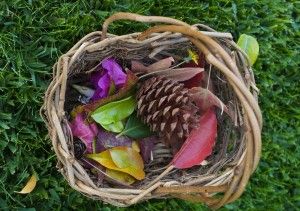
You could use any number of objects to create pictures.
Here we have some pebbles or wishing stones!
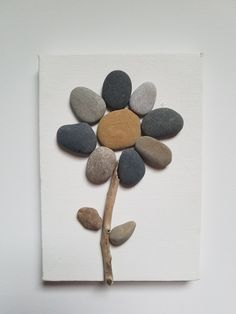
We played a recognition game building letters and numbers.
We took it in turns to make letter or number shapes with the pebbles and the other had to say what letter or number it was, however Emily was very impressive!
And clever too. look at her nature frames.

You could use more commercial objects to make your pictures also, popsticks, matchsticks, pipecleaners, pompoms, buttons, jewels etc.
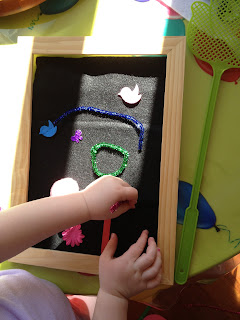
The best part is you can make your pictures again and again and again.
Take photos of your child's collages as memories and type up or add text of what they said about their picture in their own words.
They will make great keepsakes and memories.
Try Some Play of the Wild Links
Try Some Play of the Wild Links
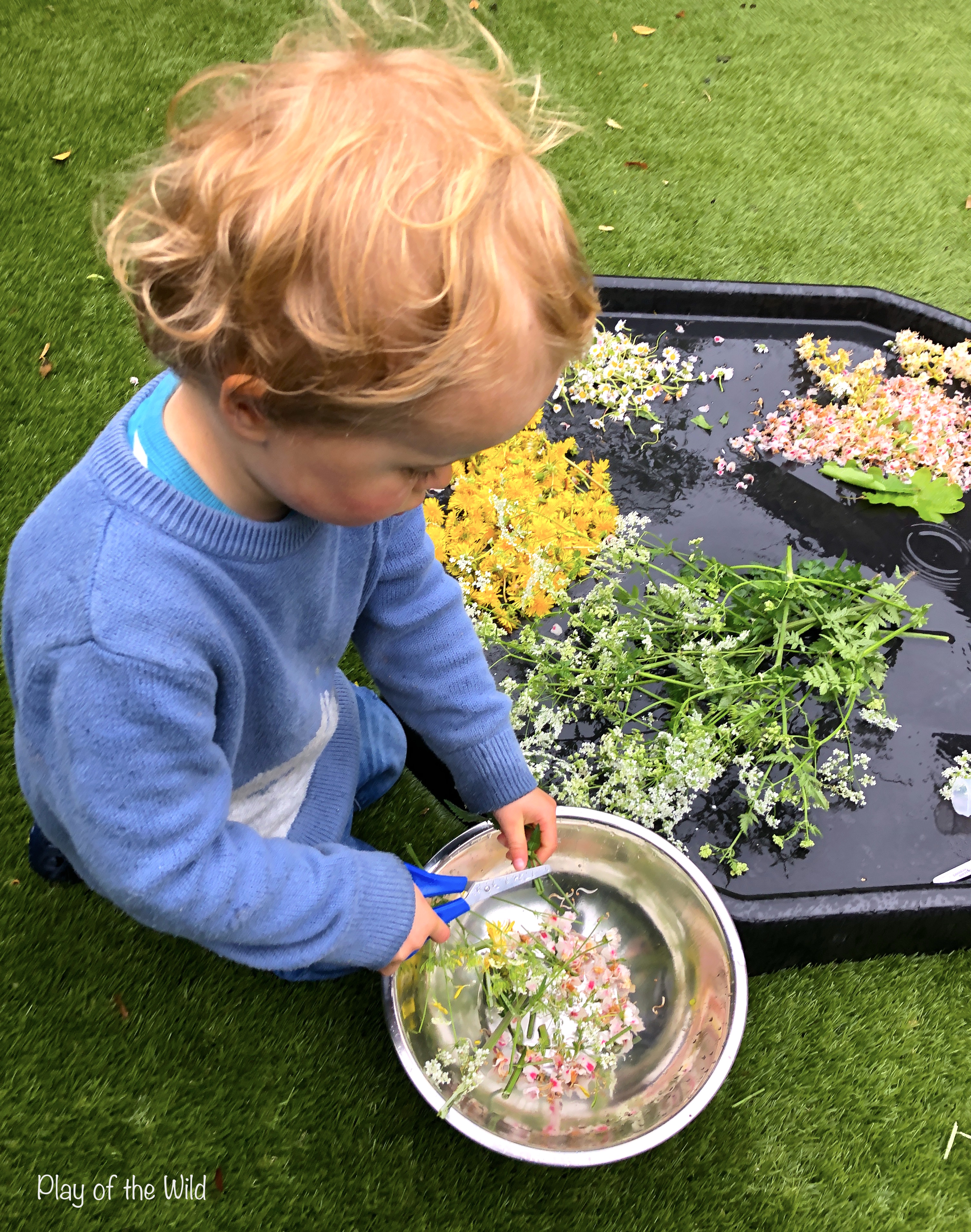
Loose Parts Play Ideas for Toddlers
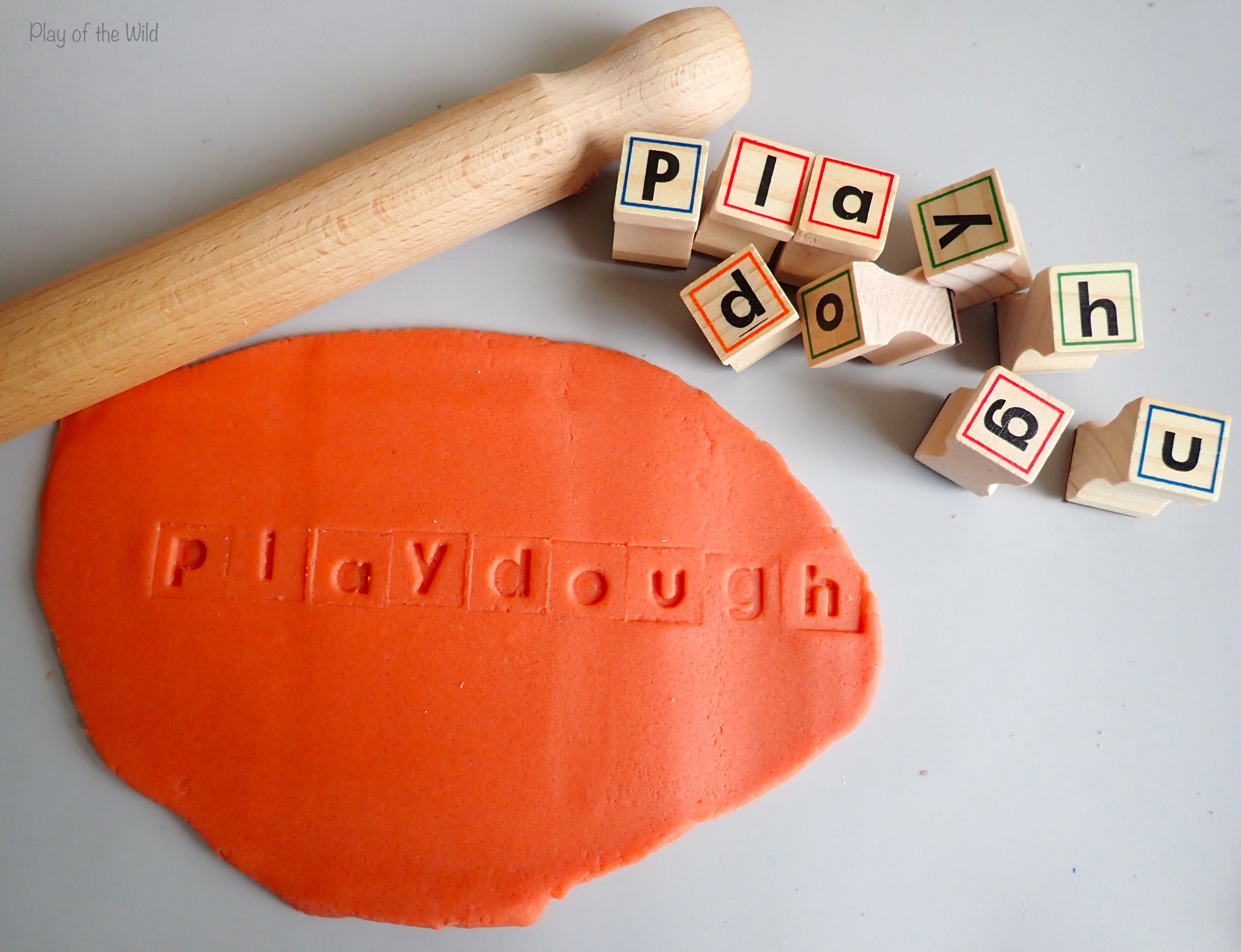
DELICIOUSLY SMELLY PLAYDOUGH RECIPE

HOMEMADE COOKED PLAYDOUGH WITH
CREAM OF TARTAR
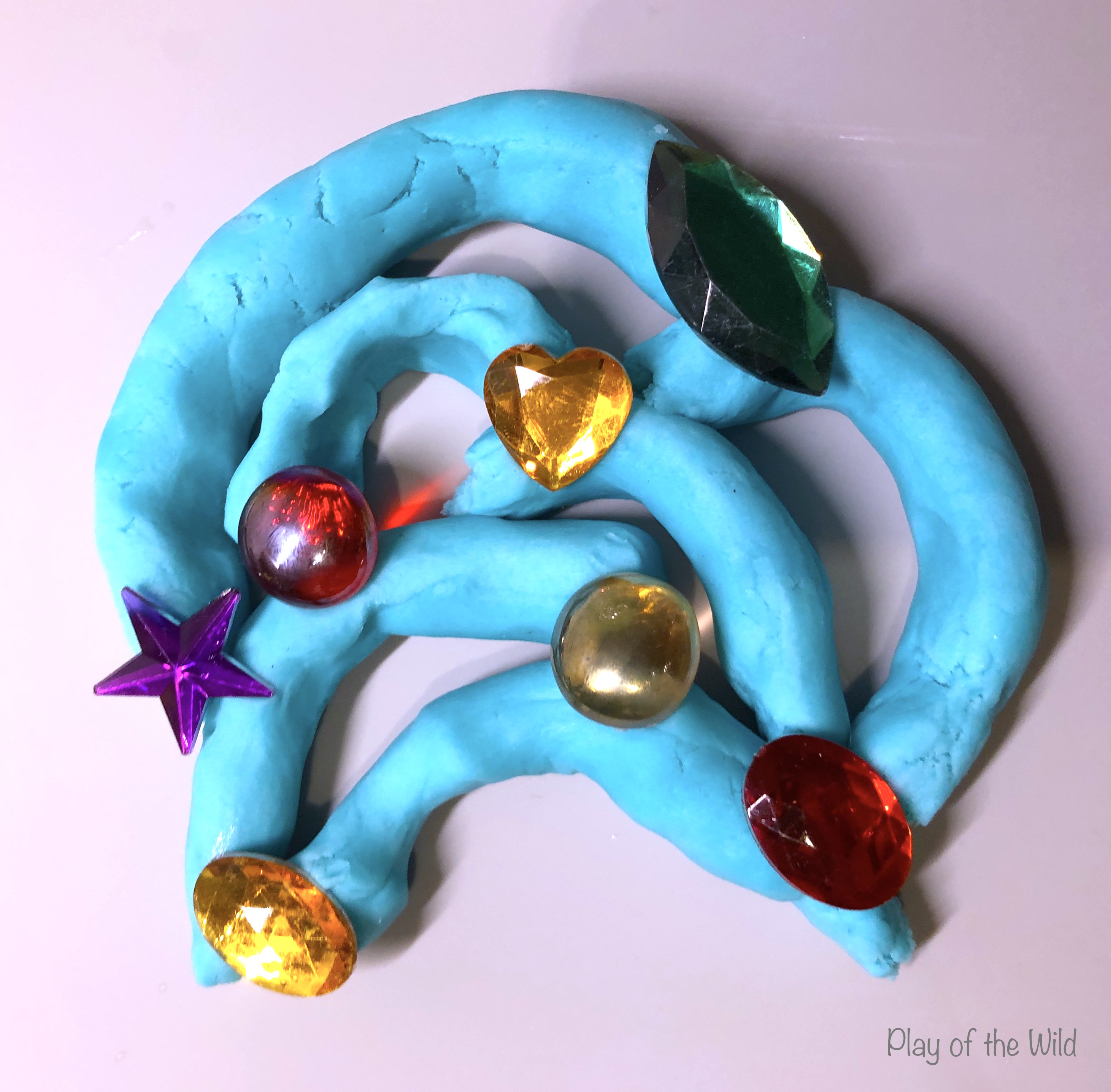
HOMEMADE PLAYDOUGH WITHOUT SALT
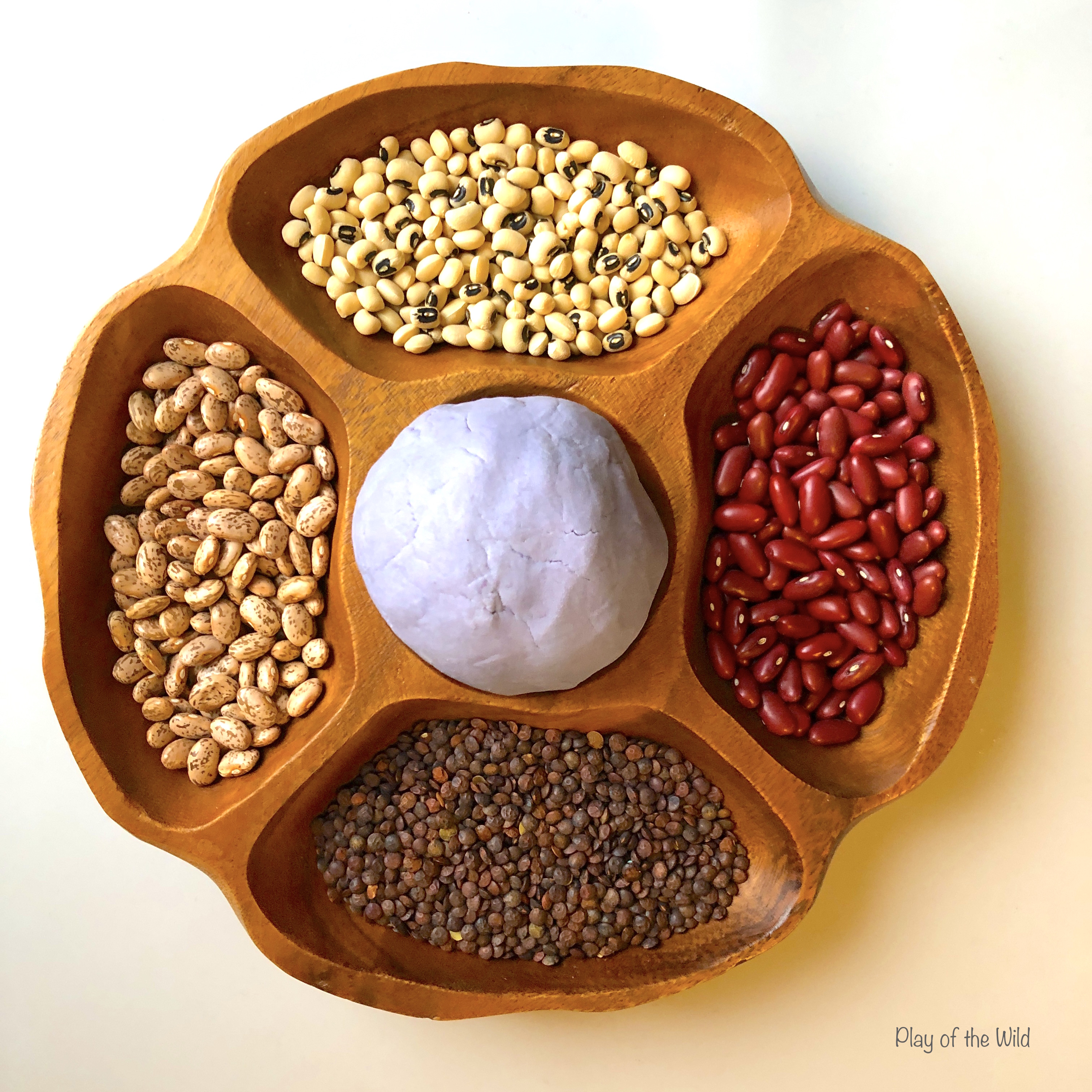
Conditioner Playdough Recipe without Salt

Natural & Non-Toxic Play Dough Recipe
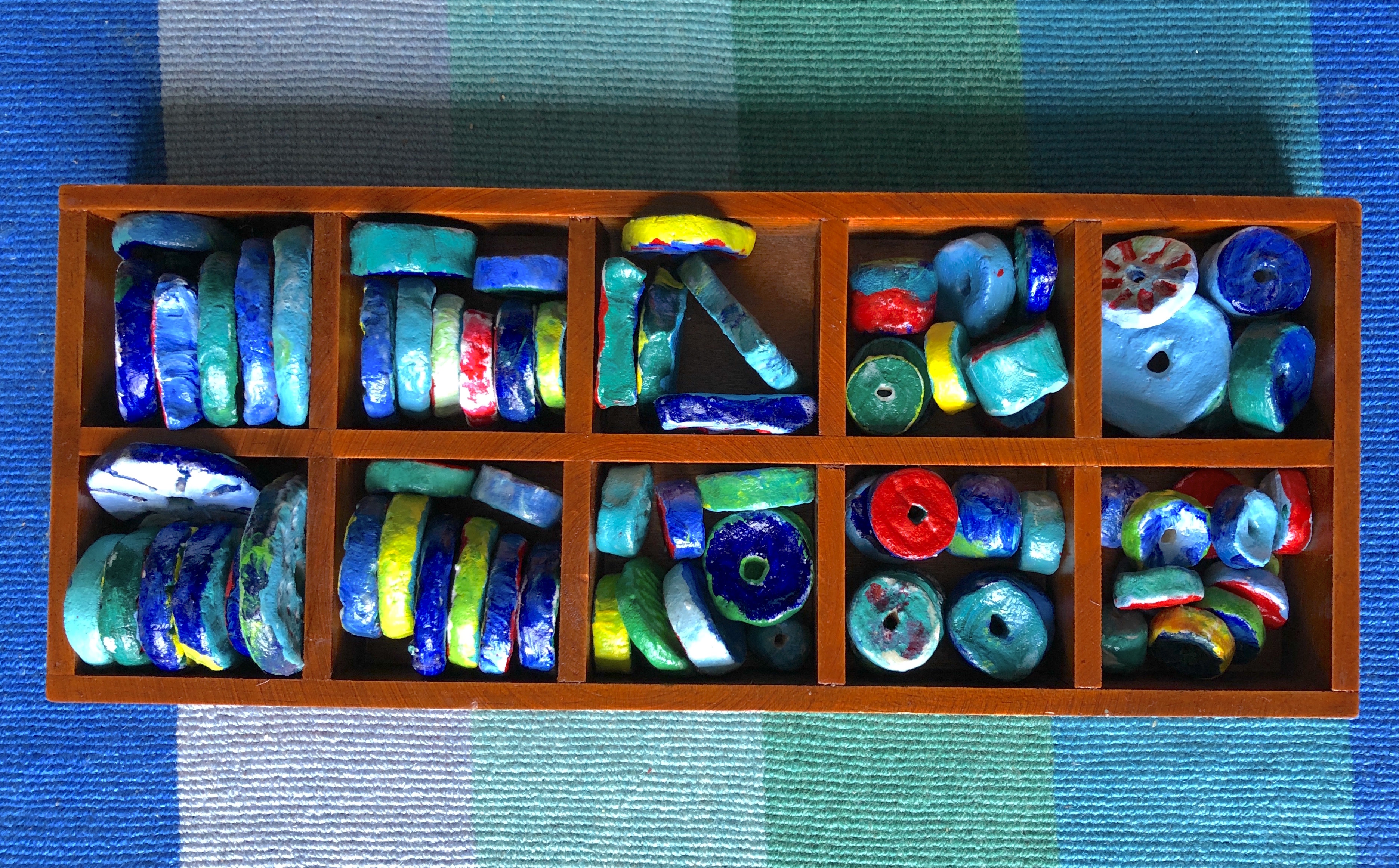
HOW TO MAKE SALT DOUGH BEADS WITH CHILDREN
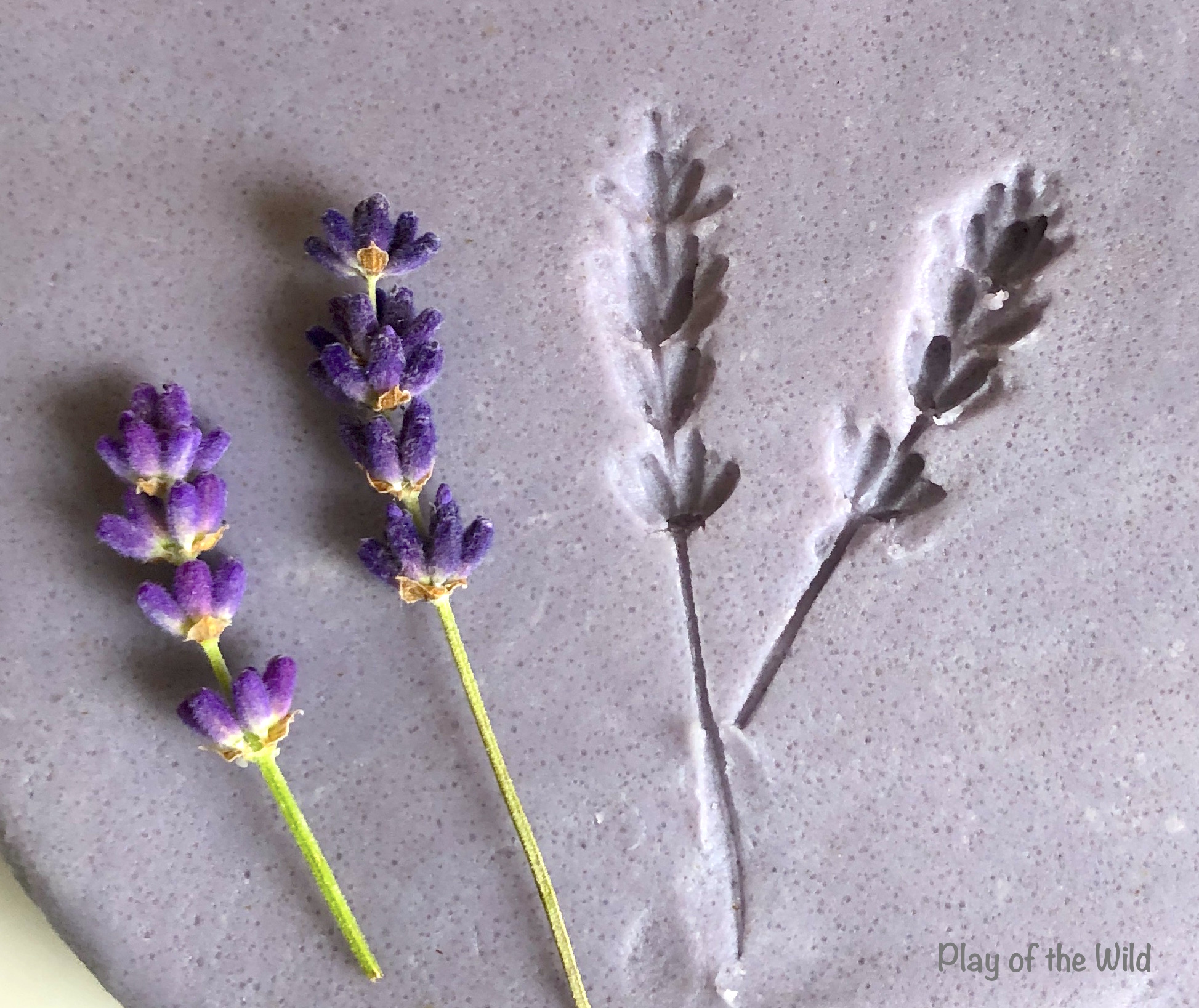
AROMATHERAPY PLAYDOUGH RECIPE
Reggio Inspired Nature & Loose parts play
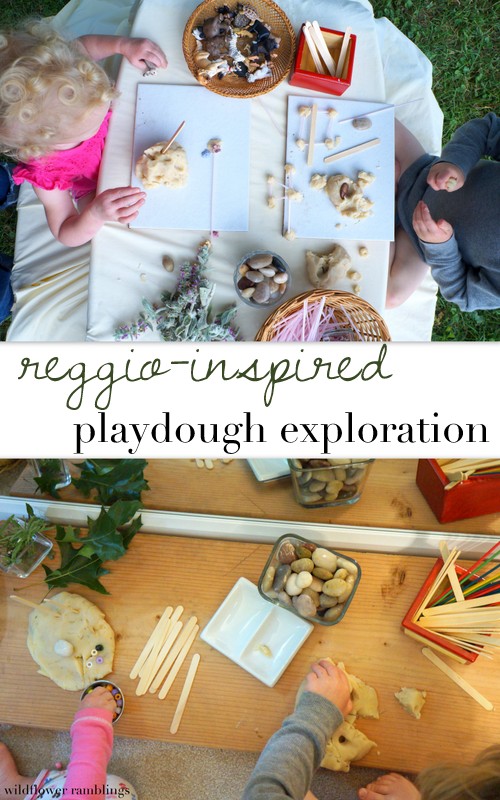
We have been enjoying child led playdough exploration around here lately. Mirrors, objects from nature, and small parts can make play dough an inviting time of open ended learning and creation for little ones.
We shared 5 ways to make letters using playdough, and now we wanted to share our play time!! I set out our playdough, along with leaves, lavender, rocks, craft sticks, tiny colorful pony beads. And I let my children play on the floor, on our large wood board, next to the mirror in their Reggio-inspired play space. My son was ecstatic — “I can play with it on the floor?!” I don’t know why I hadn’t thought about this before — that he never really enjoyed playing with play dough. Well, I had been confining his play to the kitchen table. And who wants to sit in the place they have to sit during meal times?
Simple change the location of play and add inviting objects to play with — namely, don’t tell him he has to “make” anything — and he is a whole new boy! He loves playdough now, and has been excelling with his imagination, mathematics learning, and spatial awareness.
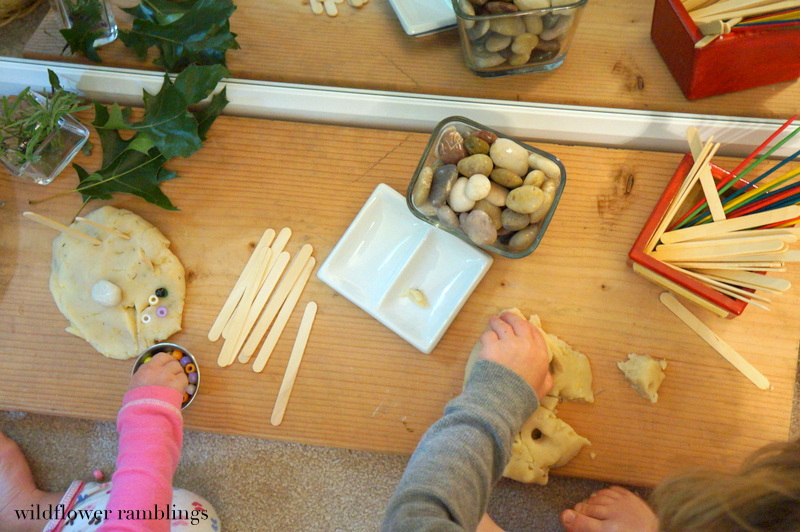
There was a quick time of sibling collaboration, which I love and encourage. Allowing the children to guide their learning and play time has really been wonderful for John and May’s relationship.
Next, we took the playdough play time outside. I set up two tiles, so each child had their own space. I also set out little craft sticks, straws, little Schleich animals, little paper flowers, rocks, and flowers cut from the garden.
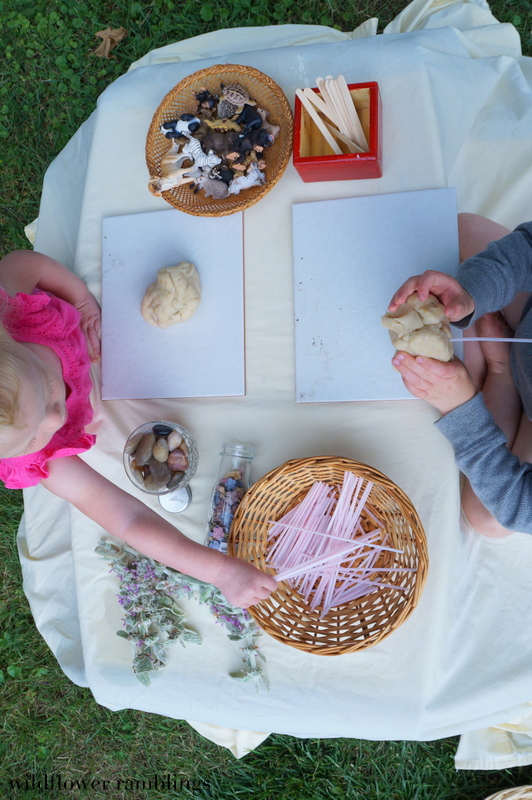
John loved tearing apart the playdough, so I showed him how to create shapes
May played with the animals — and she began feeding her little bunny!
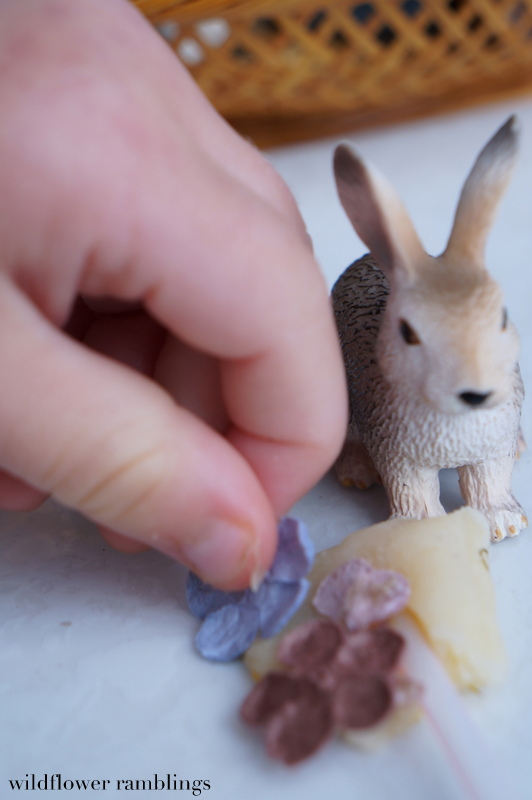
Creating shapes with tiny balls of playdough and the mini straws, cut to different sizes.
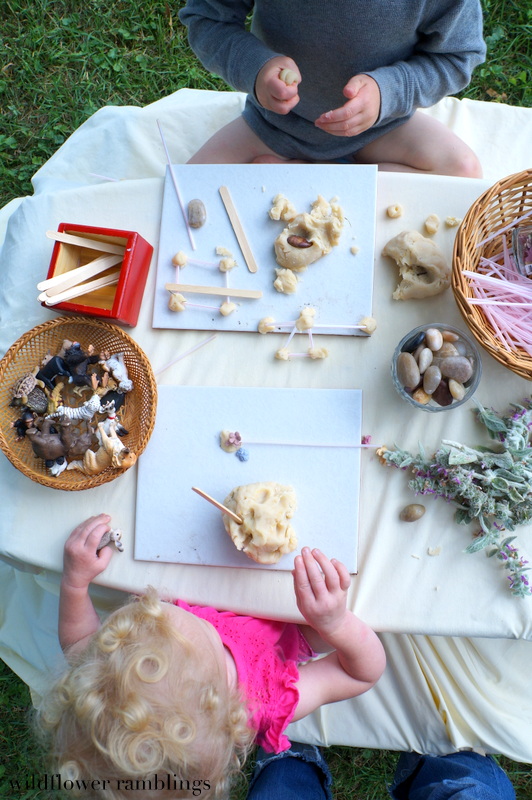
Making playdough snakes.
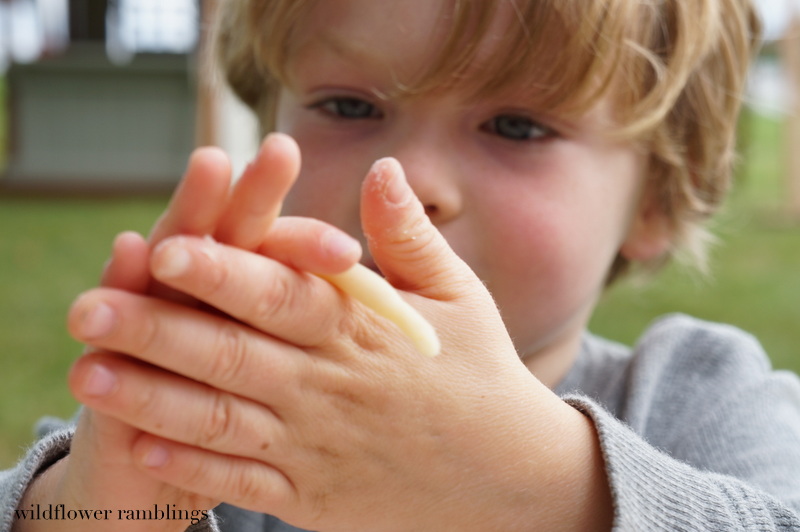
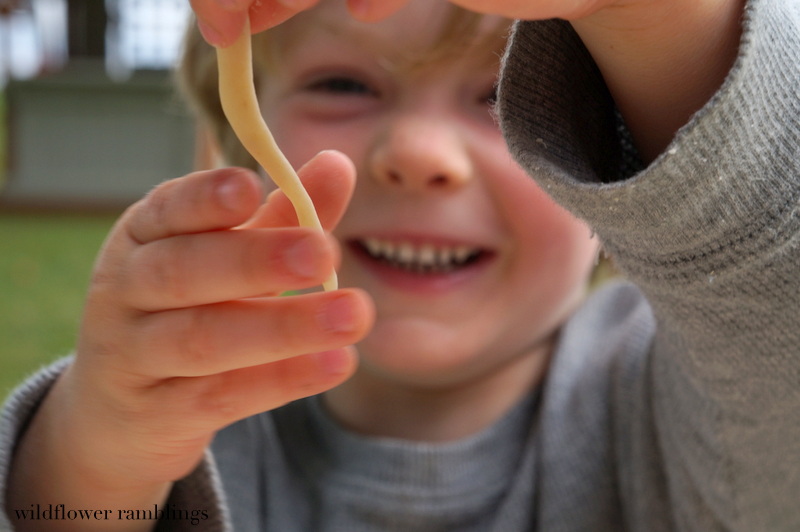
A little playdough sculpture by May. She will often play for over an hour!
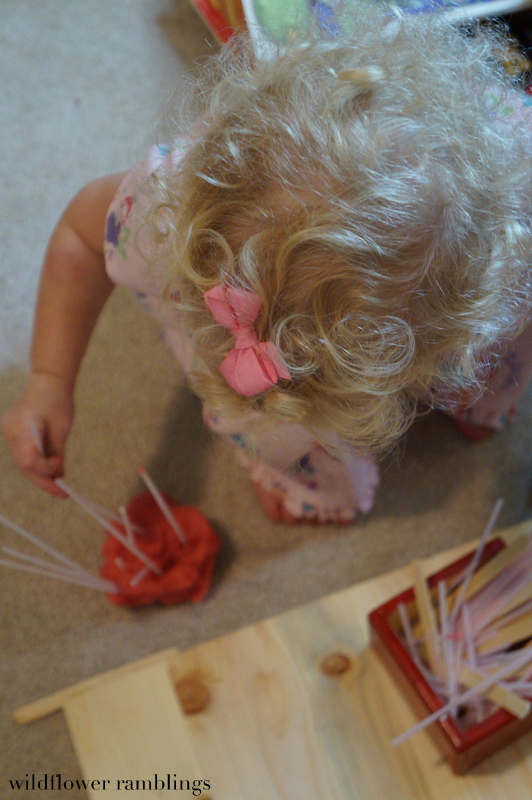
We have loved this time of creating in our home. The children are challenged to use their imaginations when given open-ended learning and play opportunities. Check out more of our Reggio Emilia inspired posts :
30 plUS WAYS TO APPROACH LOOSE PARTS PLAY!
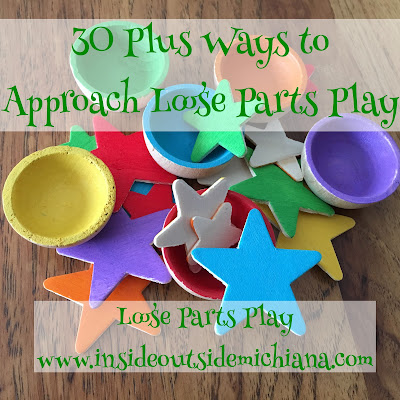
Loose parts play can be as simple as finding a stick and using it in play or it can take a more complex approach to open ended landscapes. The term “loose parts” became popular with the Theory of Loose Parts by Simon Nicholson.
He advocated for movable items in outdoor play settings in his work as a landscape architecture. Today, the term is fairly ambiguous with some guiding principles: open ended materials and lots of options. See a post about quotes about loose parts here and the basic premise and resources here.
While the guiding principles remain consistent, there are many ways to approach loose parts play. I choose to take a more inclusive approach allowing for different interpretations and applications of the term, as it is rather “squishy”.
Some of these may overlap but I found them unique enough to list separately. Here we go!
Treasure Baskets—A well curated basket is perfect for infants and toddlers. Think of textures, safety, and opportunities for exploration. Scarves, textured fabrics, mouthable wooden blocks and other items, large, smooth shells, etc. are great additions.

Small World Play—Create a miniature world with lots of loose parts. This might be a specific habitat of local animals, a fairy garden, or other miniature type world.
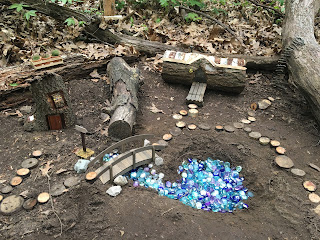
Faces—Faces can be made in so many ways! We make them out of clay on trees, draw a circle on concrete and use natural items, or use found items inside a frame or a circle. Try the books Let’s Make Faces with this approach. Seriously, the sky is the limit with making faces with loose parts!
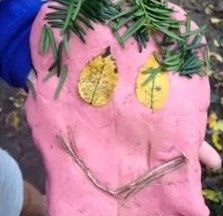
Ramps & Balls—We love ramps and balls as it allows so much STEM exploration and it’s just plain fun! I watch gown adults and older children making more complex configurations. See how we made our own ramps here.
Blocksand Add Ons—Blocks are a standard loose part. I like adding more elements to the mix and non-standard options to extend the play. We often have bins of acorn caps, shells, sticks, walnut shells, and other items near the block area for additional play opportunities. Read my post about block play here.
Playdough/Clay—Playdough and clay are such a great base material for molding, stamping impressions, building, connecting, and experimenting with textures. Both playdough and clay have a unique feel. There are many recipes available for playdough; we like this one. Clay is such a neat natural substance. We enjoy using clay to make “faces” with natural elements on trees outside. My 10-year-old son makes and sells play dough and loose parts kits at Pop Up Handicrafts locally. Look for nature.play.dough.

Sensory Bins/Experiences —Sensory bins can be a shallow tub, a dishpan, a pie plate, or a larger sensory bin in a school setting. While they can be filled with any loose parts, here is a simple “formula” that can be followed. The possibilities are endless! Sensory experiences may include playing with pea gravel, sifting hands through sand or soil, etc. “Junk” Jars and Junk Play—Loose parts play can be as simple as allowing children to interact with “junk” in their own way. You may do this by collecting junk in a big jar. Junk could be unneeded items, extra screws, netting from oranges, scrap wood or fabric, etc. Larger “junk” could be leftover building materials old tubes, etc. Children can create and build with the materials. This would be a classic of how we grew up scavenging for junk in abandoned lots or similar to the storyline of Roxaboxen.

Adventure Playgrounds—Playgrounds full of loose parts are popping up various places such as The Anarchy Zone in New York, designed by Rusty Keeler. Think of the junk jars and junk play with a permanent place with a little more adventurous offering. Trained playworkers staff the space. Find playwork training at Pop Up Adventure Play.
Pop Up Play—Pop Up Play can be similar to junk play or adventure playgrounds; however, it is typically for a short time period, such as a special event or weekend. Pop Up Adventure Play has a great resource on how to set up pop up play in your area--find it here, with volunteer training and checklists here, and mini kit here. Gather staple materials, get the word out, use simple training with the adults, and have fun playing!
Build It or Loose Parts Parties—Have a party on a specific loose parts theme. Loose parts play can also be incorporated into just about any type of celebration or party. Whether it is having loose parts out as a centerpiece that people can play with, having specific open-ended play opportunities, or having a whole Build It party, play is meant to be a part of celebrations and parties. Here is an example of using loose parts in a pirate themed party, a fairy/wild thing party, and International Mud Day.
Seasonal Activities--Loose parts can be a great addition to holiday parties or seasonal activities. Read about loose parts with Valentine's Day, Halloween, etc.
OutdoorClassrooms—Having specific spaces set aside or outdoor play can be very beneficial. In the outdoor classrooms I have developed, loose parts are the “layers” that make the outdoor space work with space
LooseParts Toys—Some toys are more opened ended and have a loose parts vibe. Check out my list here. Think magnetic blocks, moveable marble runs, fort kits, etc. If Grandma insists on buying a birthday present, send her this list!
Grab& Go Kits—Create small bags that easily can be taken to use while out and about, waiting for dinner at a restaurant, during quiet time, etc. See some examples here. Here is another example of a robot tinkering kit.

Curated Collections—There are so many beautiful trays and carefully created collections for loose parts play. There is intentional design in choosing items that work well together. Nora Ryska’s work at Montessori Restore or the Loose Parts and Loose Parts 2 (aff links) books by Beloglovsky and Daly are good examples of this.
NatureArt/Land Art—Several great artists, such as Chelsey Bahe, Patrick Dougherty, and Andy Goldsworthy. Natural materials are used with artistic elements to create nature play scenes, whimsical stick creations, and just for the moment nature art. Mandalas are a fun and easy way to explore loose parts!
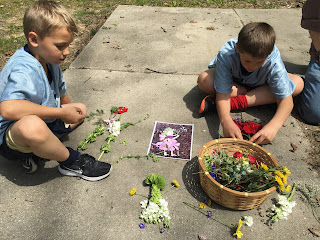
Found Objects—Sometimes you just “find” stuff to create with. This can be wood scraps, boxes, plastic cups—really, anything!
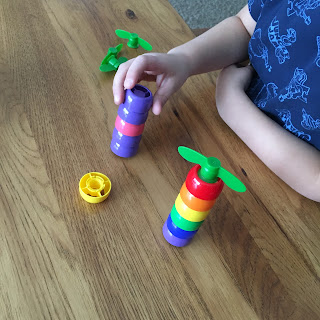
Classroom Project and Sort— As shared in the book, Beautiful Stuff (aff link), some classrooms have sent each child home with a bag to fill with loose parts. The bags come back in, the students discover the many treasures, talk about ways to sort them, categorize them all, and then use them as part of their creations and play.
“Station”, Areas, Zones—Many classrooms, both inside and out, divide the area into different areas or zones. Loose parts may be unique for each area, such as rocks, dishes, spoons, pinecones, water, mud, and herbs in a mud kitchen outside. Stations can also be set up with specific loose part invitation.
Part of Décor—One way we have incorporated loose parts is just part of the décor. Think of colorful scarves hanging from hooks or a zen sand garden with manipulatives. This last Christmas we had a printing tray filled with loose parts and holiday baubles. Everyone around the table interacted with the loose parts before and after dinner as well as during down times while the materials were out.
Invitations /Provocations/Activity—Some people separate these terms out, but I find they are largely similar. A collection of loose parts might be presented in a divided tray with mirrors, frames, or an “invitation” to play with the items. Here are several examples.
Architecture—This could include fort building (inside and out), making stages, tents, rooms within rooms, interior design, etc. Thanks for broadening this category, Belle!
Cardboardand Cardboard boxes—Cardboard is plentiful and easily manipulated. The classic cardboard box is a great example of the diversity of how cardboard can be used. Not a Box is a great book to use in conjunction with this. See my post on using cardboard as a loose part here.
Challenges—Sometimes, especially as children are in older elementary and beyond, giving a somewhat loose, yet directed challenge may be needed to tie loose parts into a curriculum need. The materials are still open ended and there is a lot of freedom, but it may be using loose parts to create the Great Lakes, manipulative to show word problems, etc. In this example, children use loose parts to create wind born seeds that they tested in the wind tube.
Collections—Buttons, buttons, who has the buttons? Think button or nature collections. These are sorted, categorized, and used for building and creations. The books, Sort It Out and Grandma’s Button Box, are good books to go with this type of loose parts play.
Tinkering—One of my sons loves tinkering! He likes taking things apart and using them in other creations. Duct tape, wire, and paper are his best friends! Here is one example of a robot tinkering kit. Rosie Revere Engineer and The Most Magnificent Thing are great books to pair with this.
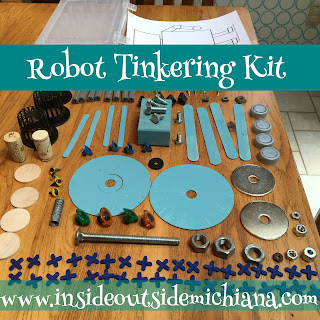
Spontaneous—Sometimes loose parts play is totally spontaneous when we find things while out and about and use it as play. For example, my children turned a receipt and wind from their breathing into a game while waiting for dinner one time. We take advantage of those moments by having a loose parts mind set.
Obstacle Courses—We love child made obstacles courses. These can be made with natural elements in the yard and rearranged infinite numbers of times. We have a couple of large bins full of random things, such as pool noodles, crates, wooden planks, hula hoops, traffic cones, rope, and more. We pull these out as additions for obstacle courses that will be different each time we use these loose parts.
Extensions of Learning—Sometimes, loose parts may be used in conjunction with more formal learning. We made loose parts woodpeckers which morphed into cavity houses and other creations. We might also extend literacy connections into our loose parts play.
Scavenger Hunt—When we were studying eggs, we went on a loose parts egg hunt. Each egg was filled with various loose parts, in this case natural. Next year try an Egg Hunt for Easter with other loose parts. Specific hunts for loose parts items can also be a fun way to explore the space, such as finding 5 rocks, 3 leaves, 6 sticks, etc. and then making a creation out of them. Children could even make their own loose parts scavenger hunts.
Natural—Nature provides so many opportunities for loose parts play! We might stack rocks while on a hike, build a stick “fort” near a downed log, draw in the sand, etc. Read about seeds as loose parts or discovering loose parts while waiting on soccer practice.
SeniorPlay Trays—I love these loose parts trays designed for retirement homes. The open-ended options become spring boards for discussion and memories, offering engaging and sensory rich experiences for seniors.
Light Painting--We found this inspiration after watching The New Creatives. Basically use a light source like a flashlight or wand and use a prolonged exposure on a camera to capture the "trace of the light. It's addicting and fascinating to experiment with light! Other "light play" may include light tables, overhead projectors, shadow play, etc.
Magnetism--There are many magnetic "loose parts toys" we enjoy, however, we also like to explore magnetism through iron filings, a variety of magnets, ferrofluid, and magnetic slime. Read about our experiences here. Great way to explore loose parts with the older crowd. To me, it also models how exploring items and properties of materials can be a part of loose parts play within elementary school and higher before buckling down with designing an experiment and such. We need time for discovery.
What other approaches to loose parts play might you add to the mix? How do you like to use loose parts in your setting?
Having a variety of approaches and tools in the loose parts tool box can lead to richer, loose parts filled outcomes. More creativity and imagination is always good!
Building and Constructing: Consider setting up a woodworking station. Scrap wood, small hammers and larger nails are great loose parts for inspiring budding builders. Adding in colorful yarn, rubber bands or zip ties offers opportunities to design and connect materials.
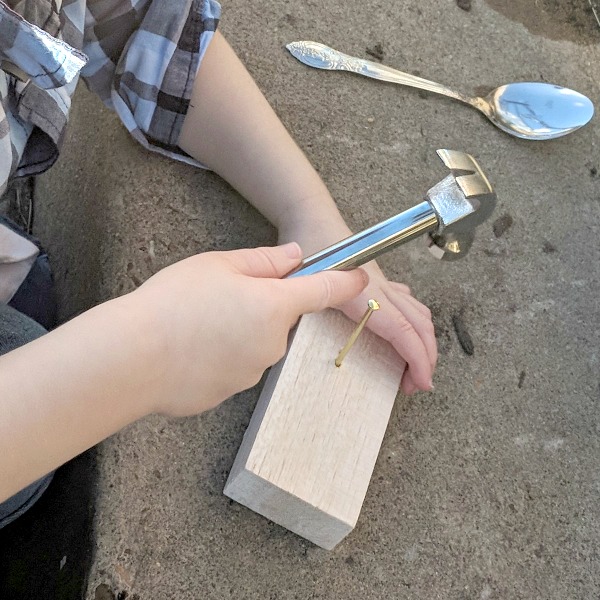
Texture and Color:
Scraps of fabric, yarn and ribbon can inspire a variety of ways to explore with nature’s loose parts. A dab of tacky glue can secure the ends of a yarn wrapped nature wand. Strands of ribbon and strips of fabric can be woven into a unique fallen branch or even a living tree or bush. Your scissor lover can cut yarn and ribbon to set out for birds who might be looking to build a nest nearby.
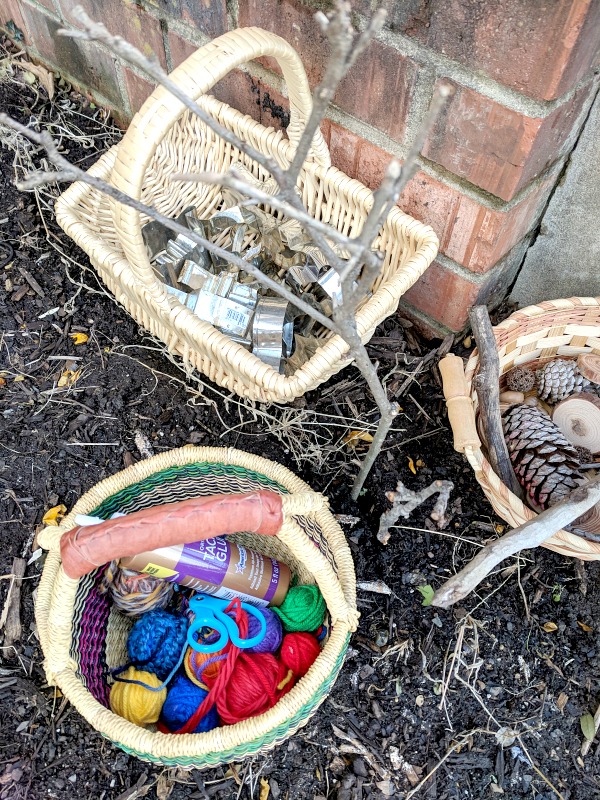
Light and Shadow:
The outdoors is a great space to observe natural light and shadows. Old CDs make unique suncatchers, reflecting color and light in fascinating ways! They can be colored with permanent markers and hung or used to stack on a recycled CD storage case.
A Mud Kitchen:
What child doesn’t love to make mud pies and fairy salads? A collection of bowls, spoons, cups and tins are all the loose parts you will need. You’ve got dirt, just add water and rest assured that children are washable!
Sound: Every child is a musician at heart! A collection of interesting metal bowls, baking pans and spoons might at one time be used in the mud kitchen for making the perfect cake and at another time used as an outdoor percussion band!
Working with the Weather: Loose parts play outdoors need not be reserved for the warmer months! One morning my preschooler observed ice that had formed in a pie tin the night before. After school, we bundled up and used some of nature’s loose parts along with a sliced lime and some yarn to create our own hanging ice sculpture.
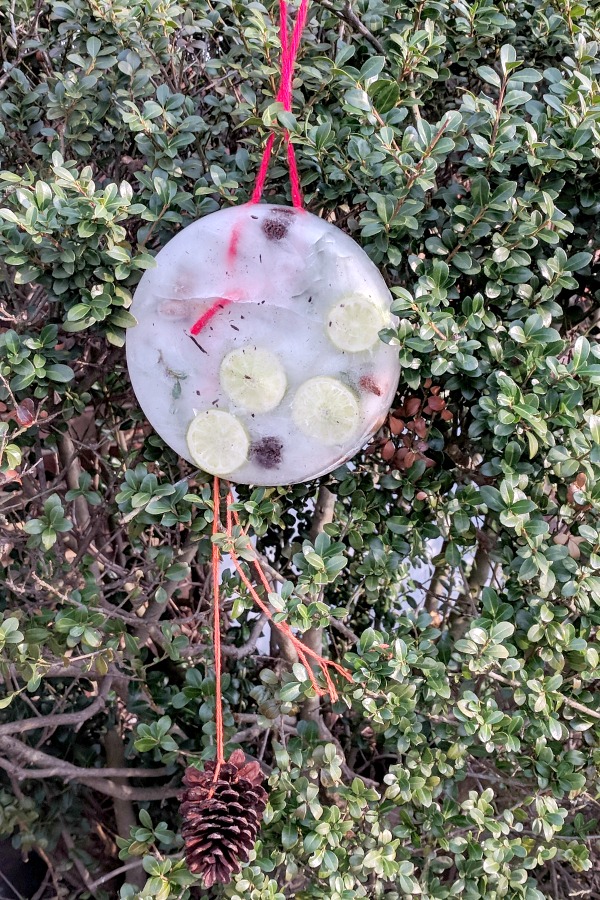
I’ve compiled a list of nature-inspired summer activities for kids right here so you have all the information you need at your fingertips! I’ve included links to a few supplies you need along with simple instructions. Here we go!
Retell Your Summer Adventures With Story Stones
We are huge fans of story stones! My boys use them in many ways, but in the summer we use them to retell our outdoor adventures. After we go on a hike or nature walk, we get out our story stones and talk about what we saw and experienced during our adventure.
Want to know more about how we use story stones or how we make these beauties?- no artistic ability required, just a little Mod Podge ! Check out Four Ways to Use Story Stones in the Classroom or How We Used Story Stones on Earth Day
Ready to make your stones?! Click Here
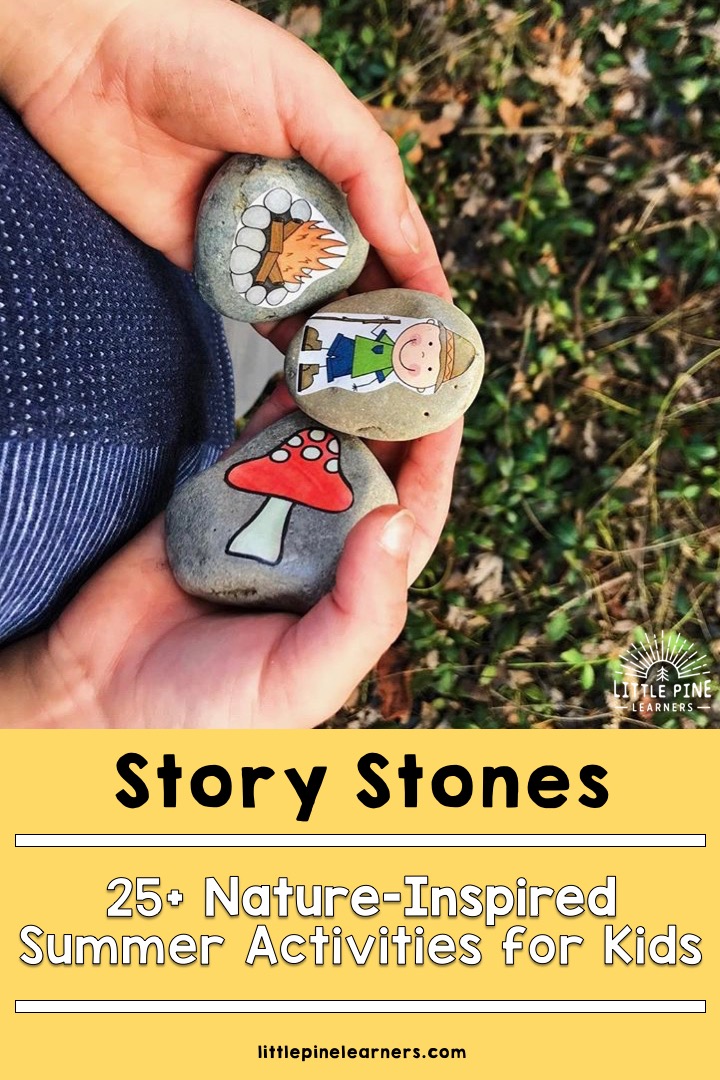
Make Nature Words
This is such a fun and beautiful activity! We do this for every season and it’s interesting to see how the nature available to us changes throughout the year.
It’s super simple! Just cut the letters out of white contact paper and tape them onto a wall. Now start looking for pieces of nature and start decorating the letters!
Looking for a challenge? Try tying in early literacy skills! As you identify the pieces of nature, figure out their beginning sounds. If it starts with a letter in the word “summer,” stick it on that letter. For example, “mulch” and “marigold” both start with “m” so we stuck them on that letter.
Don’t want to cut out letters? Just write the seasons on a piece of contact paper and line the letters with nature!
Want to learn more about one of our favorite summer activities for kids? Read Our Favorite Seasonal Nature Activity
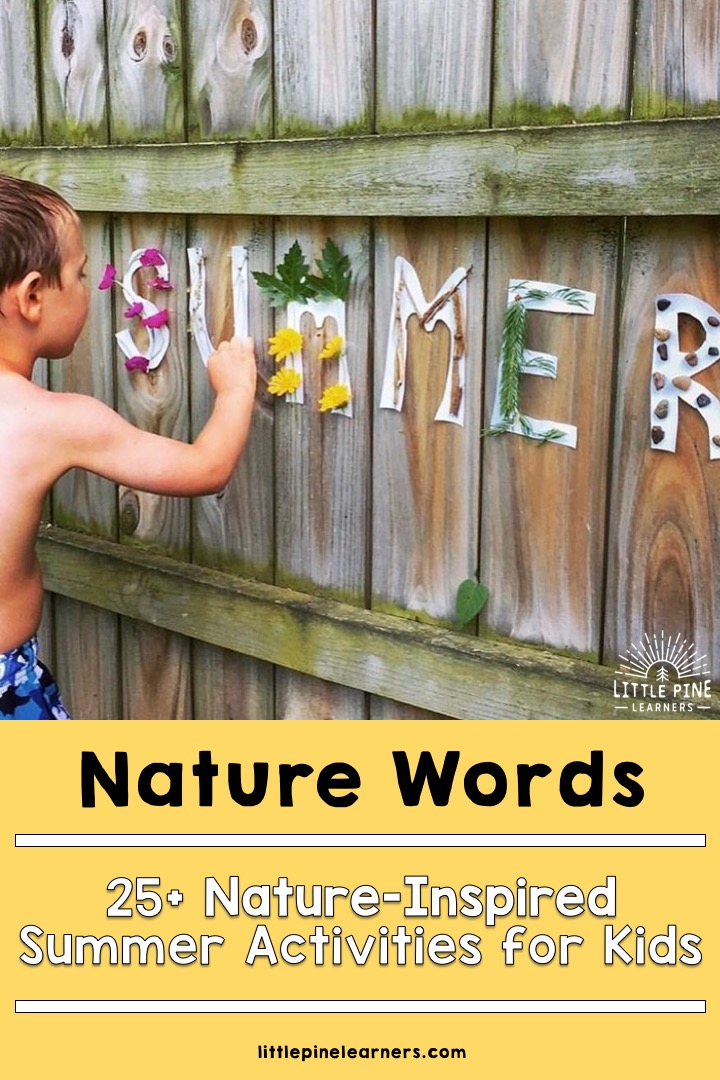
Create Art With Berry Paint
I just loooove this summer activity for kids! Did you know that berries make the most beautiful paint? It's true! Just mash berries and grab your paintbrush. It’s that easy! I created this scenery starter for my little one to finish outside. This is nature journaling at its finest!
Next time we try this activity, I will use a large sheet of paper from a roll of paper and draw a simple scenery starter similar to the one pictured below. This way, we will have much more space for painting!
Want to see more? Here is the Instagram post.
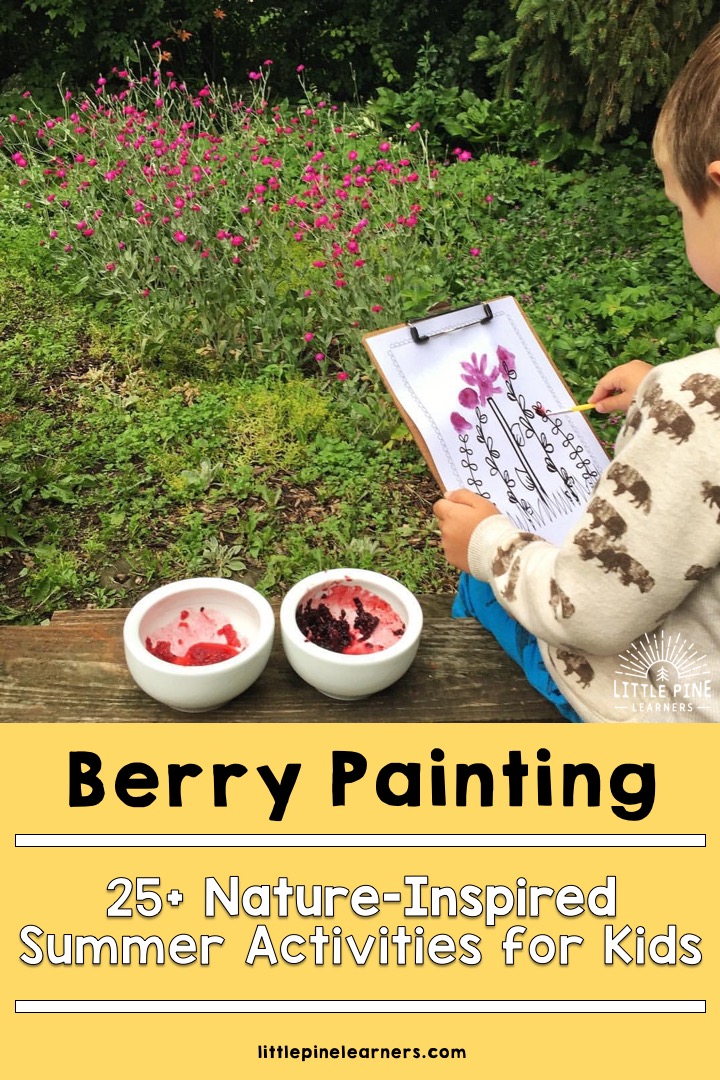
Create Beach Land Art
You don’t have to be at the beach to make land art, but it’s the perfect spot to find a wide variety of nature to create a beautiful work of art!
Check out this website to learn more about land art and how to try this timeless activity with kids!
Want to see how you can turn this into a learning activity? This isn’t JUST land art. See my Instagram post to find out!
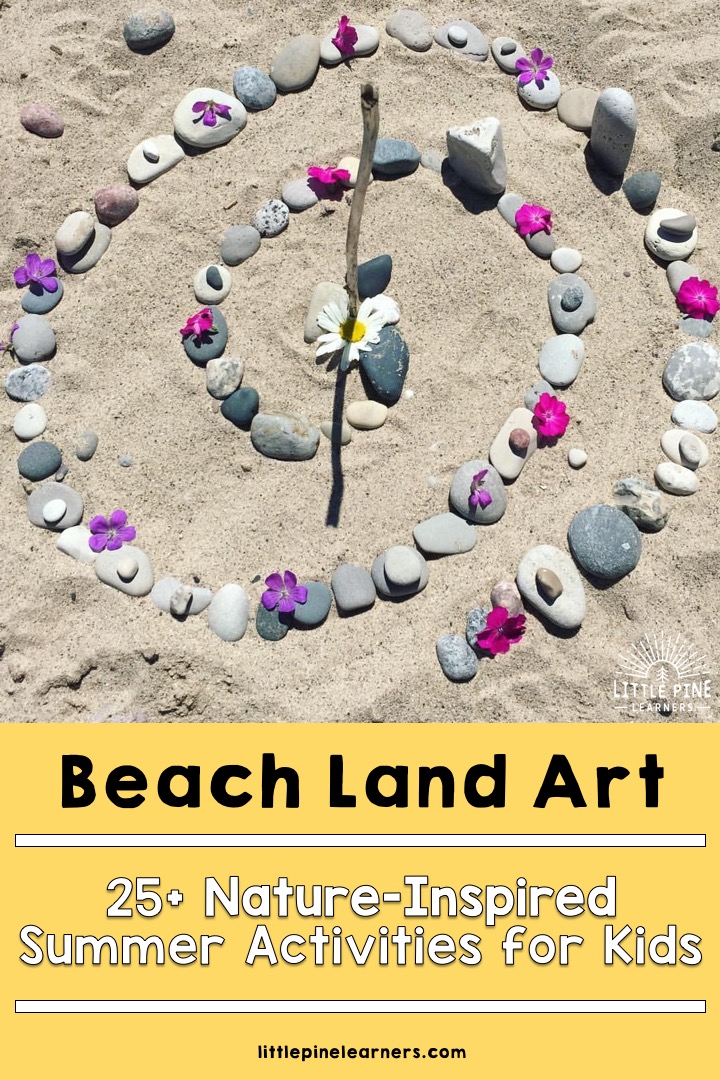
Make Nature Sensory Bottles
Try making a nature sensory bottle for a calming activity at the end of a busy summer day. The whole process is relaxing and this sensory experience will surely be one your kids will remember!
Just fill bottles or jars with water and then place nature finds in the jars. The end result is beautiful and the pieces of nature are fun to observe in the jars!
We used random jars that we had around the house, but these plastic jars look perfect!
Want to learn more? Here is the Instagram post.
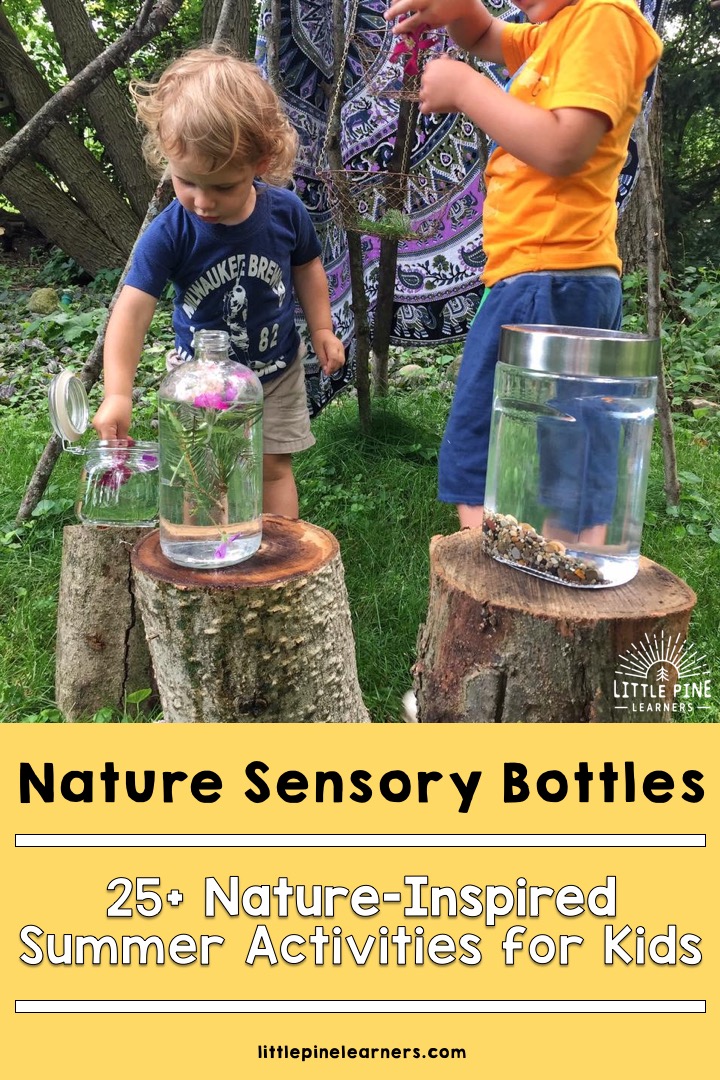
Create With Sun Art Paper
This one right here is one of my favorite summer activities with kids! You only need the sun and a Sun Art Paper Kit to try this magical activity.
There are simple instructions on the kit:
Select nature pieces
Assemble the nature pieces on the sun paper and place acrylic sheet on top of paper
Expose the paper to sunlight (1-5 minutes)
Carefully remove paper from sun
Rinse the paper for 1 minute
This process is so simple and the results are so stunning!
Want to see how we turned this activity into a game? See my Instagram post here to get all the details.
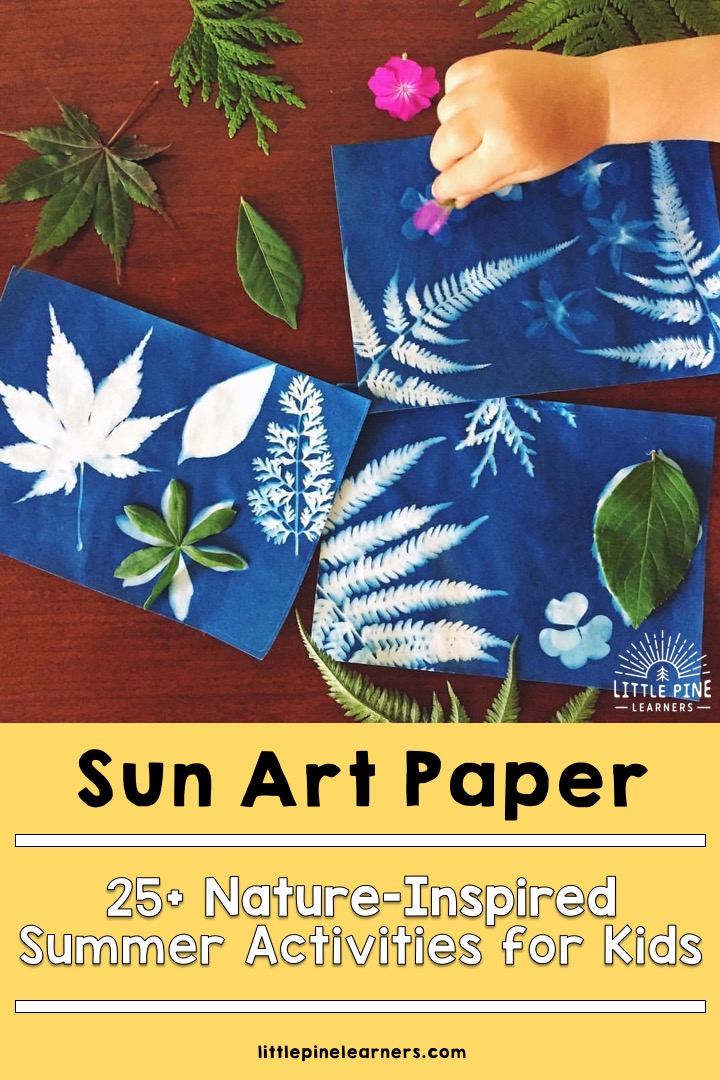
Collect Nature in an Egg Carton
The egg carton is the absolute BEST container for a collection of nature! Those little sections serve as the perfect spots for sorting and organizing nature.
Just make sure there are not cracked eggs in your carton because you don’t want to risk salmonella exposure. Better yet, if you have a plastic egg carton you can always wash it!
Want to see more of one of the best summer activities for kids? Here is the Instagram post.
This pretty label makes the nature collection even more special and beautiful! You can find it here at My Wild Finds.
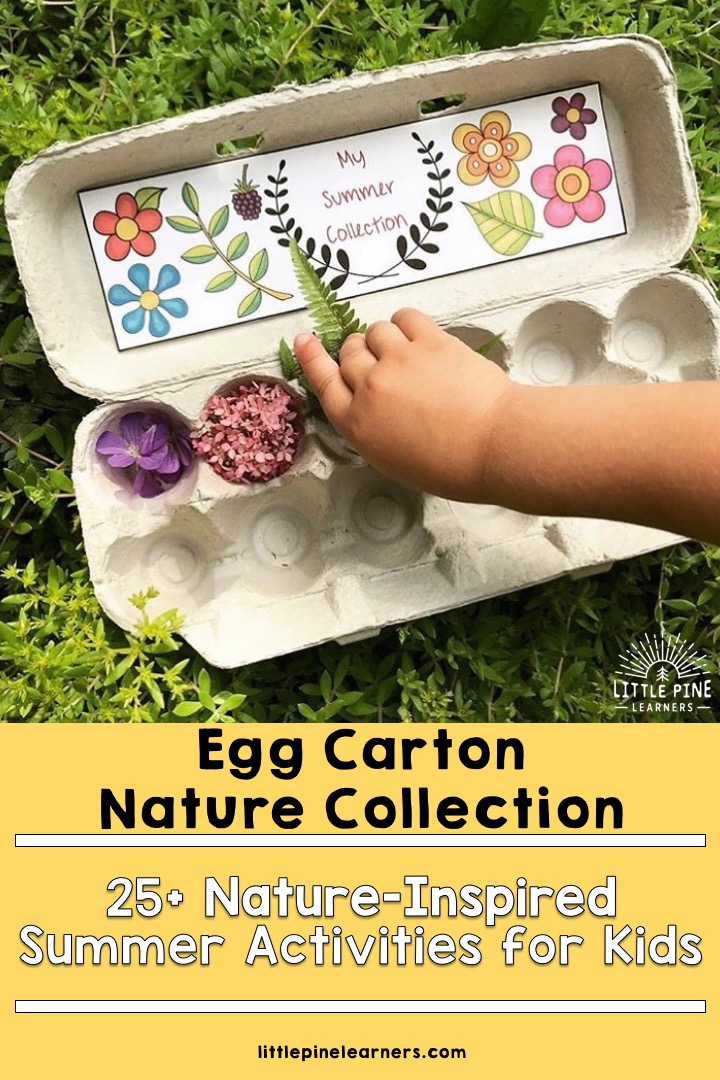
Make a Nature Mandala
There is nothing more beautiful than a nature mandala! However, they can be a little tricky for young kids to make. I solved that problem for you with these ‘mandala makers.’
Want to learn more about this beautiful and calming activity? You can read all about it here in How to Make a Nature Mandala with Kids.
See an example of another mandala maker here.
Ready to print your mandala makers? Click here

Make a Nature Mask
Becoming a nature ninja turtle has never been so easy! My little guy loved turning this printable into a nature ninja mask and had even more fun running, jumping, and kicking his way through our next nature walk.
Make a mask today! You can find the mask template and much more at My Wild Finds.
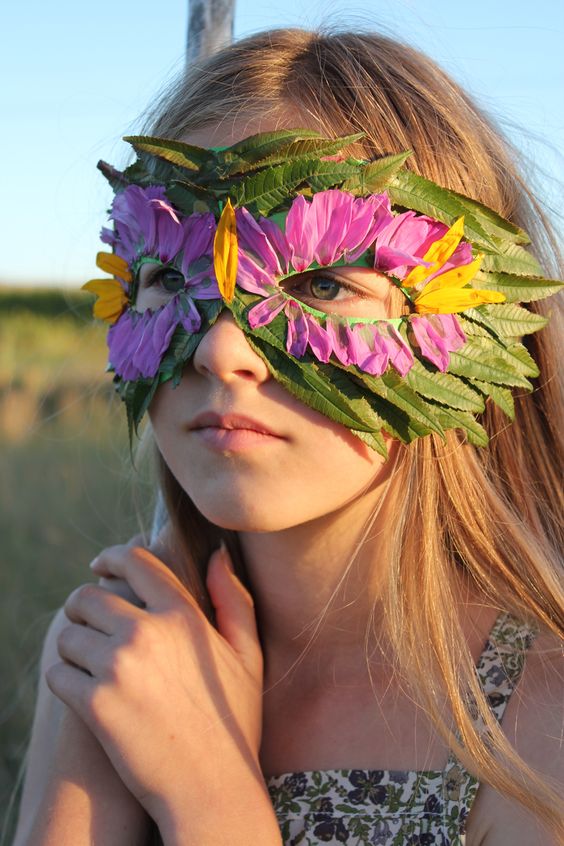
Make a Sidewalk Game
We try to bring as many games as possible outdoors in the summer. Here is a simple early math game that I created:
Make the game grid. Our grid was 5×5 and I wrote numbers 1-10 in the grid, in no particular order.
My son rolled the giant dice, counted the dots on the dice, and said the sum.
He found the sum on the grid and stacked a Lego tower as high as the number.
This game is simple to set up and so much fun to play!
Make an Adventure Bag
I’ve recently come across the genius idea of making DIY adventure bags! You can make a special adventure bag for any type of adventure, but here is what we put in our BEACH bag:
Funnels, strainers, water dropper, and a water bottle for water exploration
Sand toys and a little pan for sand play
A jar with clay to make shell and rock impressions. Another small jar to collect sea glass.
An animal track identification book in case we find any tracks in the sand. The book “If You Find a Rock“ to spark creativity.
Our adventure log from Family Trails, along with an ink pad to stamp something we found during our adventure in the log.
Our magnifying glass and little nature journal.
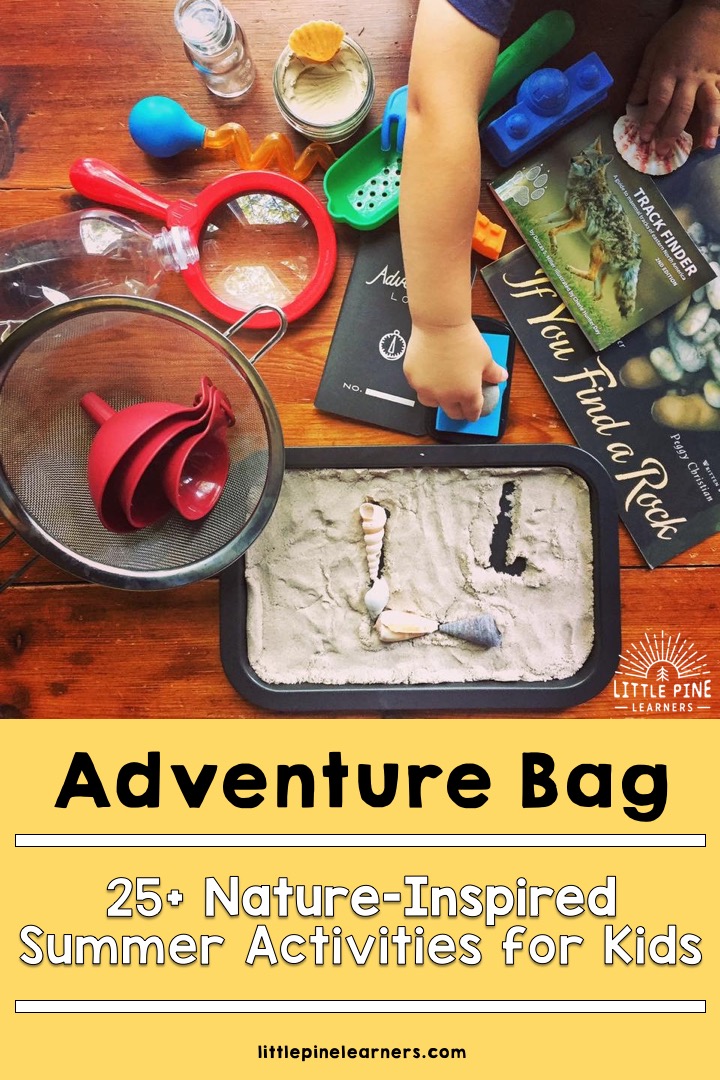
Now get started on your own adventure bag
Nature Weave on a Tree Stump
This is another one of our favorite summer activities for kids! You just need a tree stump, nails, rubber bands, and flowers to make this simple invitation to play.
How did we make this?
Nail a grid into the tree stump.
Place rubber bands around the tree stump and let your child put them on the nail to practice their fine motor skills. The rubber bands don’t need to be placed in any particular way.
Weave flowers from your yard into the rubber bands!
Isn’t this beautiful?!
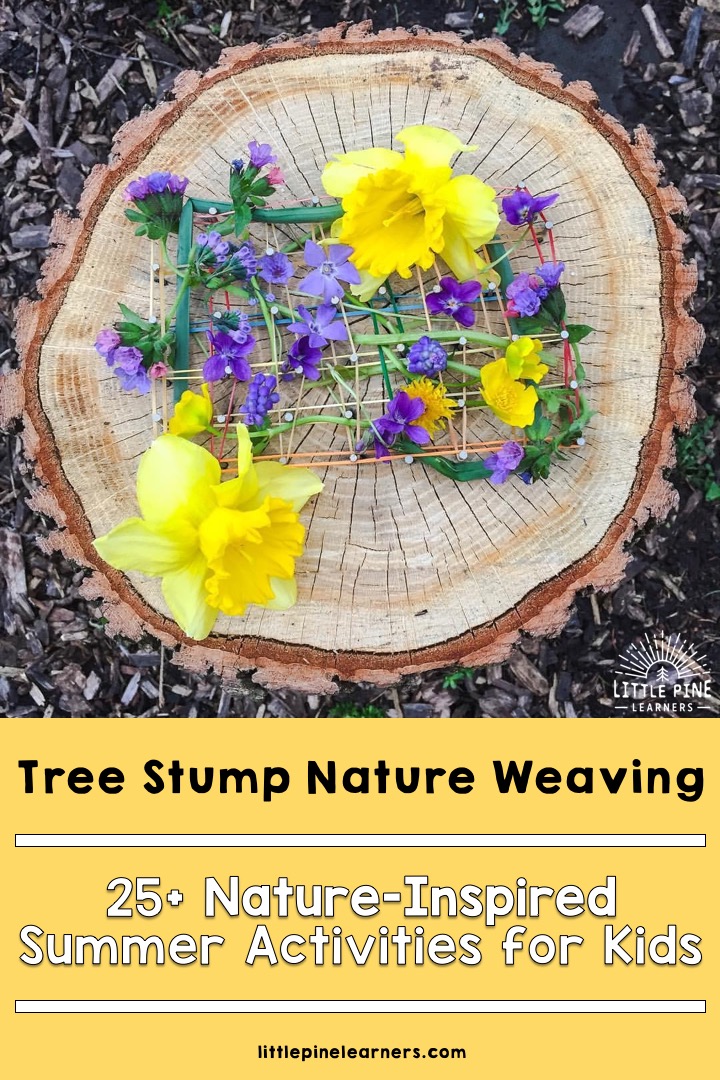
Make Beaded Bug Stones
These make the perfect garden accessory or gift! It might look a little complicated but its actually quite simple.
How did we make these beauties?
Thread beads on wire to look like bug bodies.
Place the beads on the rocks and drew legs, antenna, and wings around the bodies.
Wrap wire around the rocks.
Want to see how we made bead bugs on sticks? Read Insect Handcraft for Kids.
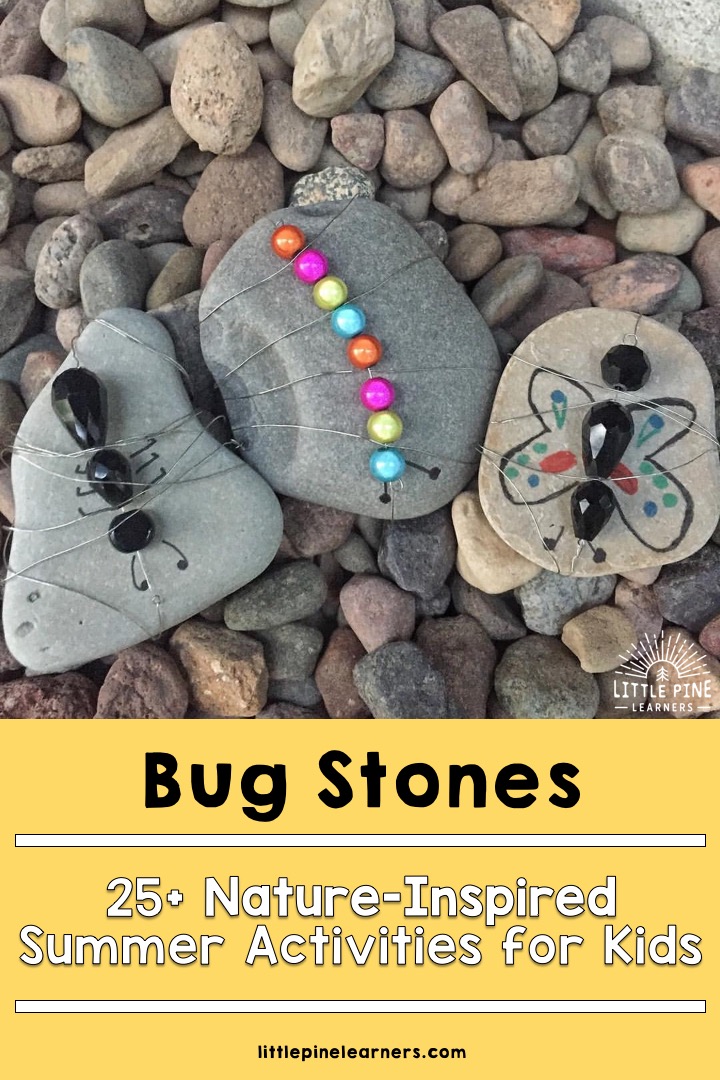
Make a Water Bottle Vase
Here is a sweet alternative to the typical water bottle vase! This vase creates a full flower arrangement that will last for about a week!
How did we make this?
Poke holes in a water bottle.
Fill the bottle with water, below the last hole so the water doesn’t spill.
Find flowers to poke through the holes and stick through the top of the bottle.
This is such a fun way to work on hand-eye coordination!
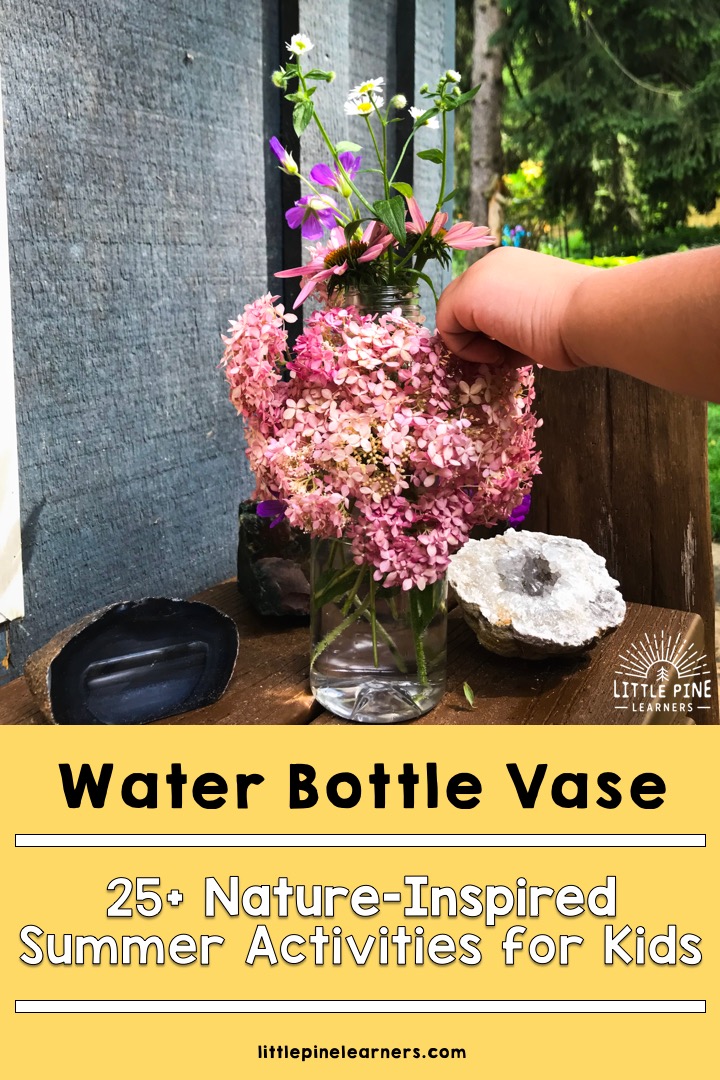
Nature Weave on a Rock
Here is another incredibly simple activity! Just put rubber bands around a large stone and weave flowers through them. This is an inviting activity and a great way to work on fine motor skills!
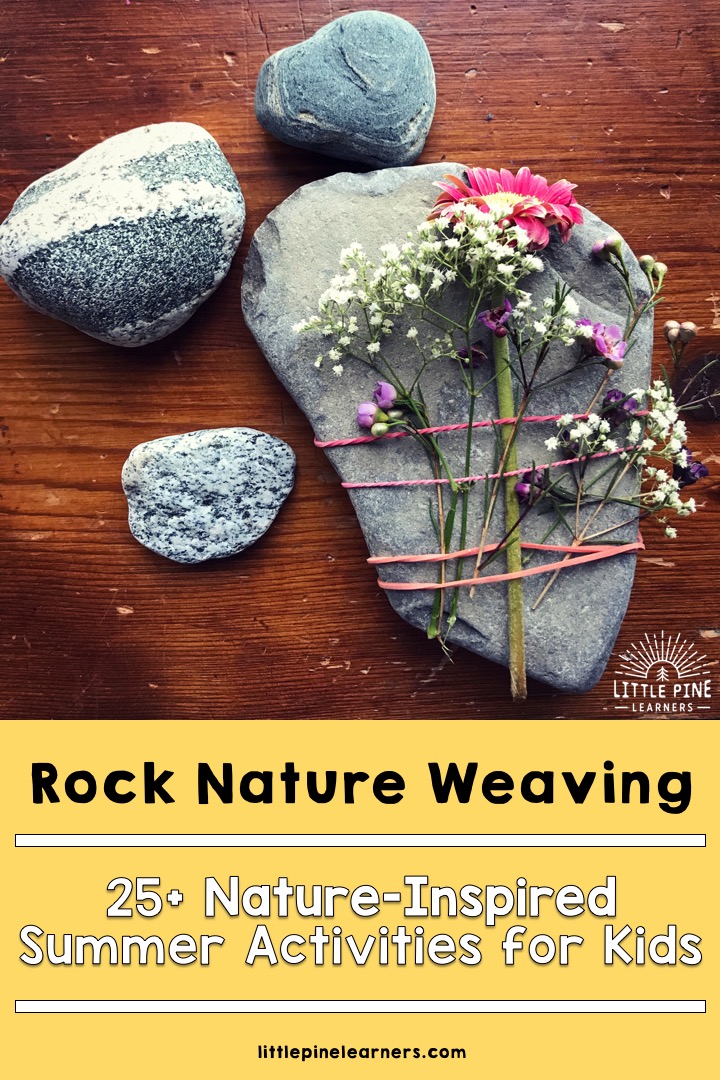
Make Lavender Ice Cubes
This is one of the most beautiful summer activities for kids around! Let me start by saying you don’t need lavender for this activity, but it sure does make for an incredible sensory experience! Freeze flowers (or any bits of nature) in an ice cube tray and take them outside on a hot day.
My boys made a maze, letters, and shapes out of these ice cubes before they melted! Want to see the pictures? Check out this Instagram post.
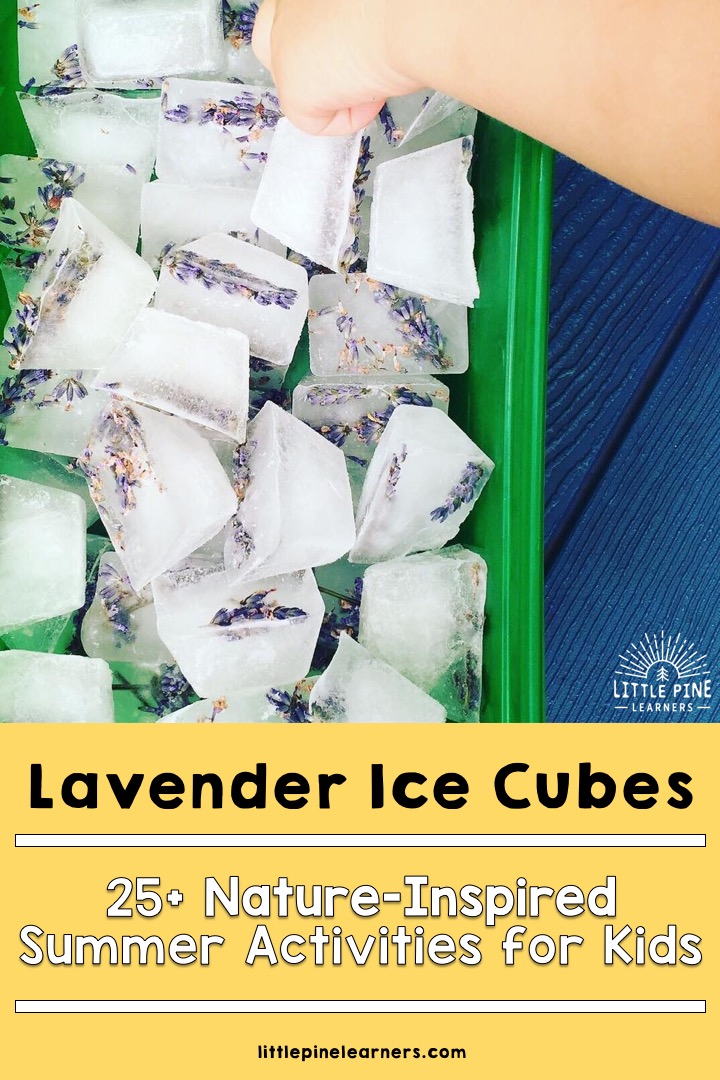
Make a Wildflower Identification Board
Yes! Those are little tubes of water on our living wildflower identification board. I love this activity so much because it’s hands-on learning that turned into a beautiful piece of art!
Want more details on this activity? Read DIY Wildflower Identification Board.
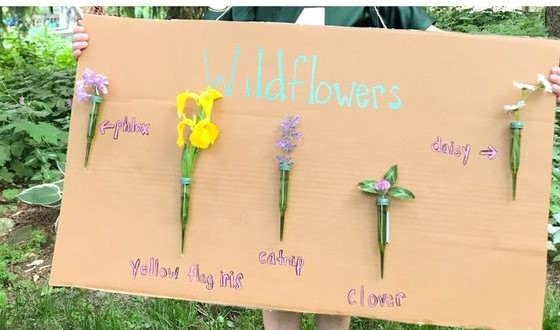
Make a Flower Hiking Stick
Are you looking for a beautiful nature walk accessory that will motivate your little hiker to explore the great outdoors? Here is the perfect idea for you! Make a flower hiking stick out of flowers and Mod Podge.
We used a piece of driftwood, but you can experiment on any type of stick. You can also whittle a section of a regular stick so you have a nice smooth surface to work with.
How did we make this?
Put a little Mod Podge on the stick. We tried outdoor Mod Podge for this craft, but I think the glossy Mod Podge that we used in the first activity for the story stones would work just fine! Just remember to keep it inside or in the garage so it’s not exposed to the elements.
Place the flower or leaf on the Mod Podge.
Cover the piece of nature with another layer of Mod Podge.
Continue until you are finished putting your pieces of nature on the stick.
Wait about 20 minutes for it to dry and add another layer if needed.
You little hiker will love walking with this stick and will hopefully lead to more time spent OUTDOORS!
Want more details on this activity? Read How to Make a Flower Hiking Stick.

I hope you give these summer activities for kids a try! I promise, your little nature lovers will love it as much as my boys.
Using Nature’s Loose Parts
I talk a lot about all my children and students being like little scientists. They’re constantly exploring and investigating to make sense of the world around them…and they do this as they play! When we can provide our children with materials that are open-ended (meaning it’s up to them how they engage with the material!), we’ll be nurturing their curiosity and providing them with opportunities to connect prior knowledge as they explore and create new knowledge…and that is pretty magical!
In her article titled ‘To be successful – let them play!” Sally Hurwitz (2002) stated that “Play for children is creative, spontaneous, unpredictable, and absolutely fun…it’s an important medium for young children’s learning and significant contributor to the child’s cognitive, physical, emotional and social development.”
Loose parts play is an opportunity for child-led play.
Children can explore on their own, or adults can play alongside them to help extend their play by asking them questions or playing along with them.
Loose parts are a wonderful way to allow our children to be totally in control of their play. When our children have access to loose parts, there are no rules, no expectations. They can simply explore!
Simple invitations to inspire your play!
One of my favourite ways to use natural loose parts in our play is to start with alittle bit of a nature walk! We grab a basket and head outside to collect natural treasures either in our own backyard or somewhere new like a playground or even the beach! We look for interesting textures and colours and add them to our basket.
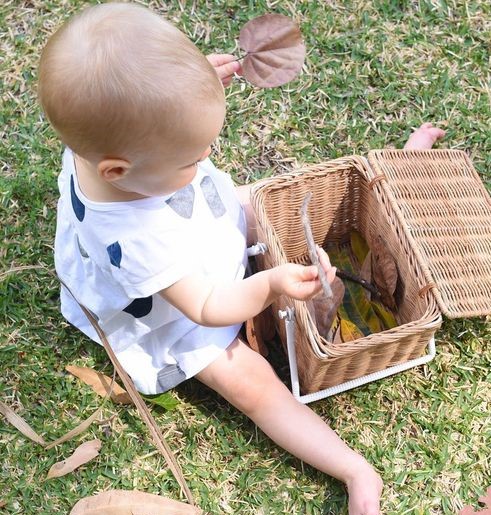
When we get home, we can use them with a batch of natural play dough! So I quickly bake their natural treasures on 325 for about 20 minutes to get all the mites out of them before starting to play with their loose parts.
Below is a picture of my toddler using some gumnuts to print into some natural coloured play dough. This was a great way to strengthen the muscles in his fingers and hands!

We also love using natural loose parts in our small world play. Below is an invitation we created using some fallen leaves from our front yard, a few branches and some big creepy crawly toys.
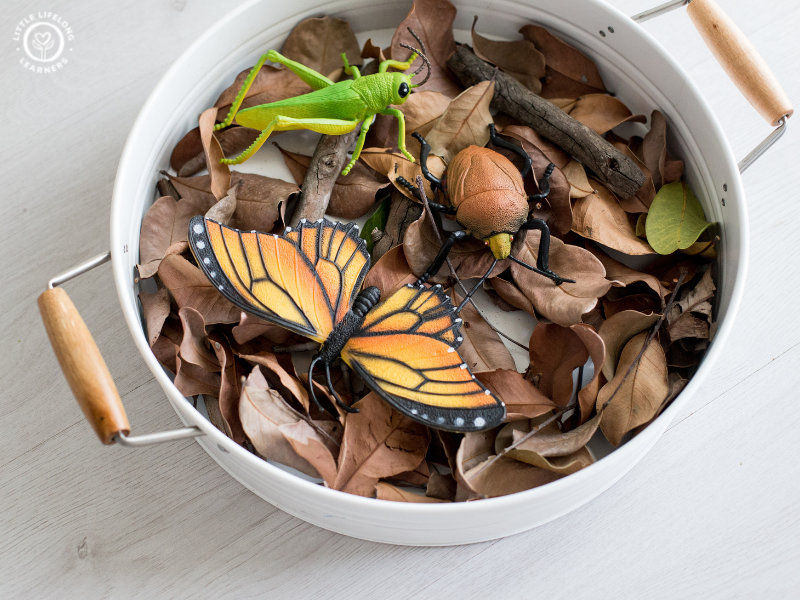
We have a collection of natural loose parts available for our children to use for their own small world play in our playroom as well – below is an example of how our toddler used some insect toys with some natural wooden cookies. This is the beauty of natural loose parts – they can become anything and there’s no right or wrong way for your child to play!
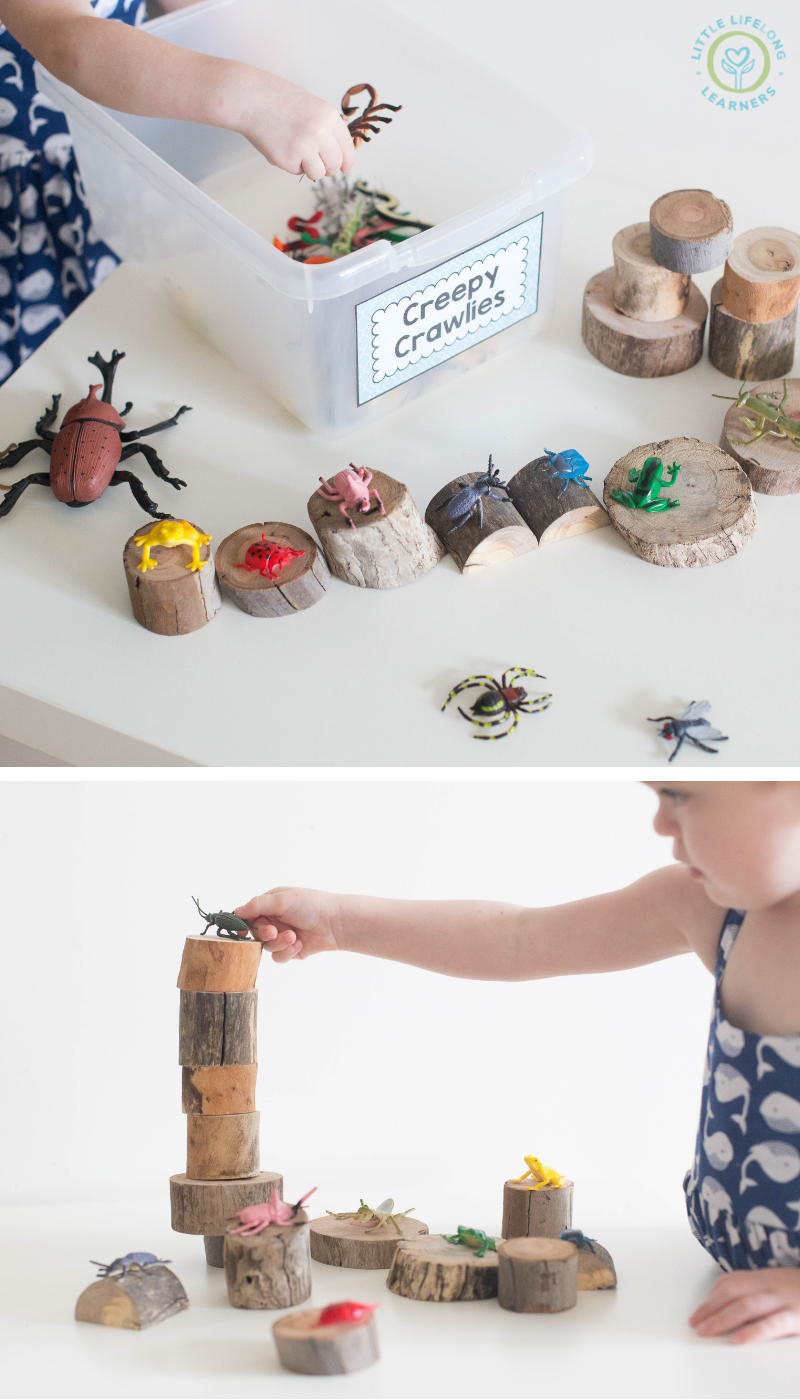
You might even like to use your natural loose parts to explore numbers and shapes! Below are some 2D Shape Cards from our Nature Play Pack which we used with some little pebbles.
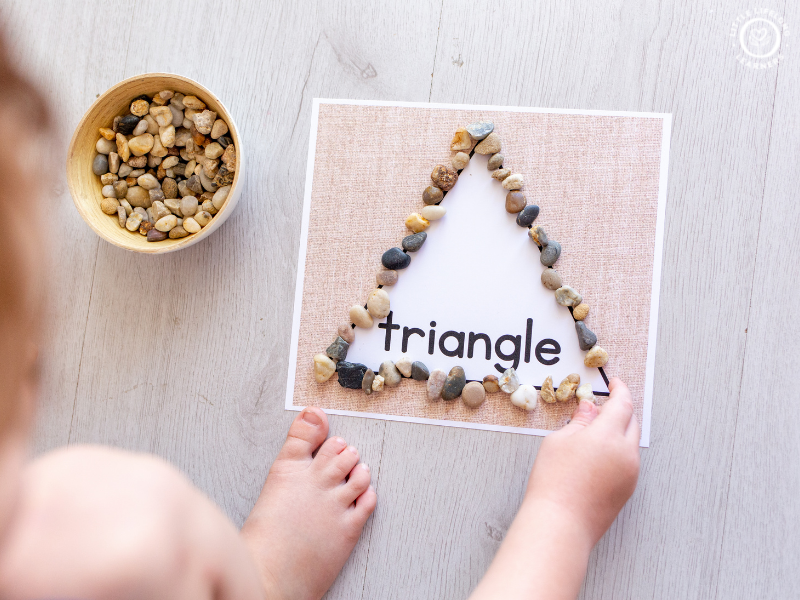
Perhaps you could create an investigation table with some natural loose parts and a magnifying glass? This would be a great way to support your child’s oral language and vocabulary as they explore their loose parts up close!

There’s no denying that natural loose parts are a wonderful addition to any play space! I truly hope this blog post has given you some fun and easy ideas to bring more natural loose parts into your play with your little learners.
Examples of loose parts play for toddlers
Children can use loose parts in a wide range of different ways. They may use them to make art, build, engineer, tell a story, role play, a combination of these and more.
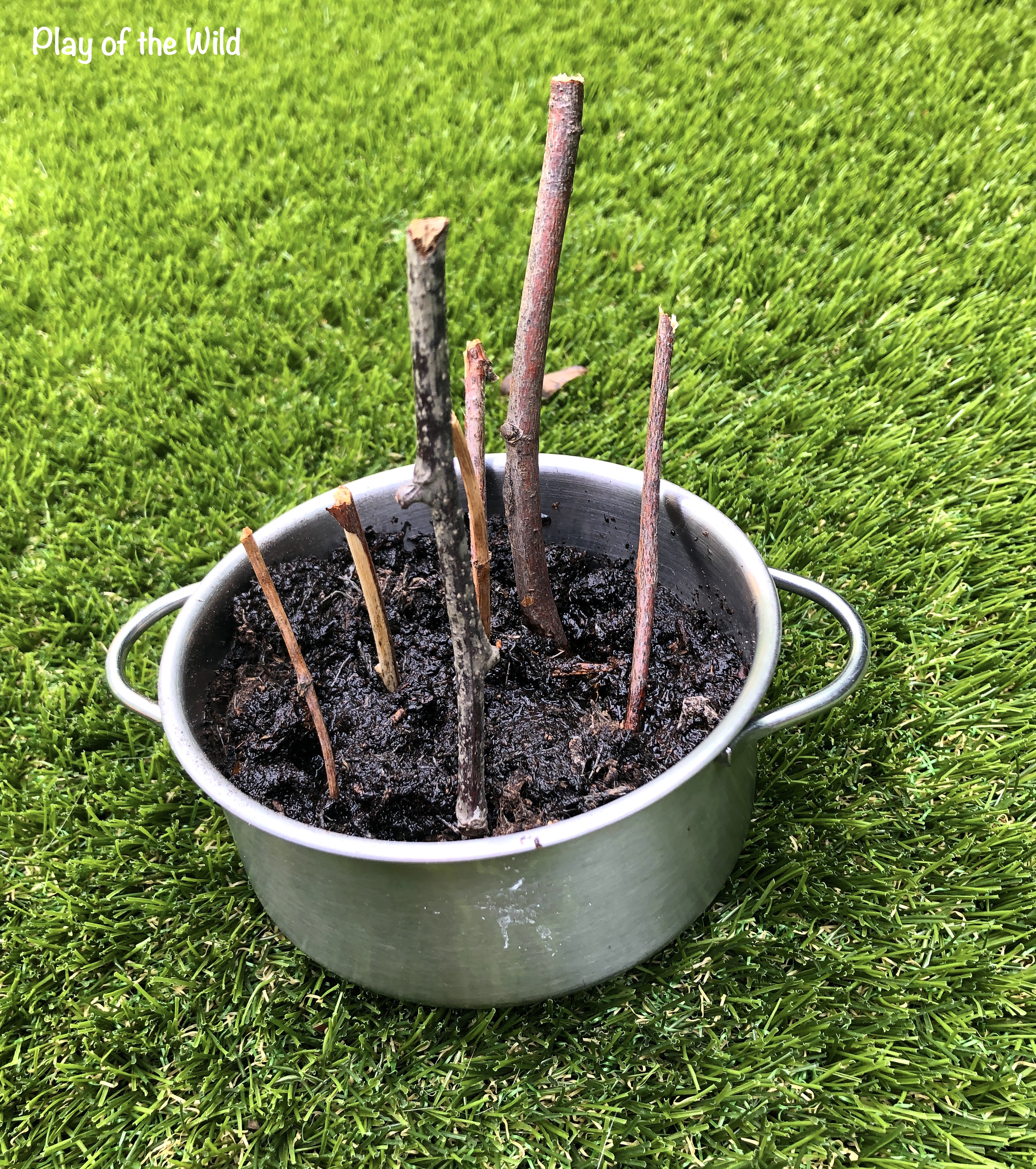
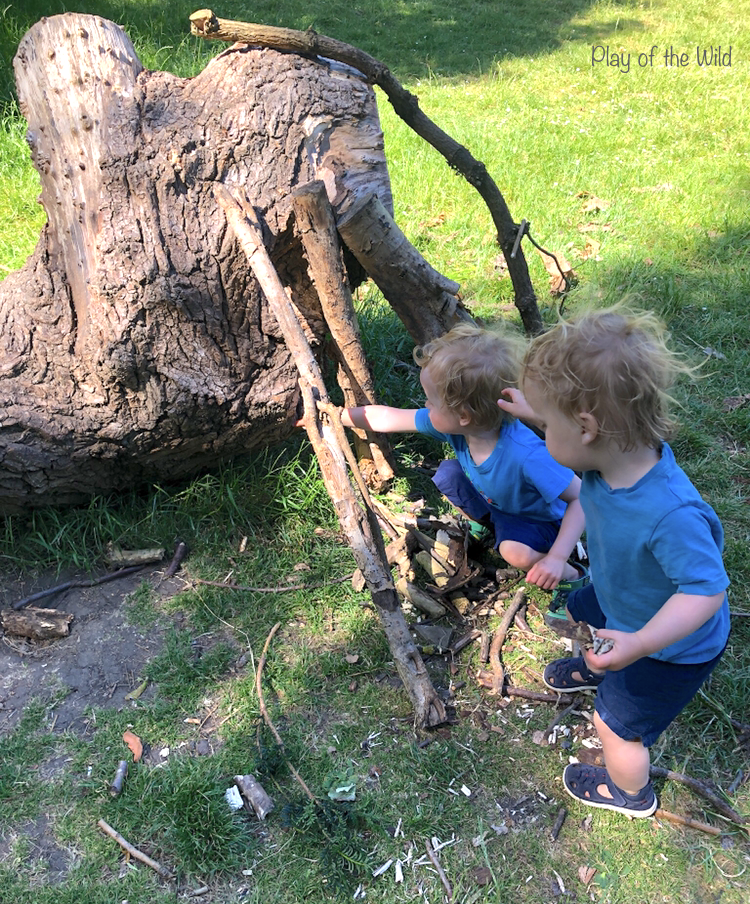
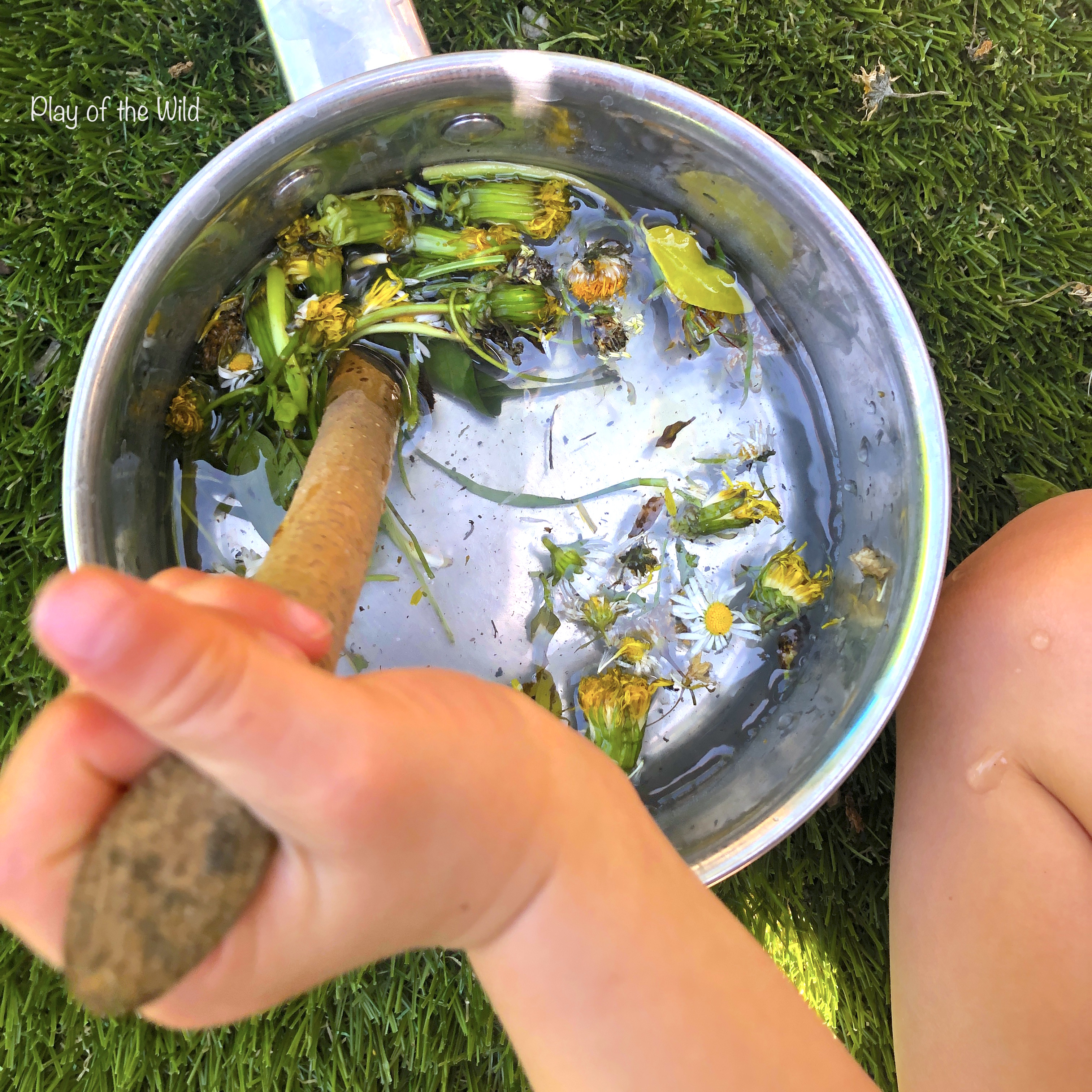
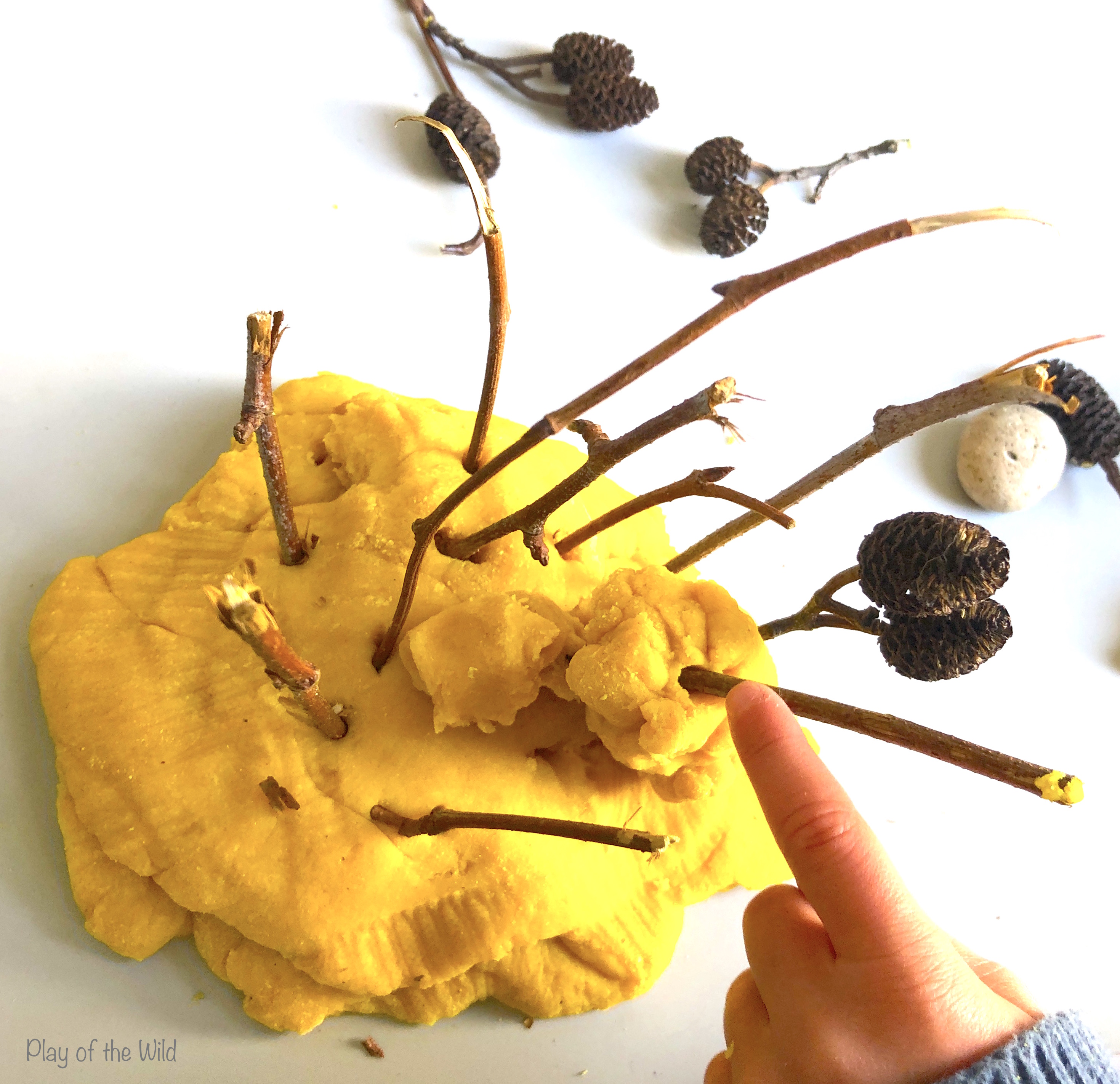
Some examples of children’s loose parts play include toddlers using sticks for any of these creative purposes: as a spoon in their play kitchen, to build a fort or den, a sword for a fight, as a magic wand, to draw in the dirt, as ‘candles’ in a ‘cake’, as a flag pole on a sandcastle, to bang pots, float it in water, or perhaps it can be broken into pieces, made into a pile, and much more. Children might use rocks to represent spices, medicine or money in their play. Other possibilities are stacking them on top of each other to make towers or using them to create a picture or pattern.
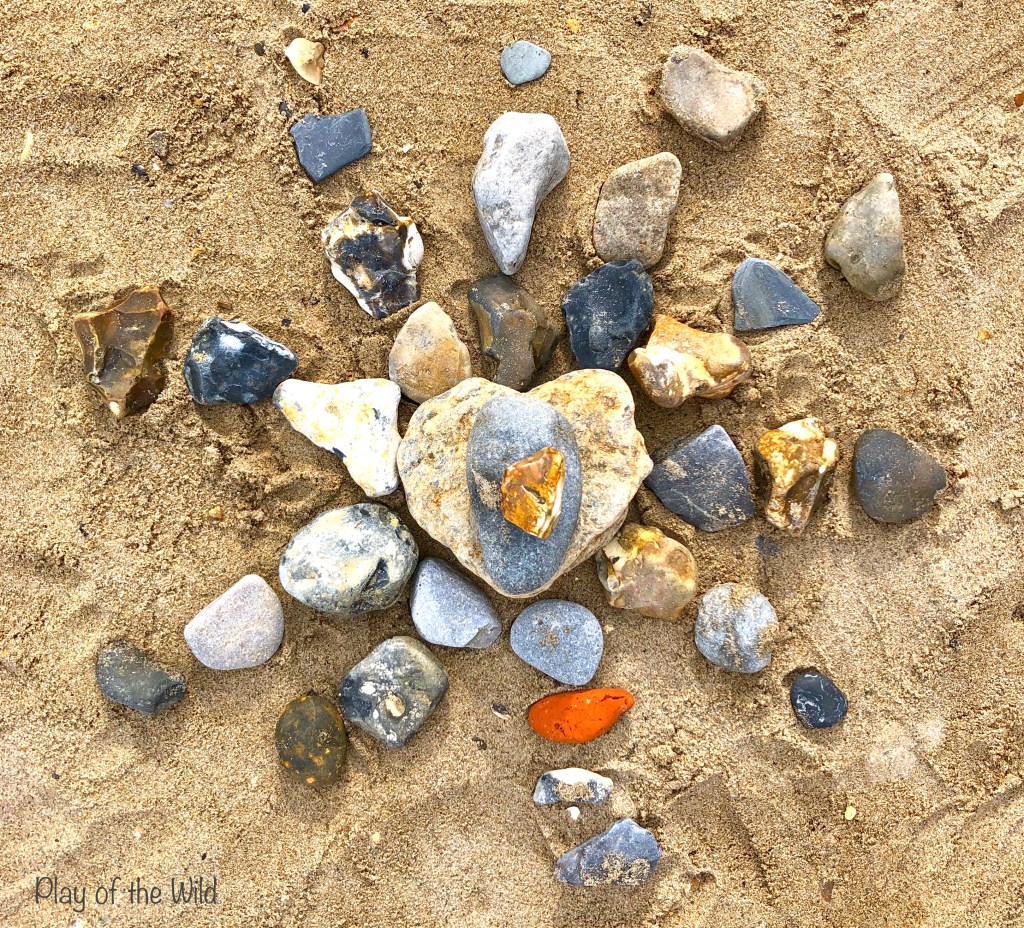

It can be great to give children loose parts to explore and experiment with on their own.
You can also add in loose parts to play areas such as mud kitchens or construction areas to help take their play further. One day a play kitchen can be used for water play and to support learning about measurement, pouring and mixing. The next day it can be filled with colourful chickpeas and then be used for sensory play, sorting, or scooping. Another day children can use scissors, flowers and leaves which they can use for cutting, chopping and mashing.
My children have also used our mud kitchen to help construct tents with wood planks, cloth and pegs to create an ice cream parlor or coffee shop.
It can also be lovely to set up trays for children to explore different materials and use various tools. I usually set out a range of different materials, but we also have a lot of resources such as tools, play materials, etc. that the children can get for themselves. For example, while I may have set out water, pots, containers and flowers for them to play with, my children might decide to get scissors and a colander so that they can cut and mash the flowers.
Everyday Pretend Play
Now that my children are used to playing with loose parts, as opposed to toys with predetermined uses, they’ll pick up loose parts from nature for use in any sort of pretend play they are involved in, from making a soup for the baby to building a garden or home for their fairies. We keep a few sticks, rocks, and seeds available at all times specifically for this purpose.
There are also many amazing play activities that we can set up with these loose parts. These activities are great if you want to introduce or expand a particular area of learning (like letters, shapes, colors, construction, etc.), and they give children who may be new to loose parts an opportunity to expand their creative ways of using them. Once they get started, believe me, they’ll be picking up any stray objects to use creatively in their everyday play!
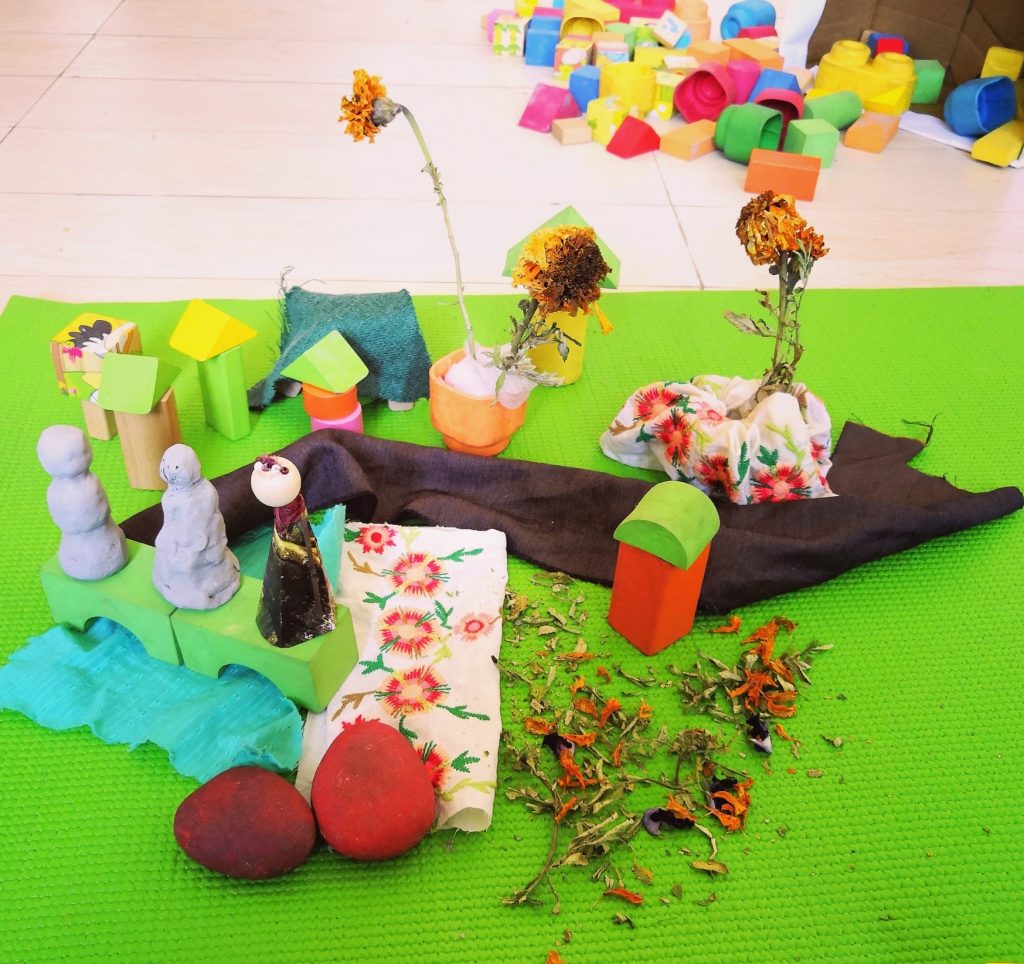
Activities with Nature’s Loose Parts
Here are few ways to set up open-ended activities that can be set up inside or outside (note: it’s best and more interesting to go outside and collect objects WITH your child).
Letters and shapes with rocks or sticks (add sand for extra excitement!)Make or use simple letter or shape “flashcards”. Set out 1-3 flashcards for children 0-3 yrs. For 3-6 yrs, start with 1-3 and then slowly add more.
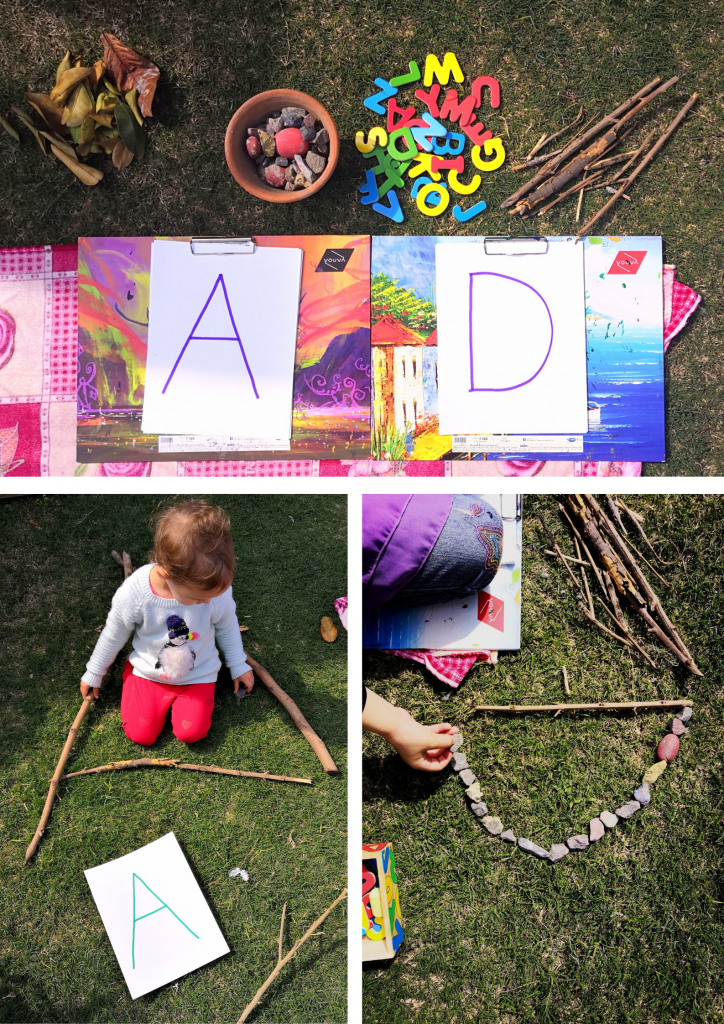
Nature kitchen Gather leaves, flowers, and seeds in separate containers. Provide bowls or buckets, sticks, and water or sand, if you’re brave, to create a Nature Kitchen. With the first experience, you can make a soup, magic potion, or your child’s favorite dish together, and then set them loose to create their own masterpiece. This is a favorite and repeatable activity!
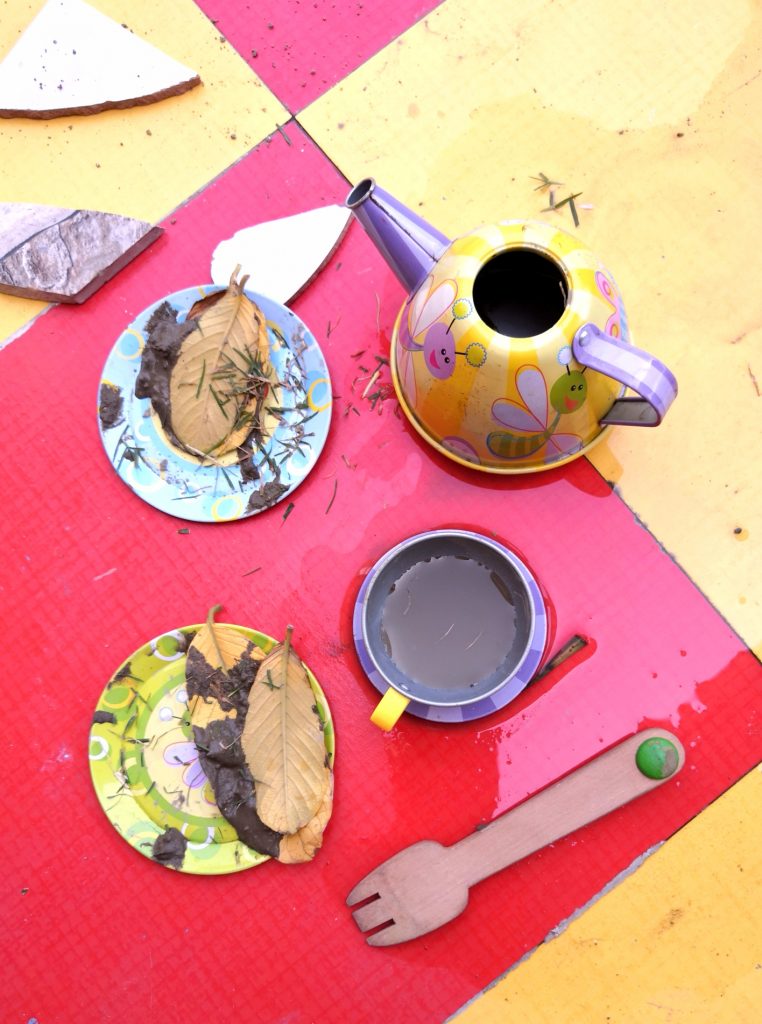
Build a TeePee You choose the size! You can use large sticks or small sticks with string or rope. Provide cloth, rocks, leaves, and a stuffed animal, action figure, or doll to build the tee pee for.
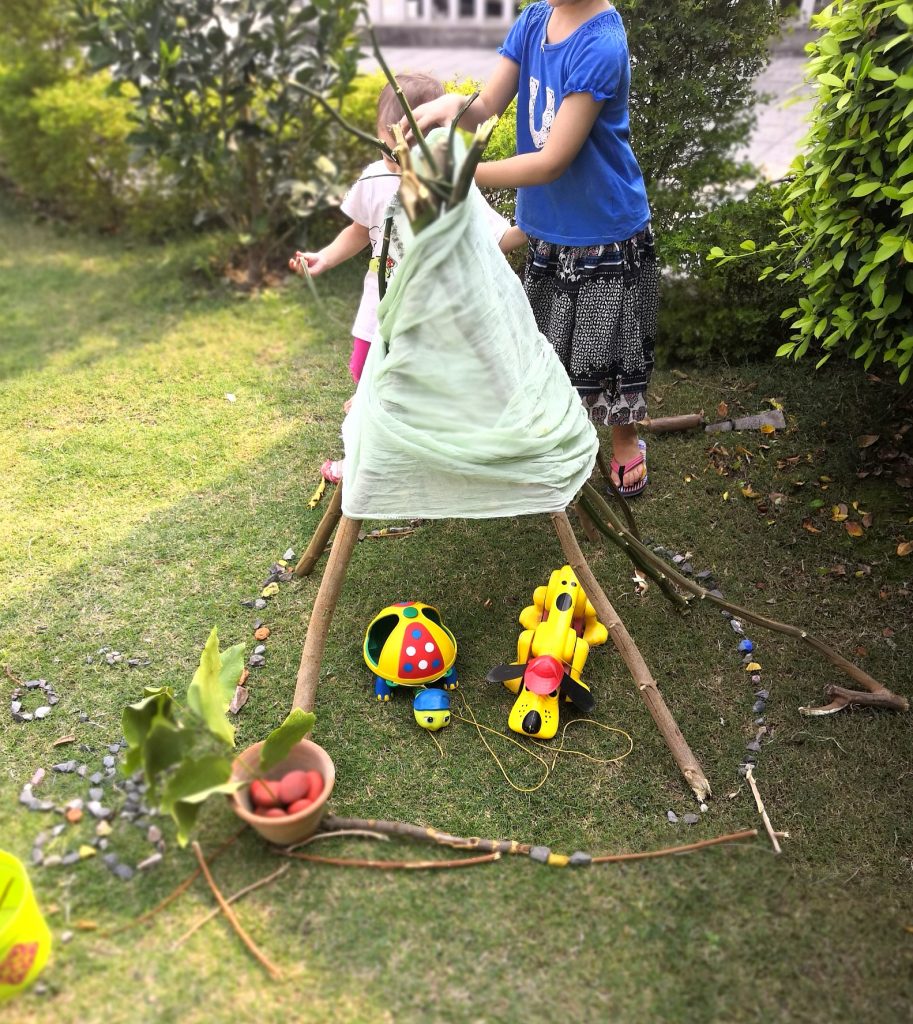
Nature fairies Use peg dolls, paper cones, corks, or cardboard paper rolls as a base for the body, and then glue any variety of loose parts from nature, or from home (beads, yarn, etc.), to the doll bodies. Then be sure to PLAY with them afterwards!
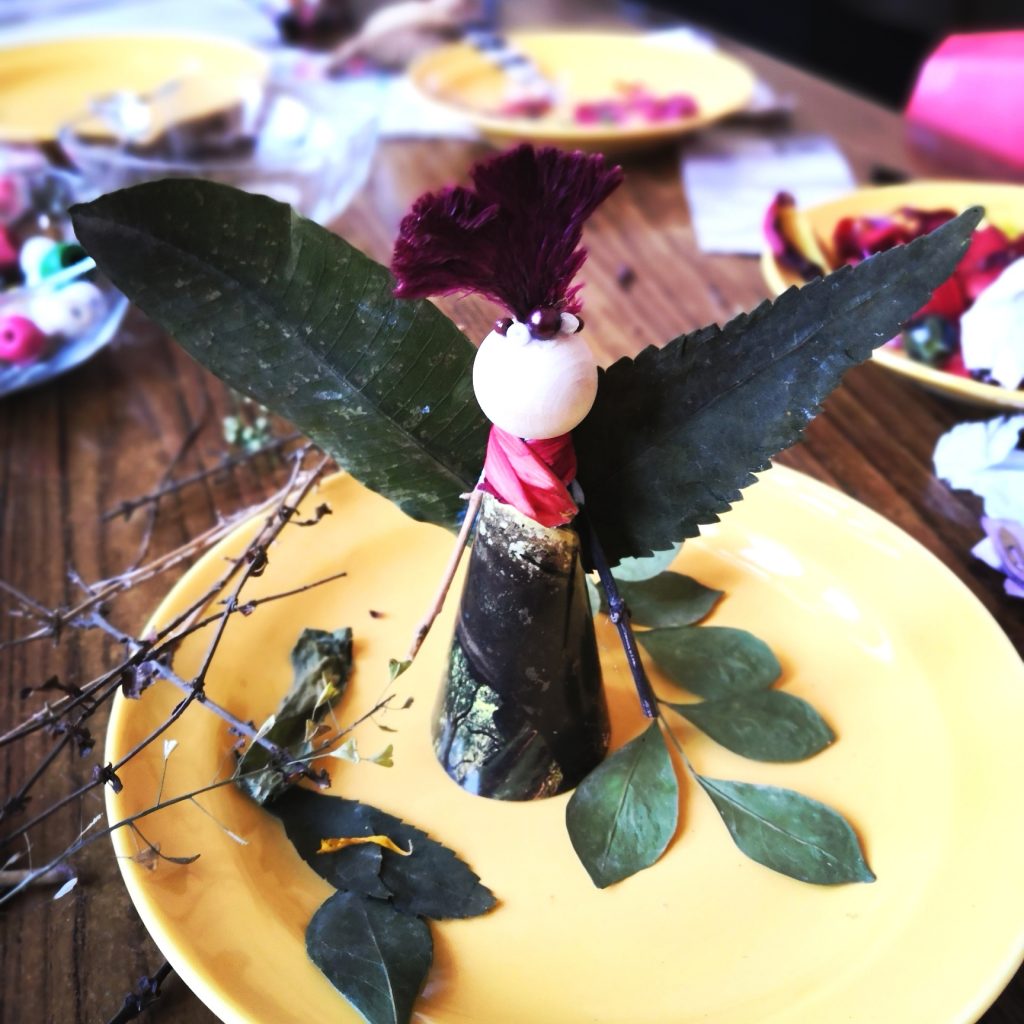
Leaf art
The possibilities are endless here, so I will leave you with several ideas!
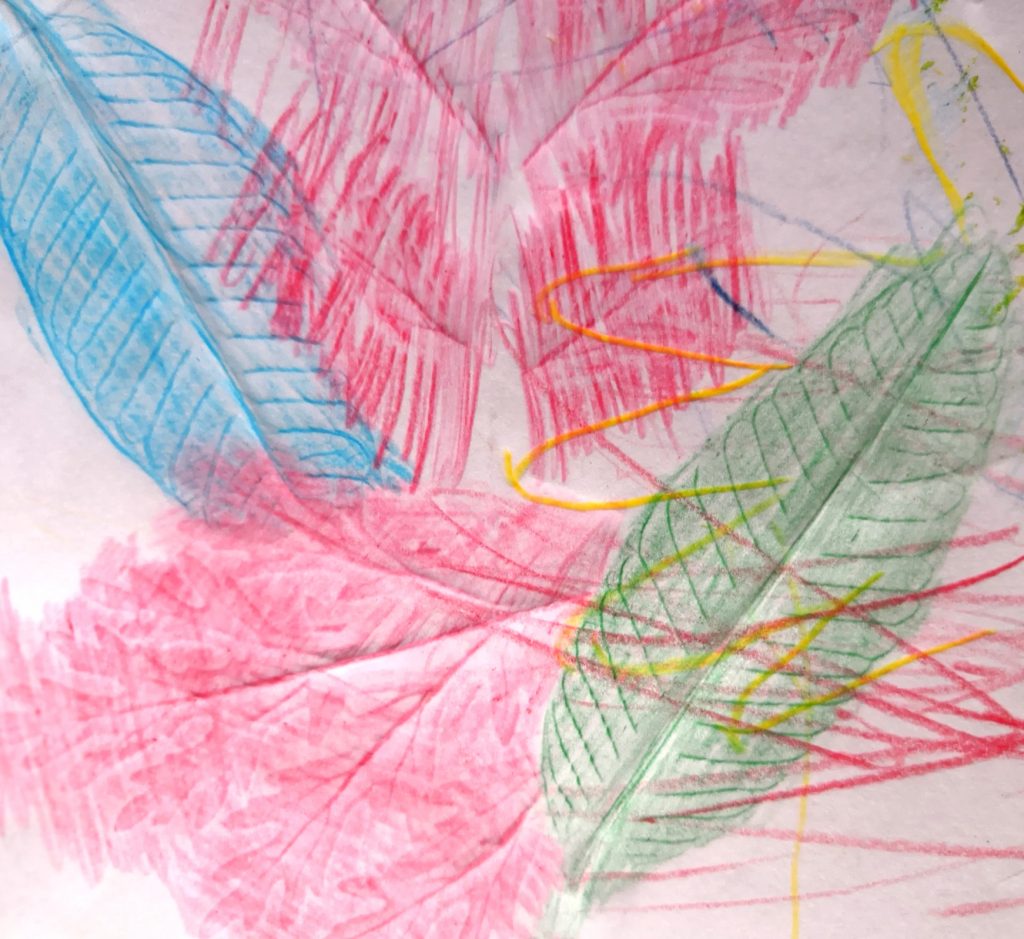
BIG TIP: Keep in mind that, the direction that the child takes the activity may not have much to do with your original intent, and that is OK!
Open-ended means that they can choose how to play with the activity and if you observe their choice, you will learn a little something about what their interest is! Plus, simply seeing the letters around them in many ways and repetitively will develop an interest that they will eventually pursue. Enjoy!
Recycling Blocks to add to the fun
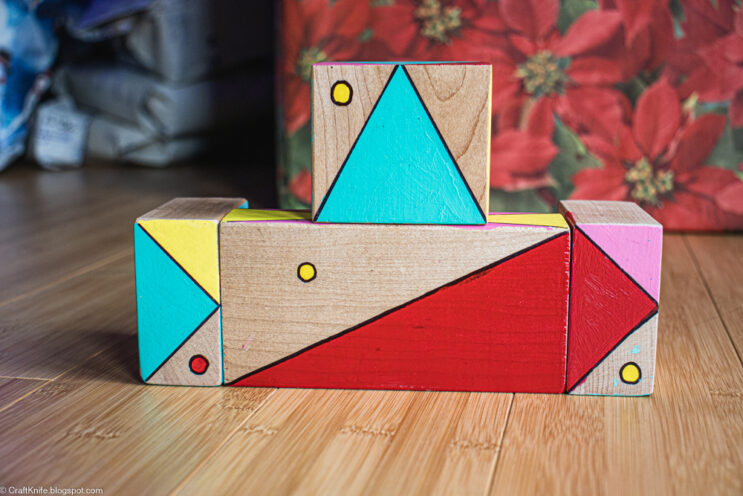
The most versatile children’s toy is also a toy that has infinite possibilities for loose parts play. There are so many ways to create your own building block sets, so many ways to embellish old or thrifted wood block sets to make them playable in an all-new way, and so many ways to upcycle wood blocks so that you can enjoy them in brand-new ways. Here are just a few of my favorites!
Create Your Own Building Blocks
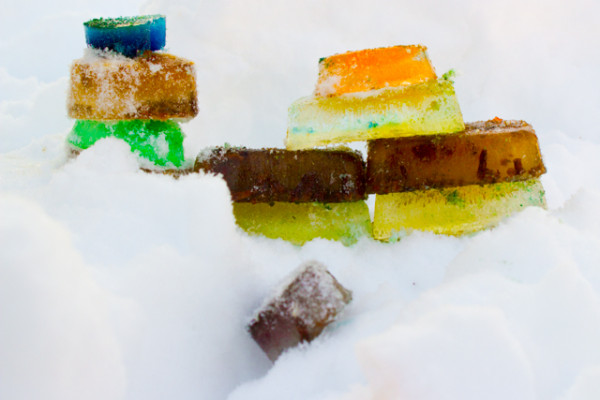
ice blocks. Encourage kids to spend time outdoors in the cold by surprising them with a fun new toy! Use silicone molds or cake pans to freeze a collection of blocks (dye with food coloring for even more fun!). Use milk or juice cartons to create a set of giant blocks for igloo-building!
wooden blocks from scratch. Put your woodworking skills–and those fancy tools!–to good use.
DIY Tetris. Technically you’re not making these from scratch, but you are turning them into a completely new type of block. Haven’t you always wanted to play real-world Tetris?
rainbow square. While you have the cubes out, also DIY this set of blocks that are good for puzzling, patterning, and stacking.
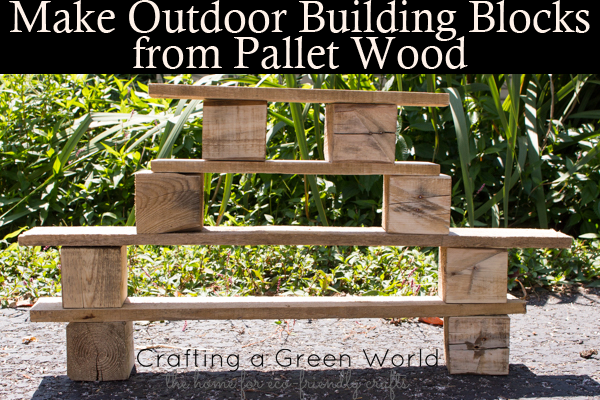
pallet wood building blocks. Yes, I know pallet wood is pretty gross, so don’t let your kids lick it or anything, but there is no better large outdoor toy than a big set of pallet wood building blocks. These blocks are especially fun in a sandbox or the dirt area where the kids play with their toy trucks.
pyramid blocks. These are extraordinary blocks that any kid would be thrilled to receive.
interlocking blocks. The notches cut into these blocks allow them to be connected in gravity-defying ways.
giant interlocking blocks. Let the fort-building begin!
giant Jenga. Just… please be careful when these inevitably fall. They are REALLY big!
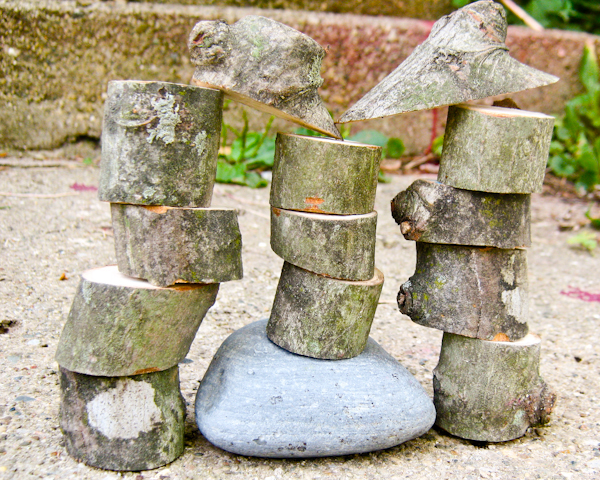
tree blocks. Tree blocks are the natural alternative to pallet wood blocks. You can even take them inside! Take extra care to cut the flat sides of these blocks nice and parallel.
baking soda blocks. These sculpted blocks would be a great addition to small world play.
stacker. DIY the ultimate in baby toys!
soft blocks. If your baby can’t be trusted with wood just yet, here’s a set of soft blocks to sew.
Embellish Blocks to Make New Ways to Play
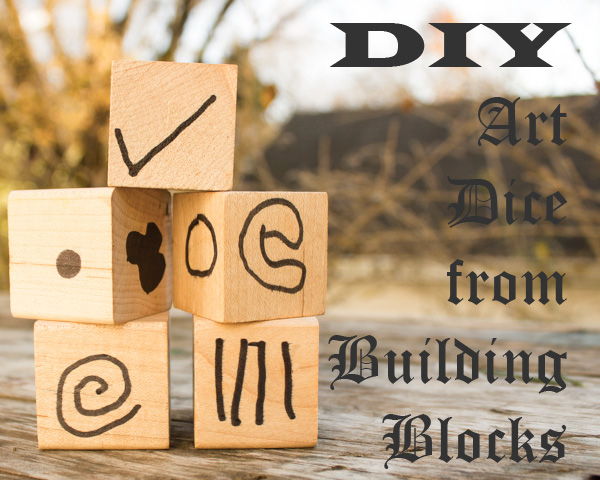
art dice. Embellish wooden cubes with simple shapes, colors, or scenes, then roll them to tell you what kind of picture you’re going to draw! Or, substitute the art with story prompts, numbers, or anything else that it’s fun to combine and be inspired by.
architecture blocks. Got a little city planner in your family? Thrill them with these hand-design architecture embellishments on their blocks. For added interest, create local landmarks or national ones like the Eiffel Tower or Great Pyramid of Giza.
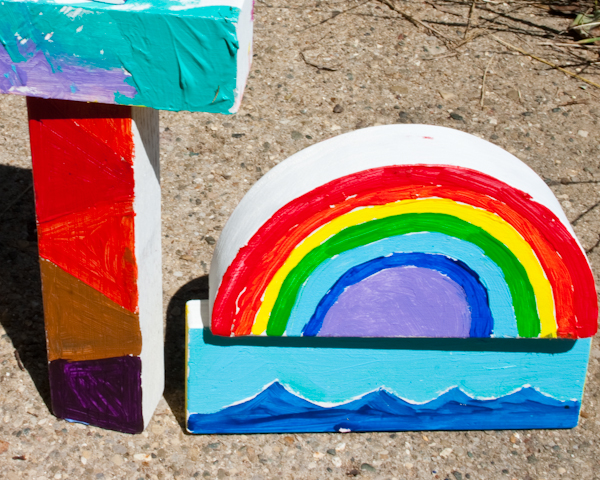
art blocks. Hand your kids the paint and let them create their own fantasy blocks for imaginative play. They’ll love incorporating their own art into their scenarios!
snap blocks. Adding a set of snaps to ordinary building blocks makes them into an all-new building experience.
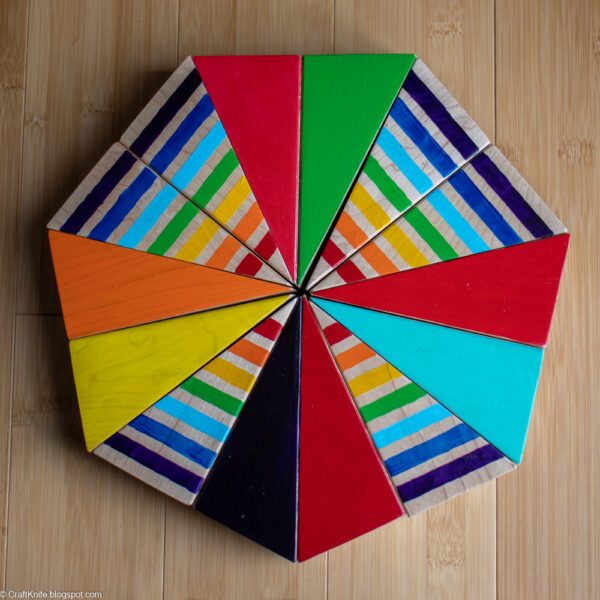
painted blocks. While art blocks are a way for kids to create their own blocks for fantasy play, these painted blocks allow you to thoughtfully design a new experience. You can make blocks that teach colors, include architecture elements or animals, illustrate the animals of the world–your imagination is the only limit!
color gradient blocks. Here’s how to paint blocks to represent a full color gradient. Ordering by color is an excellent way to improve one’s visual discernment and pattern recognition.
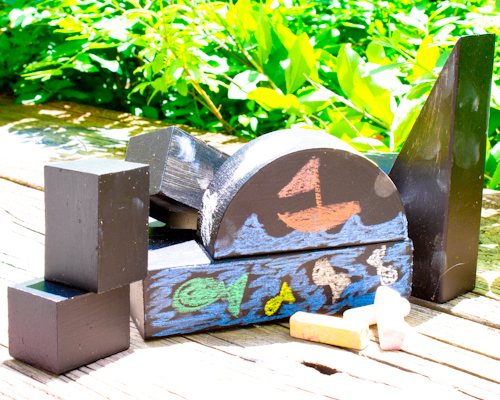
chalkboard blocks. Sand some larger blocks very smooth, then cover with chalkboard paint. Kids will LOVE creating their own scenes with chalk!
image transfers. Use Mod Podge to transfer fun images to building blocks without decoupage.
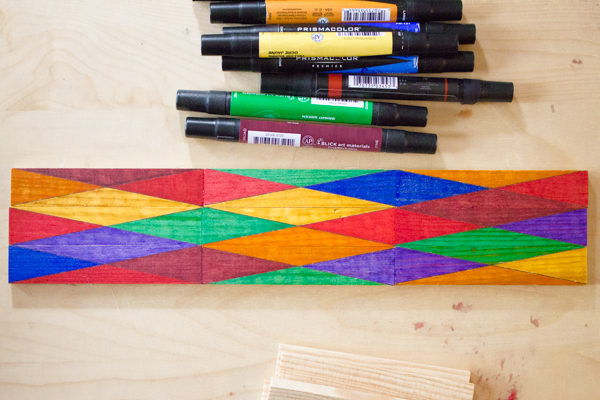
puzzle blocks. This project works best with flat blocks like Kapla or Jenga. Make your puzzle fun, or use it to teach spelling or shapes.
sand blocks. Here’s another good use for those Kapla and Jenga blocks!
pattern blocks. For more open-ended puzzling, draw a simple pattern that kids can repeat or riff on endlessly while they play.
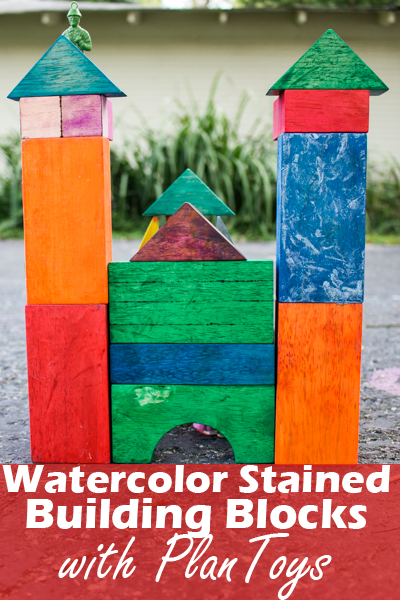
watercolor-stained building blocks. Liquid watercolor is my secret weapon for adding vivid colors to ordinary building blocks. Depending on how a block was cut, each face might take watercolor a little differently. This project is NOT for children who still put things in their mouths!
melted crayon blocks. Add a new art technique to your kid’s skill set by doing crayon and watercolor resist right on heated wooden building blocks.
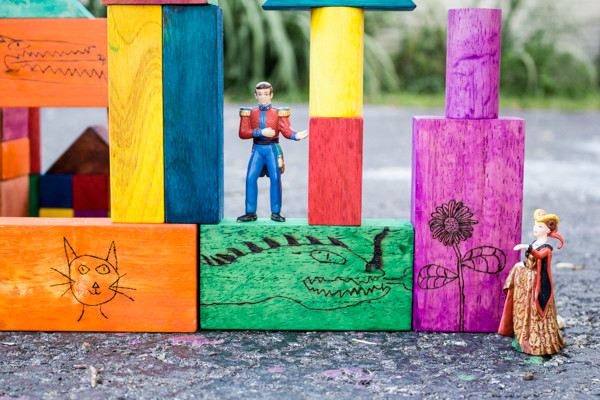
wood-burned blocks. Most building blocks are made from high-quality wood, and they take woodburning like real champs! Design something beautiful on your own, or let the kids have a try. Even younger kids can safely use a woodburner with supervision!
sensory blocks. Oh, your sensory-seeking kid is going to LOVE these.
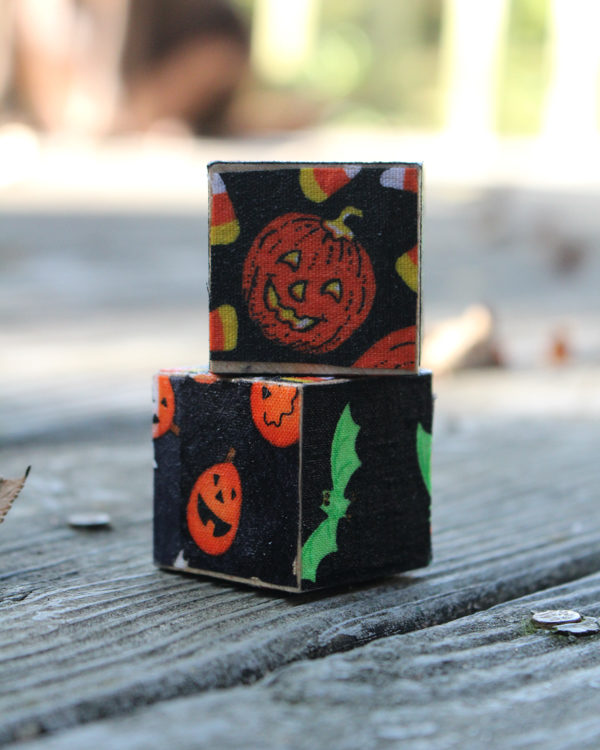
fabric-decoupaged blocks. You could make these kid-friendly, but I think the best use for these fabric-decoupaged blocks is display. They make fun holiday decorations (while, yes, still being workable for stacking!), and fun interior design components when used to show off your favorite fabric prints.
infinity cube. Turn a handful of cubes into the ultimate fidget.
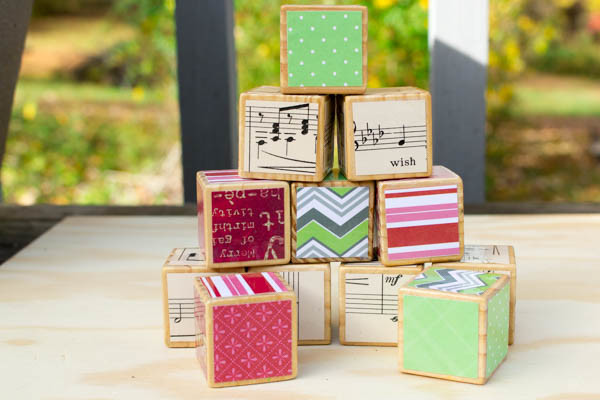
paper-decoupaged blocks. Prefer paper to fabric? There are even more possibilities for paper-decoupaged blocks!
photo cubes. Decoupaging photos is just as simple as decoupaging scrapbook paper.
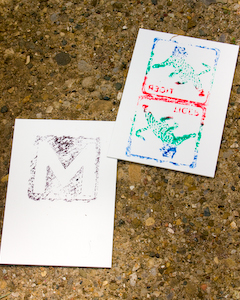
woodblock printing. This is an easy first printing project that works with any type of engraved block. Alphabet blocks are perfect for this!
clock. You could use any size of blocks for this project, but those pallet wood blocks ARE nice and big…
Do you have another great idea for DIYing, embellishing, or upcycling blocks? Tell me about it in the Comments!
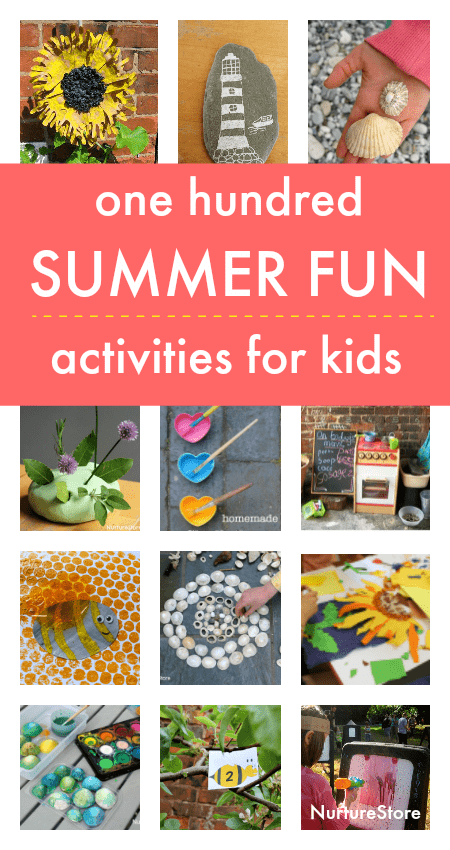
100 fun and easy Nature activities for children!
Our activities ideas celebrate being outdoors, connecting with nature, keeping cool, and enjoying the sensory play of the summer. With inspiration from the seaside, the forest, the plants and animals of the season, and lots and lots of play and creativity, you can have fun with your children all season long.
Click each link or image to see full details of all the summer activities.
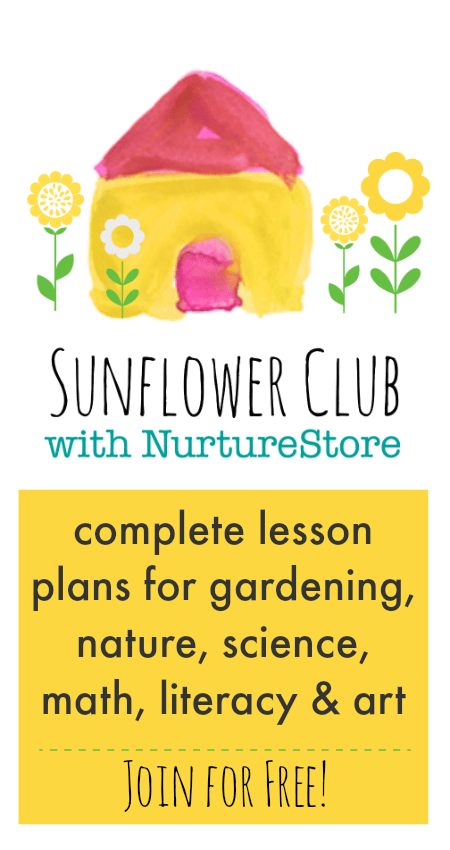
Join the Sunflower Club for art, science, math, literacy and play

Run your own nature Art Camp! I’ll show you how.
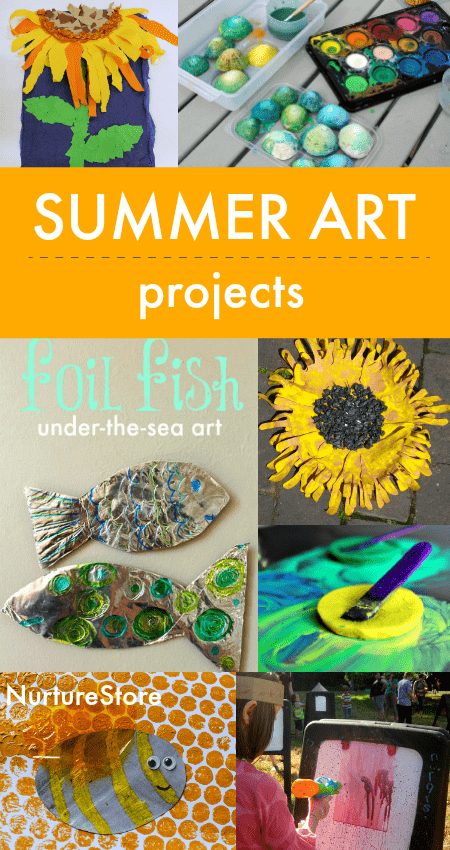
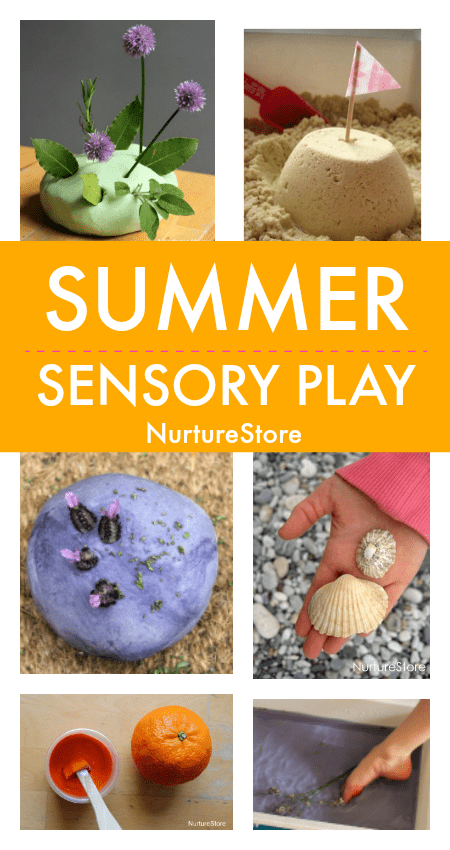
Enjoy these summer sensory play ideas

Celebrate the turning of the year with these summer solstice activities for children.

For three whole months of summer fun try my June activities, July activities and August activities.

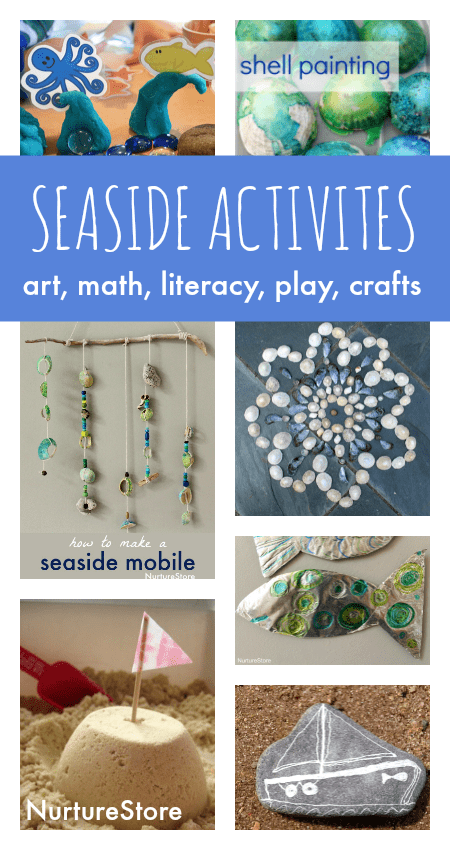
Enjoy seaside themed arts and crafts activities.
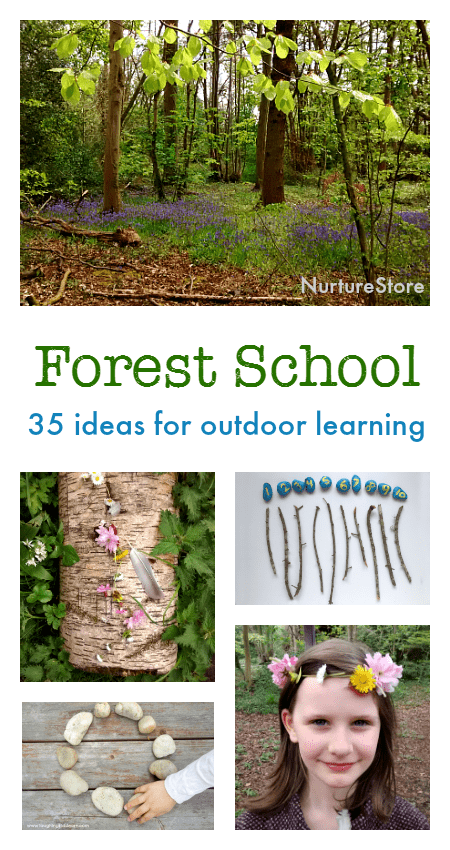
Happy Handmade :: fun projects to make with and for children Read More

